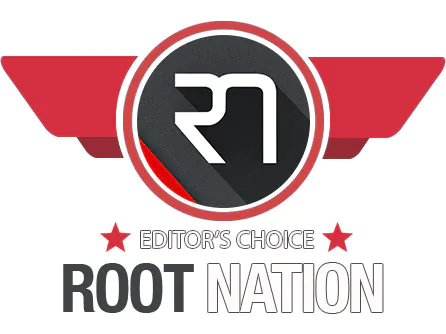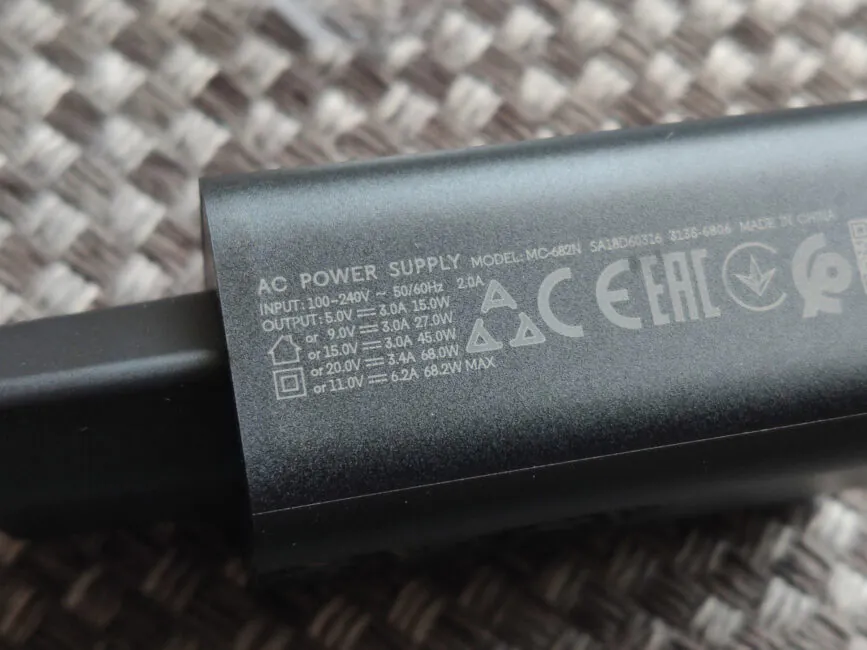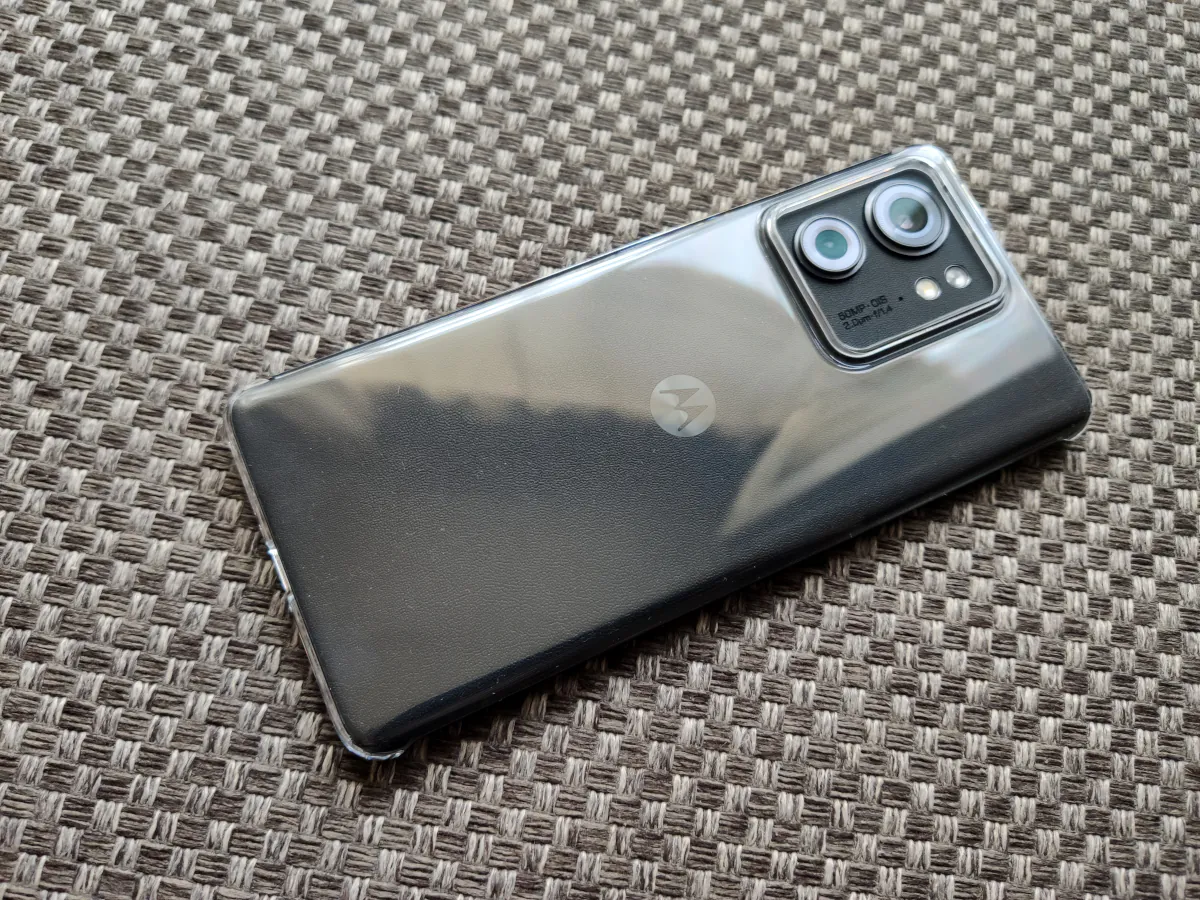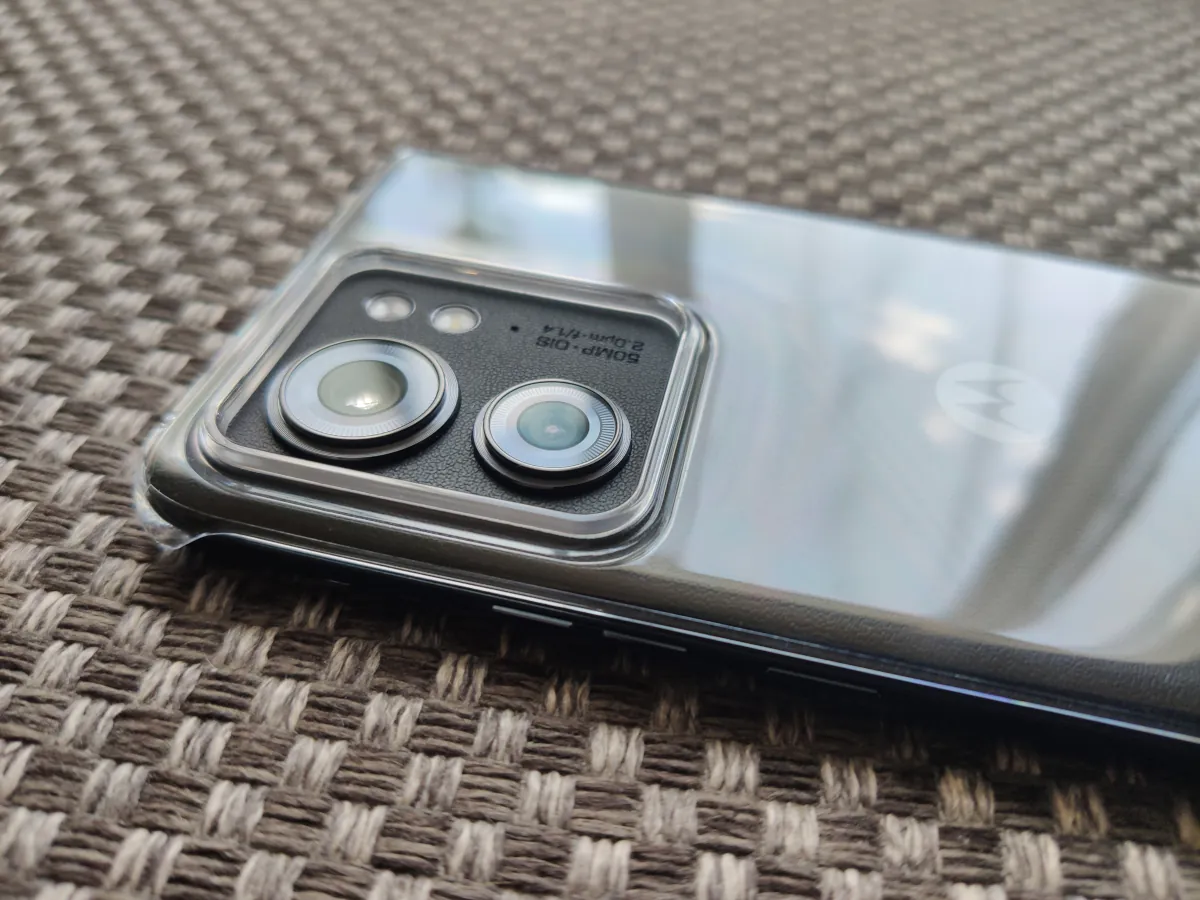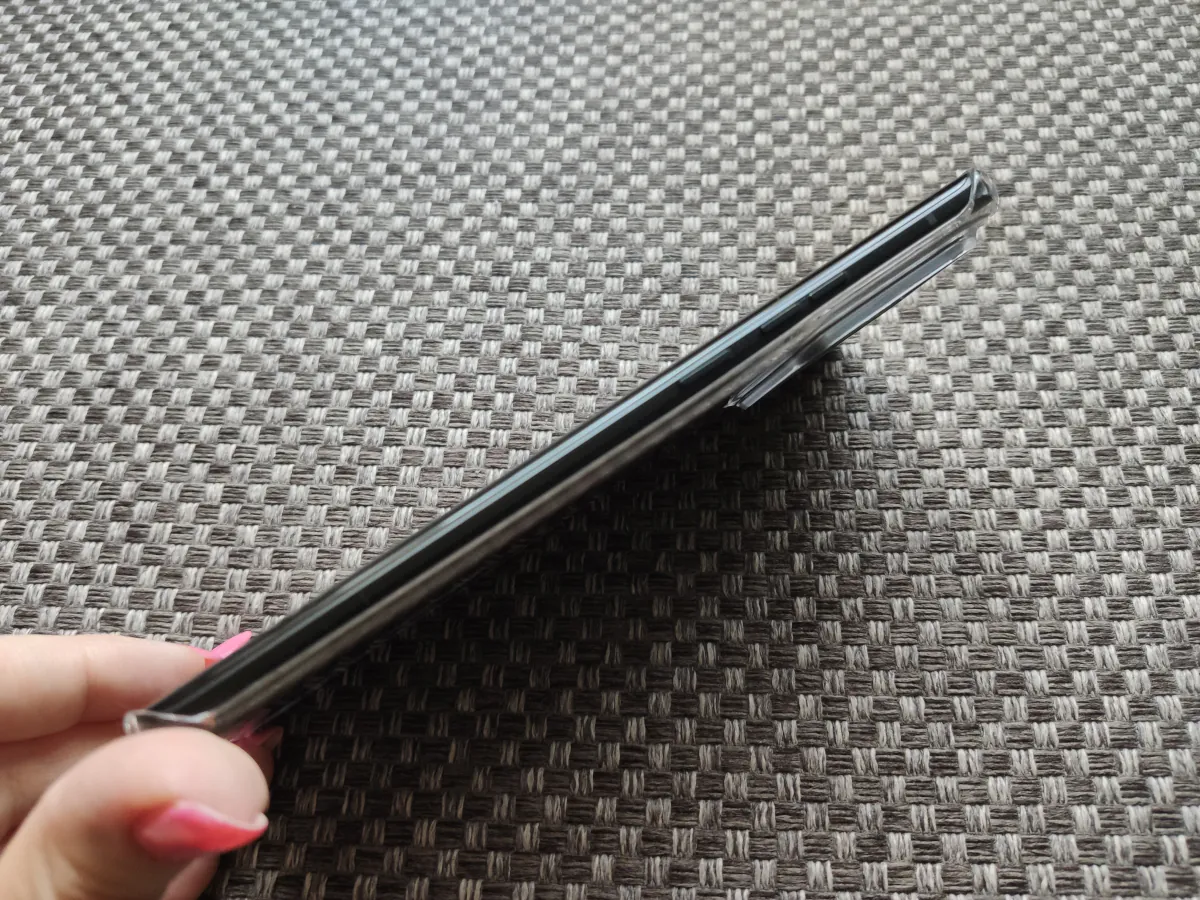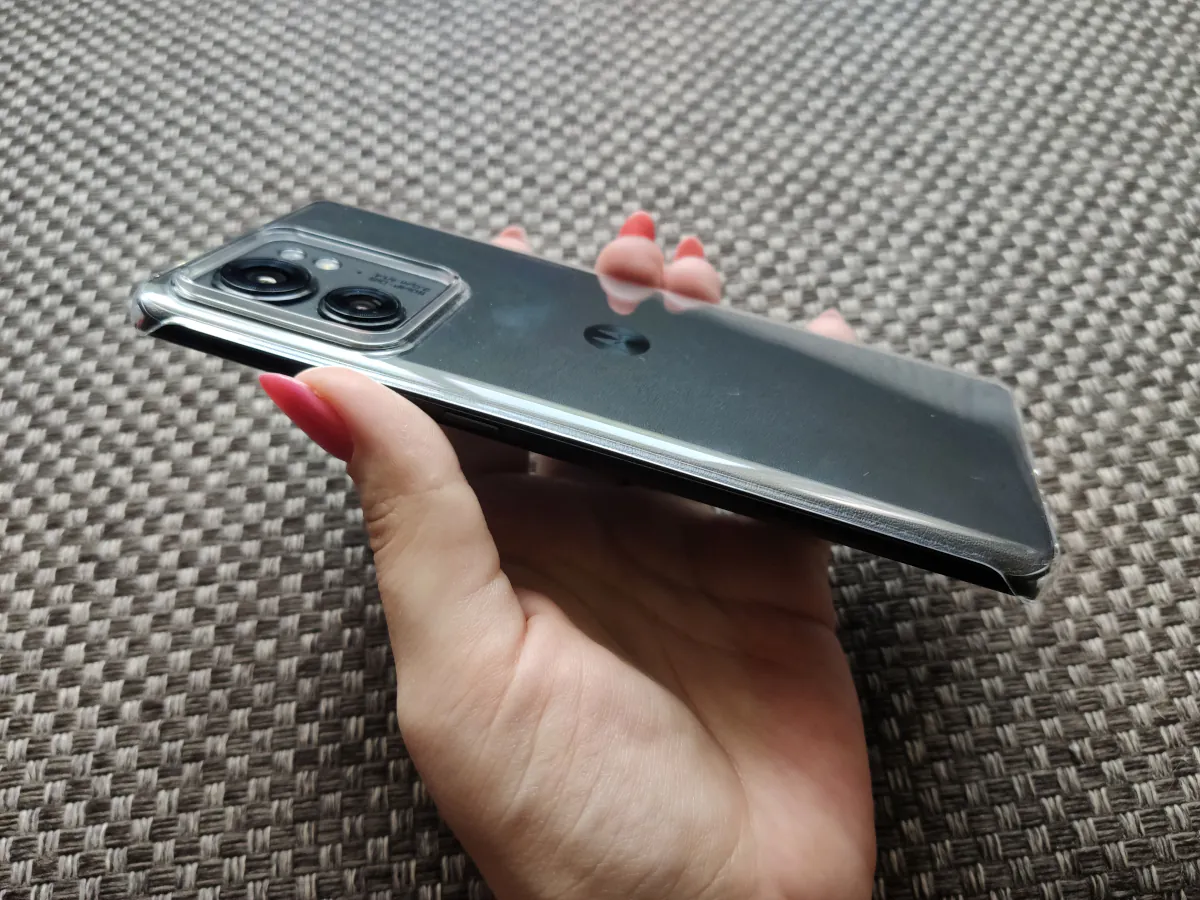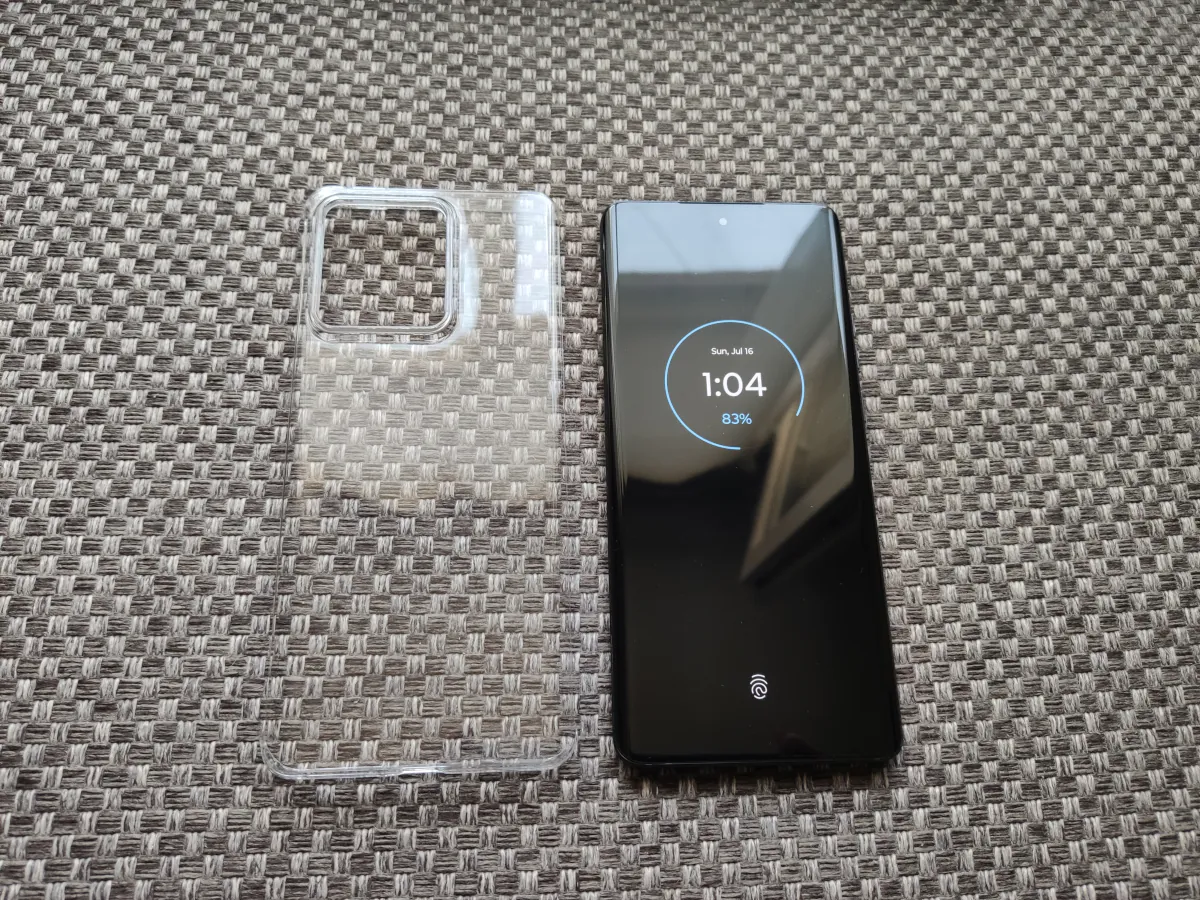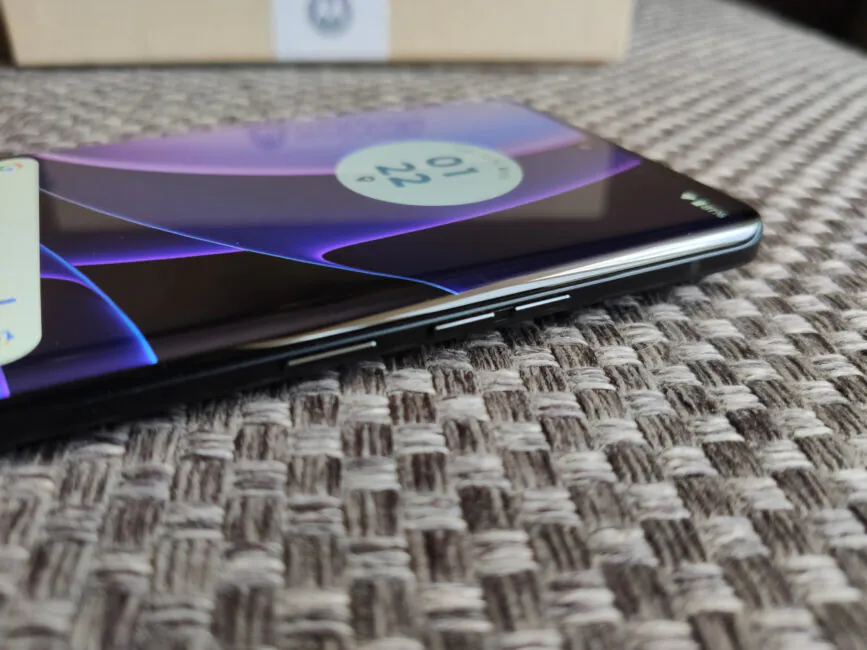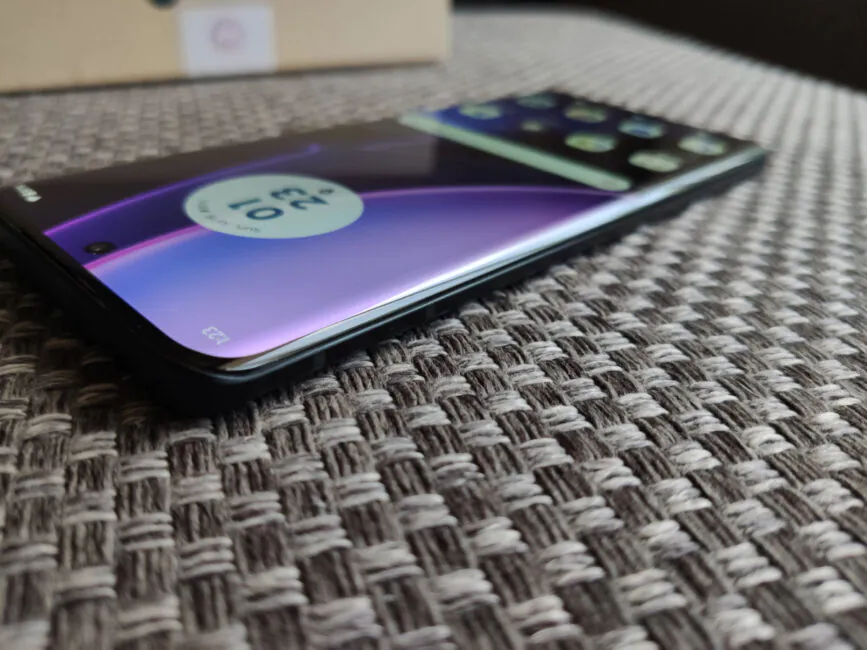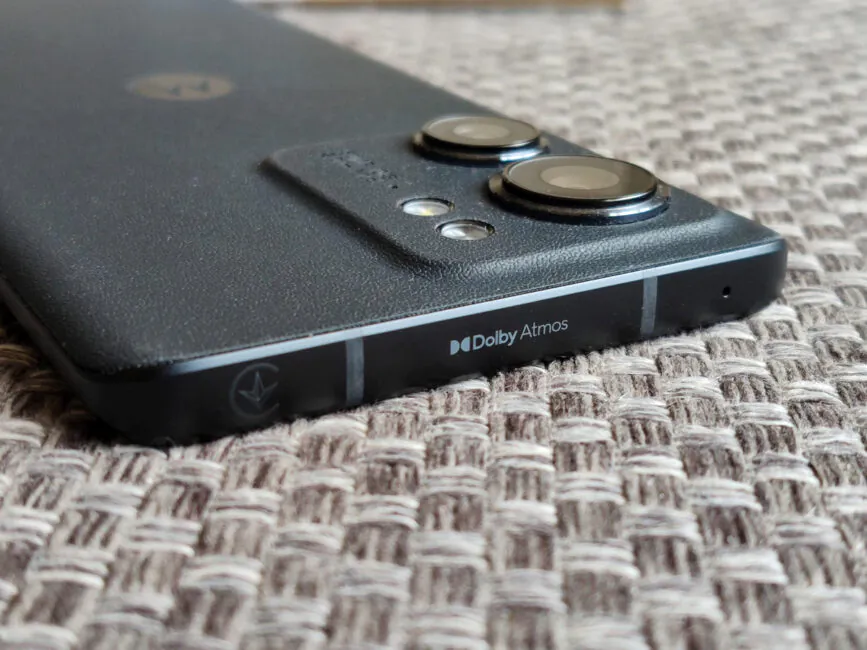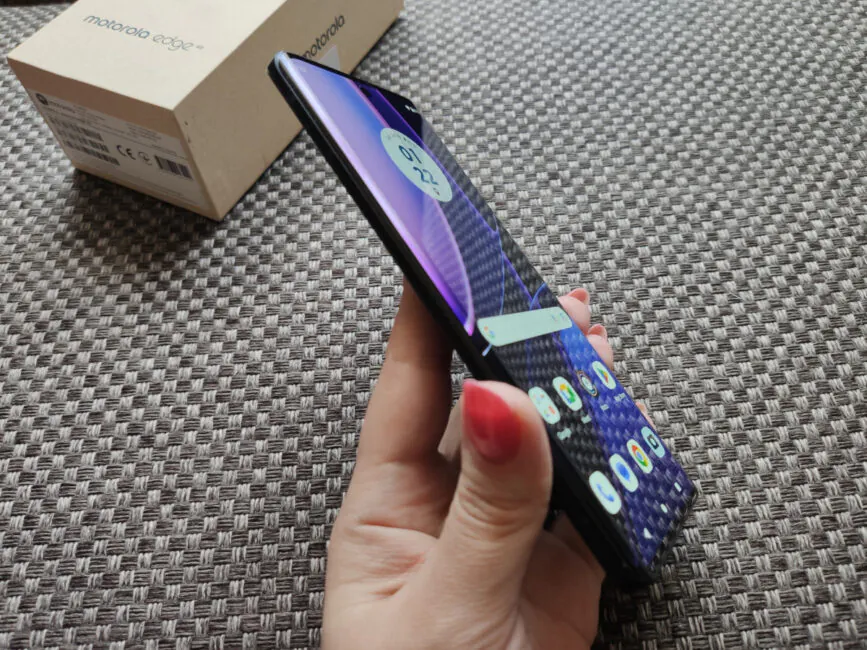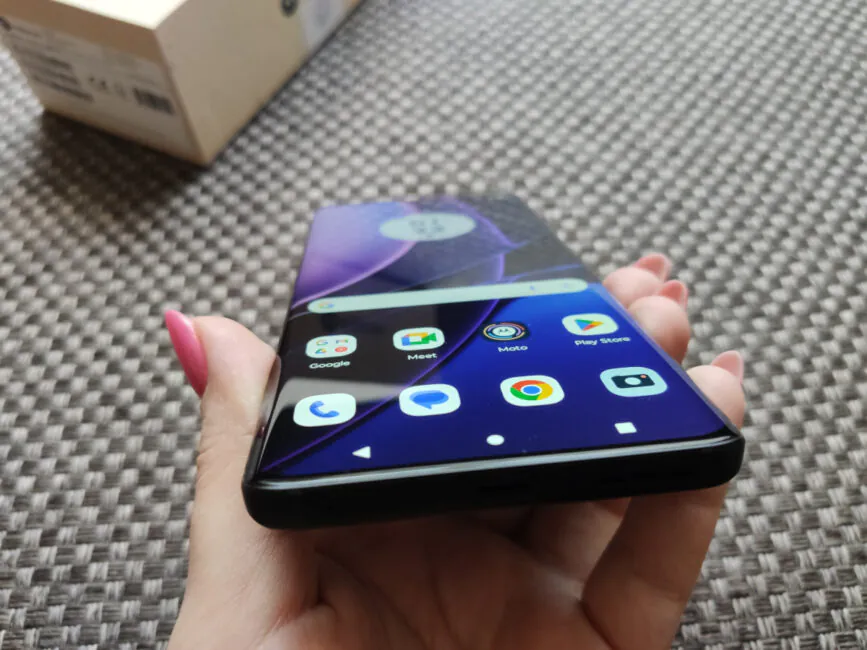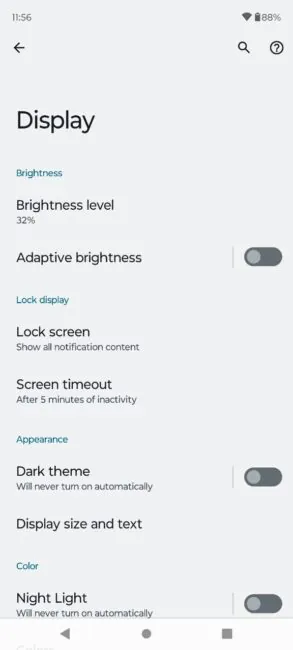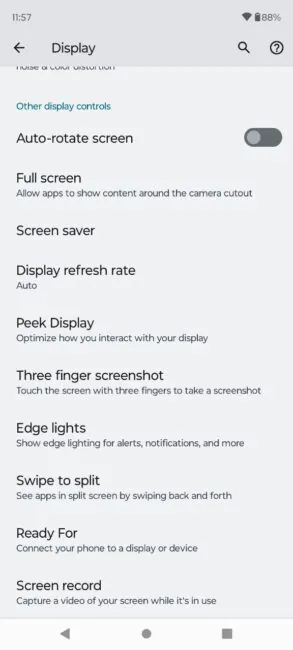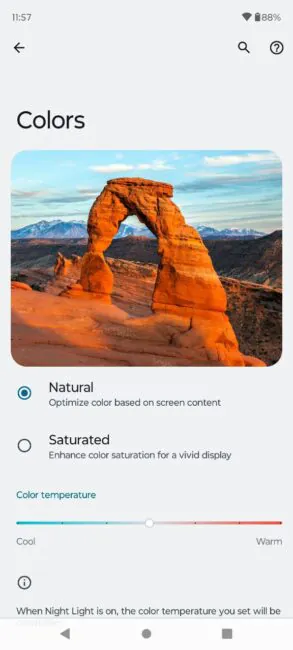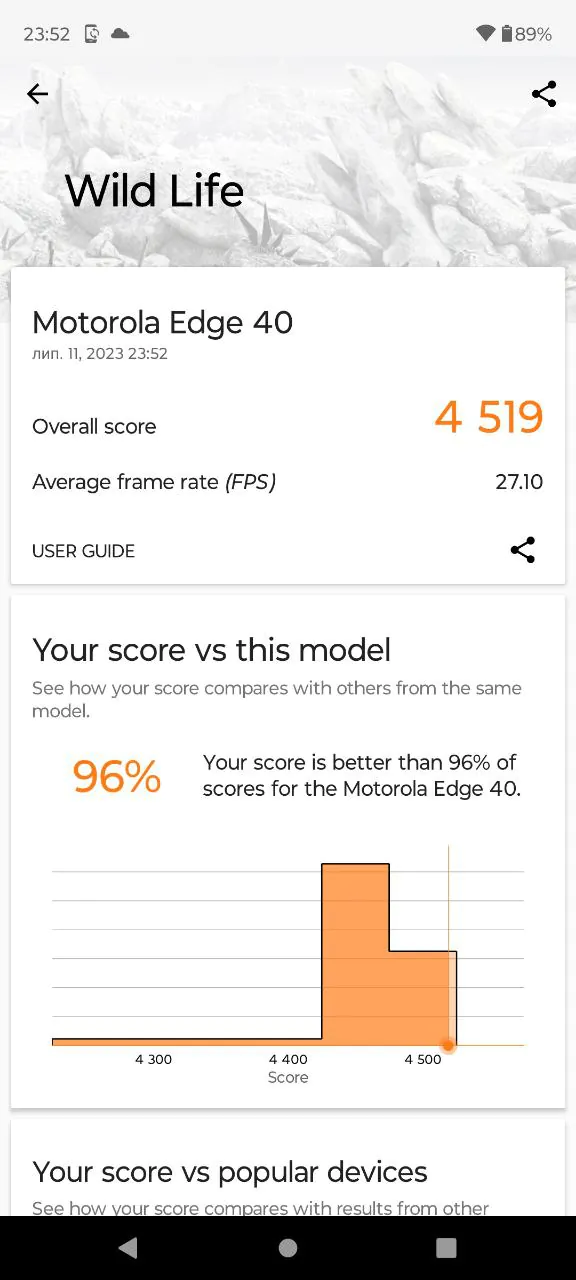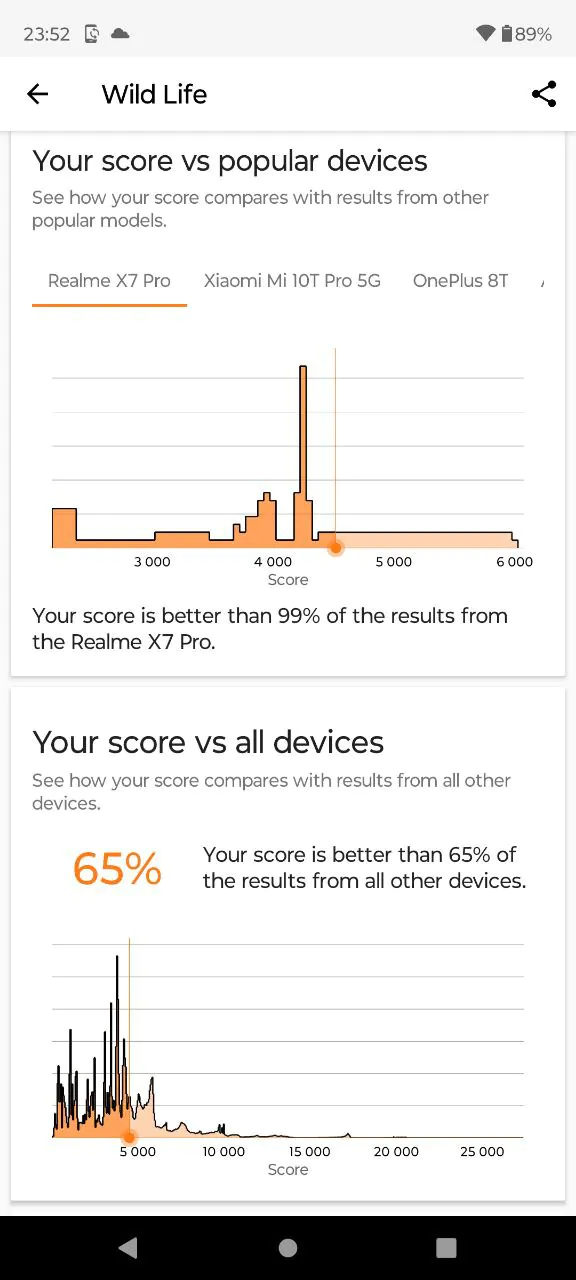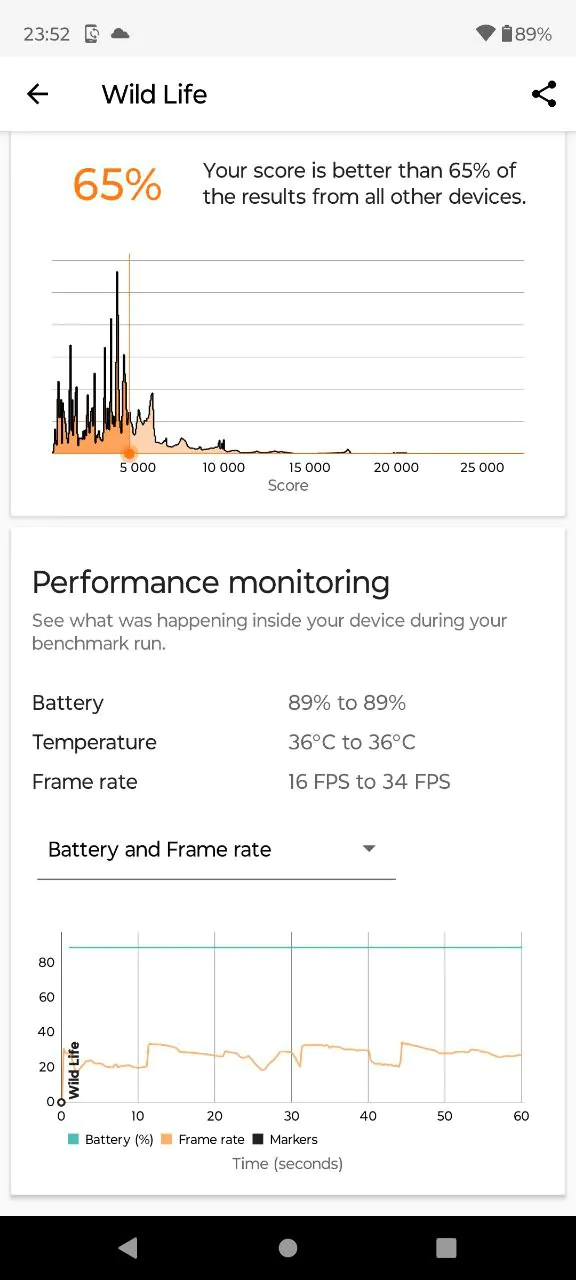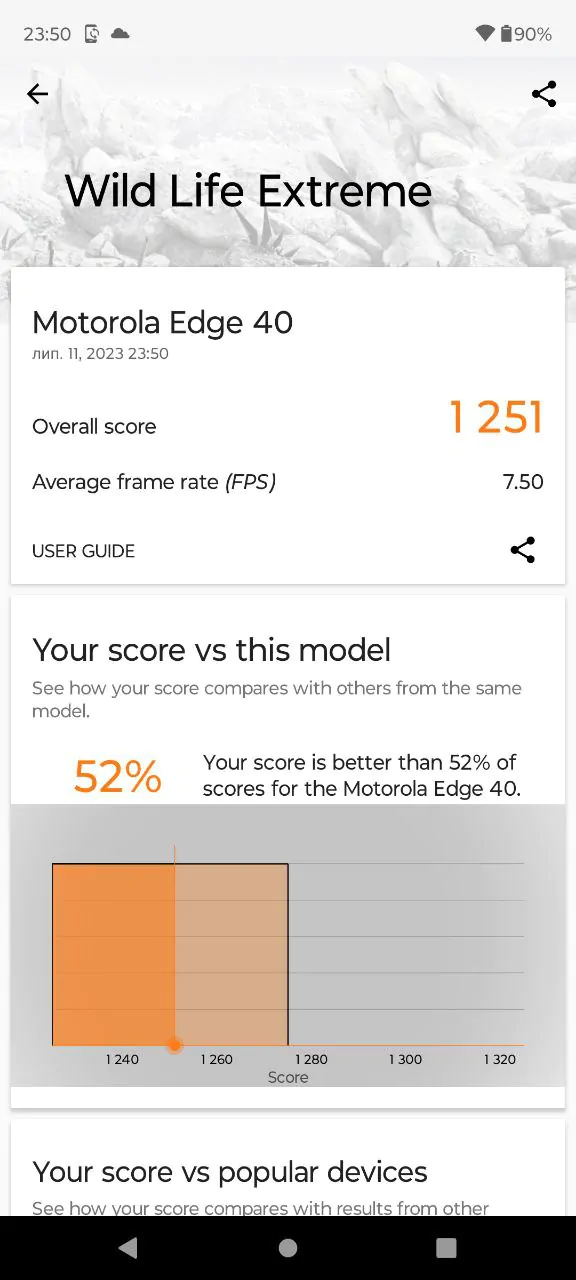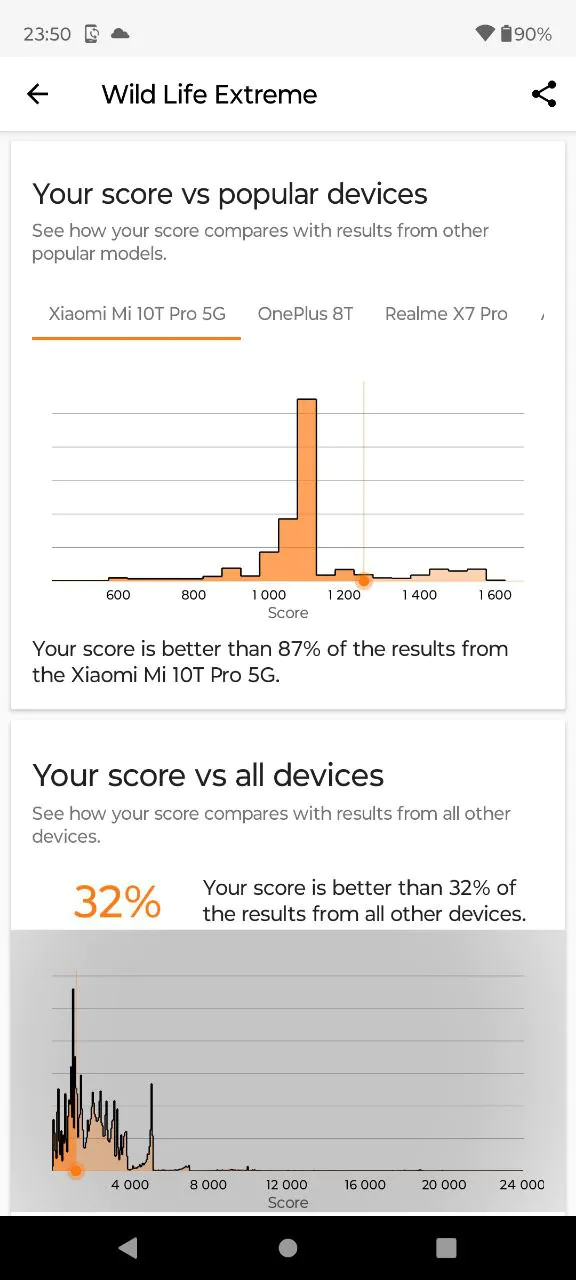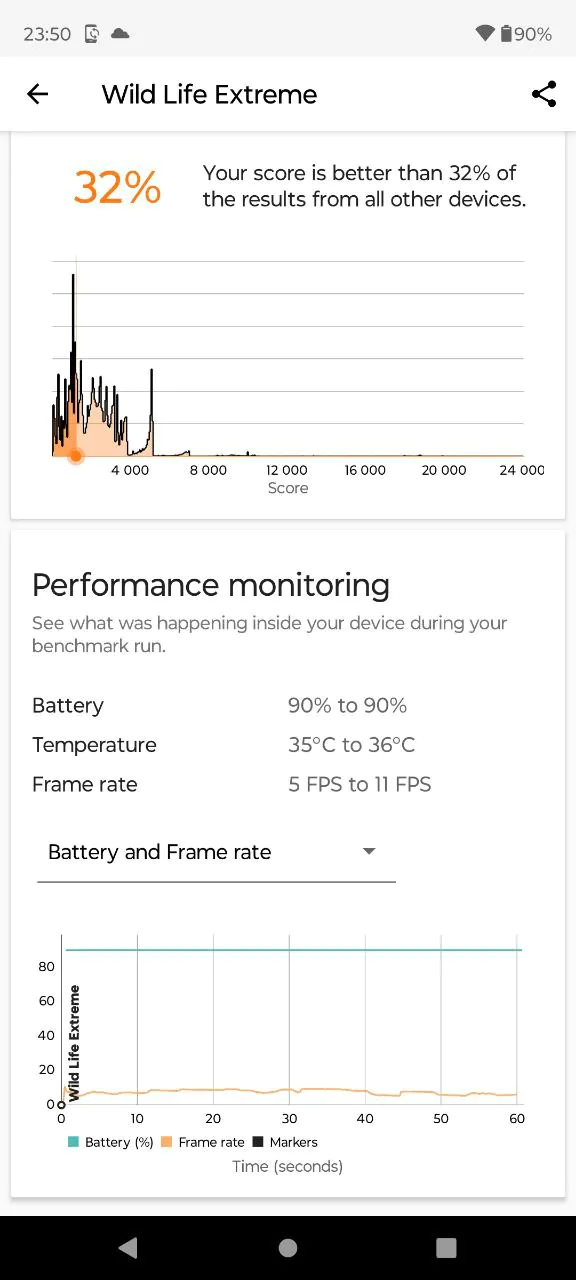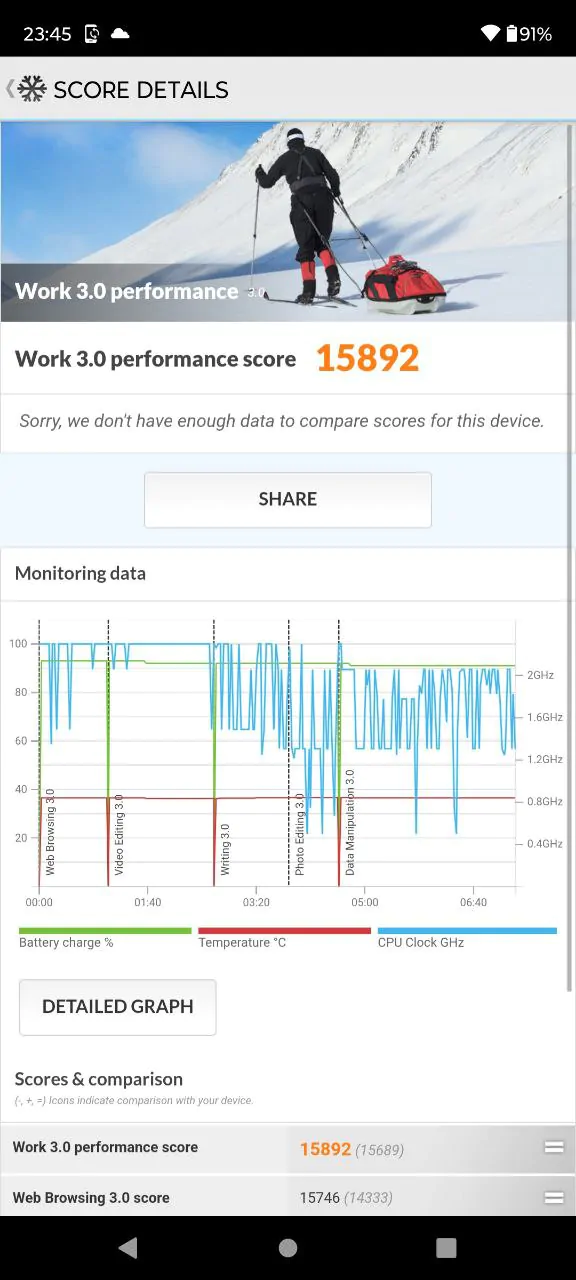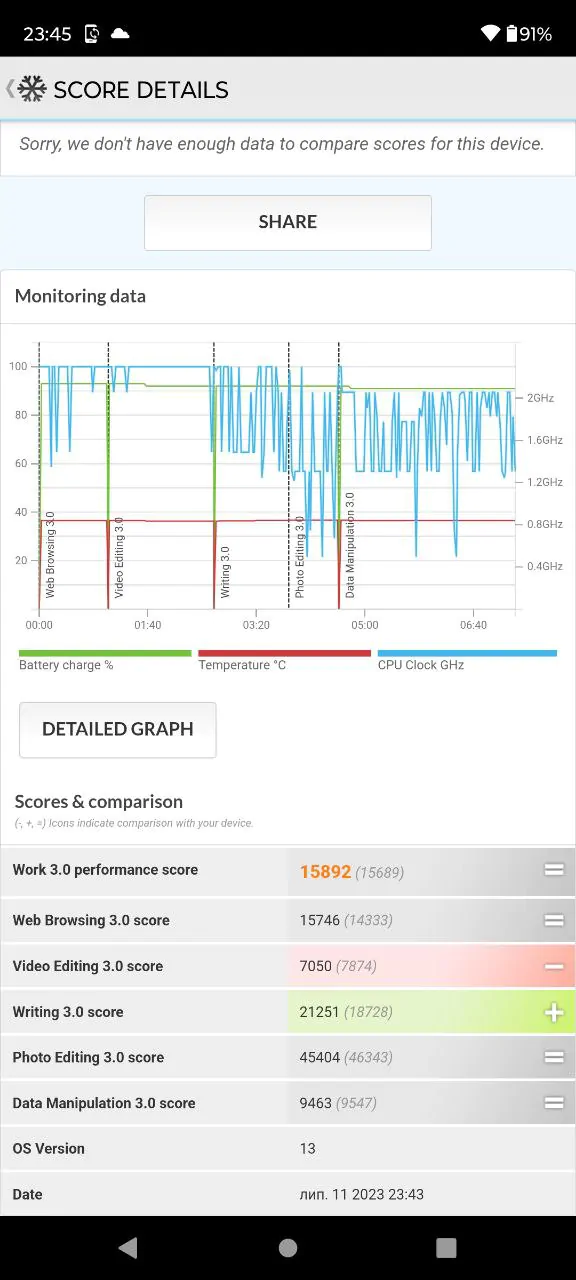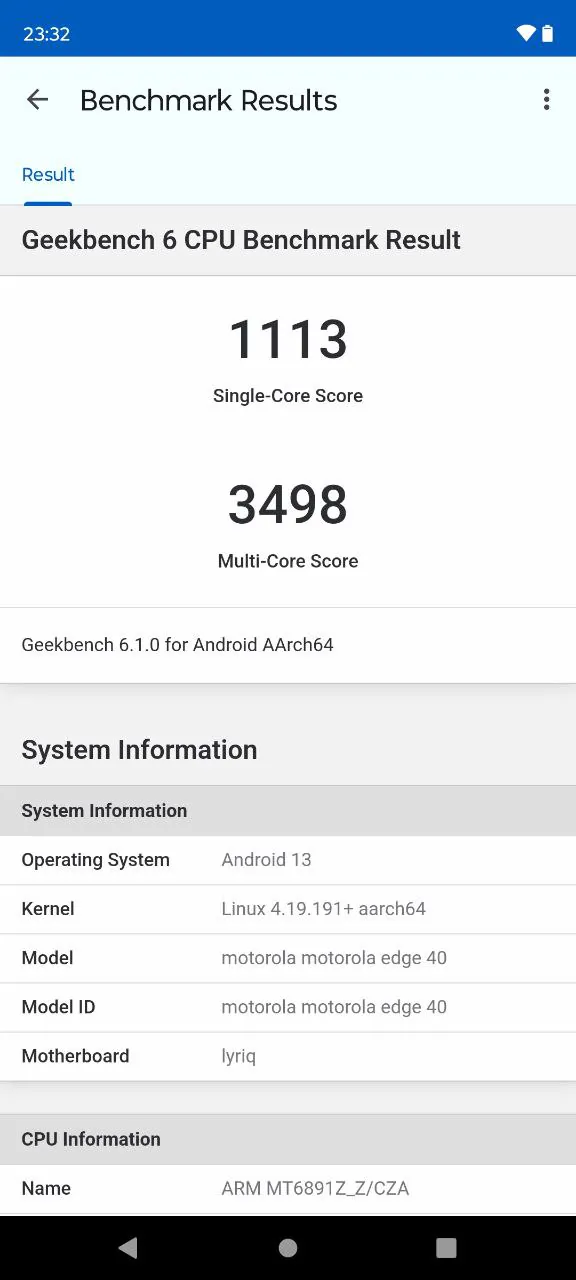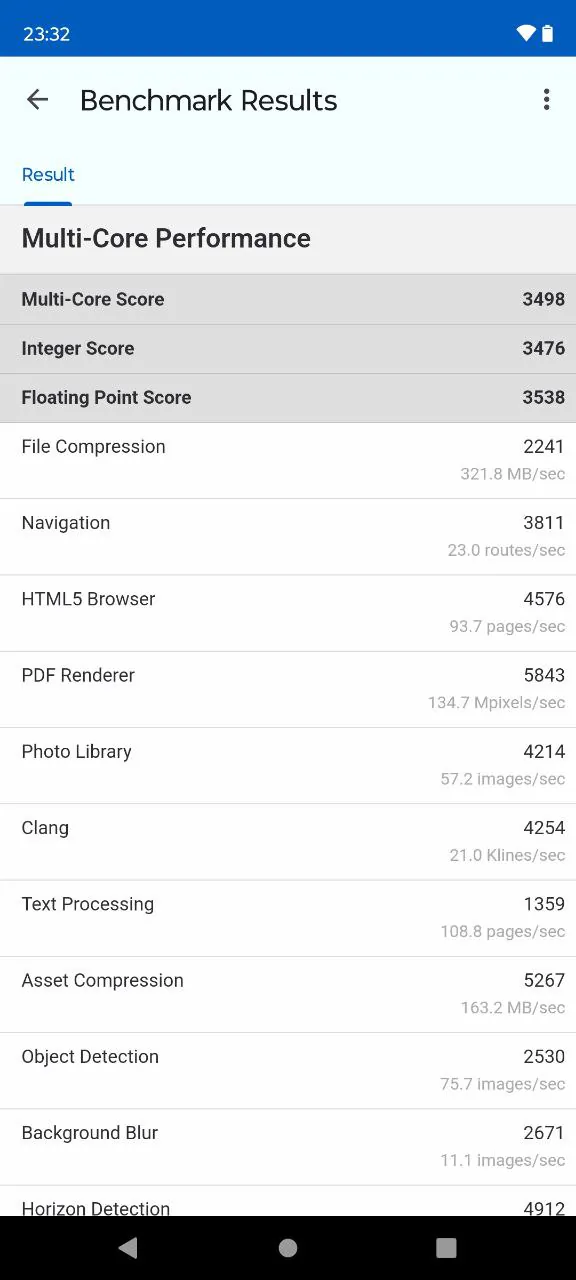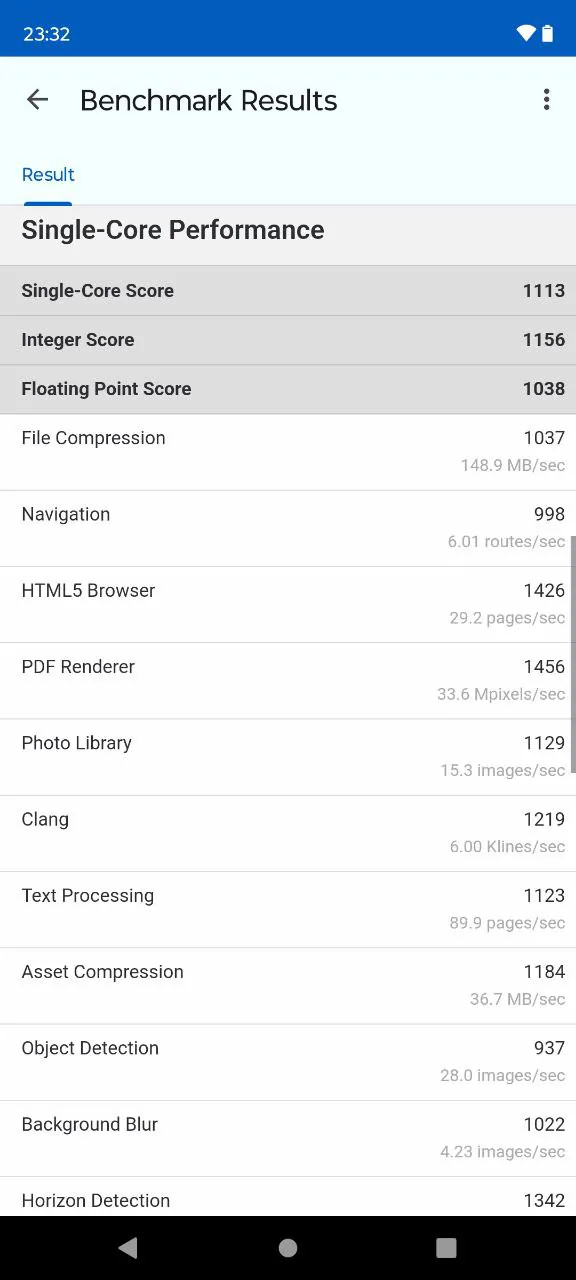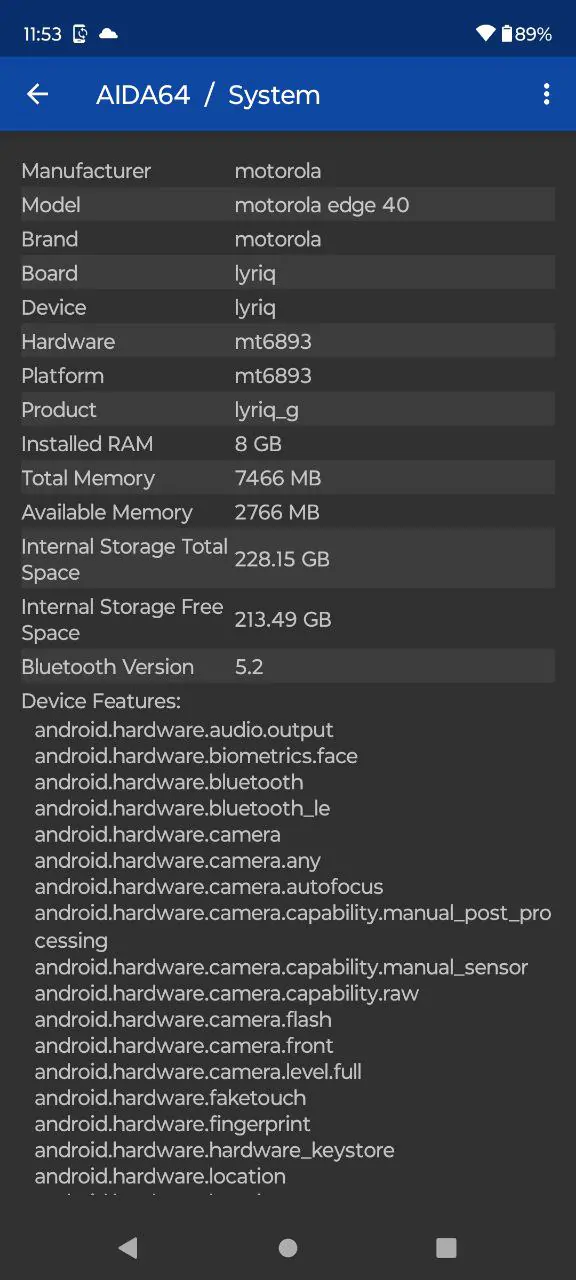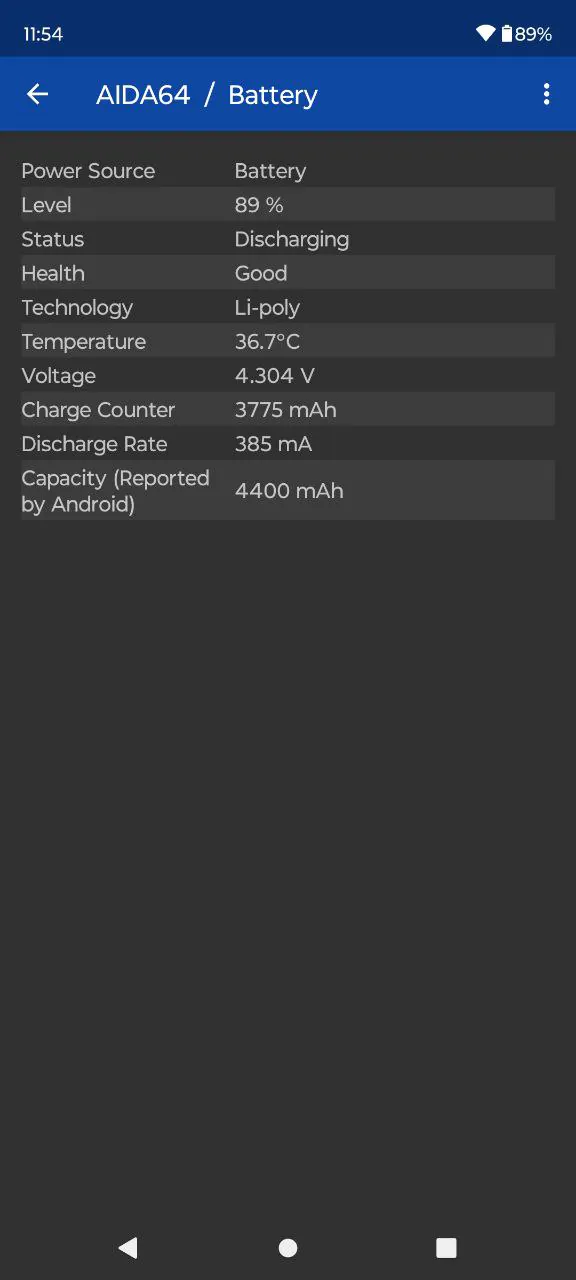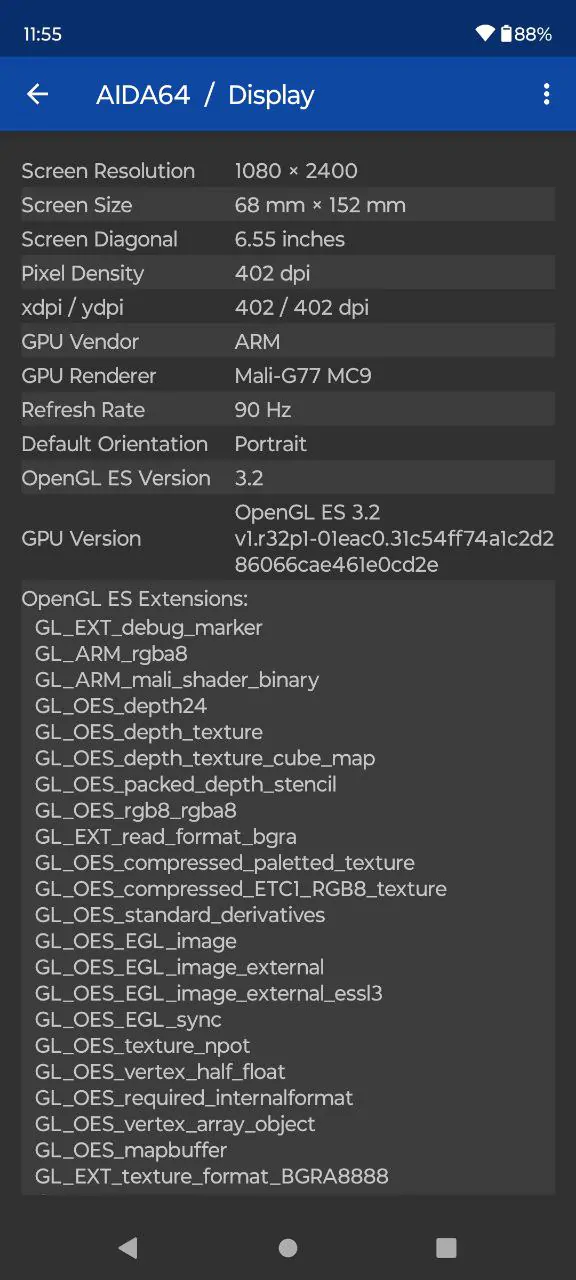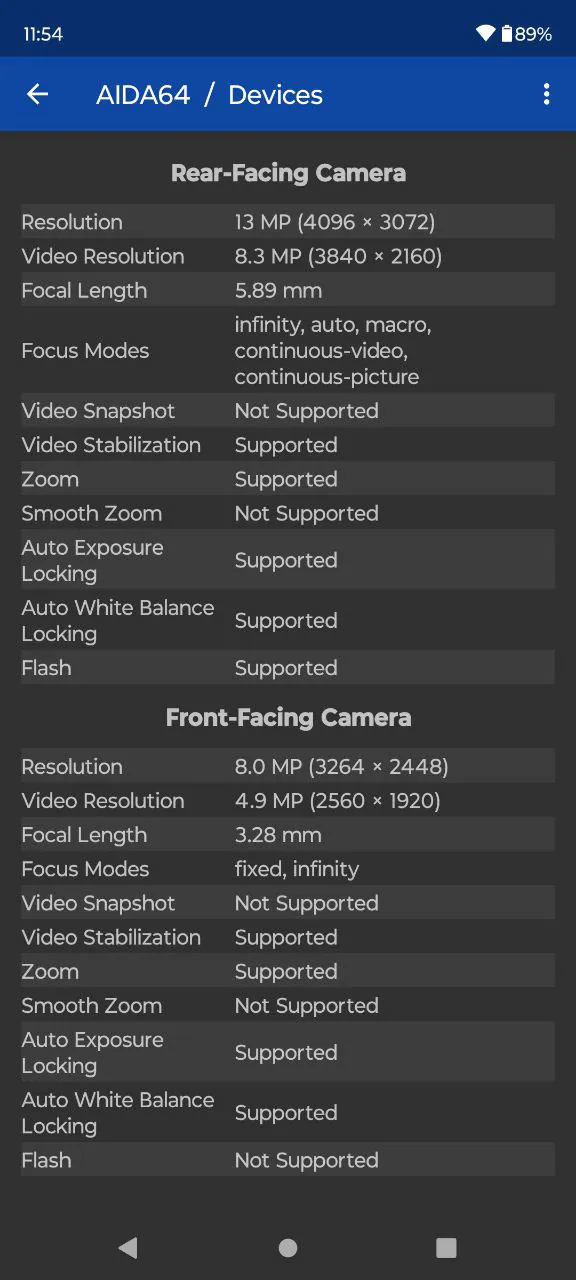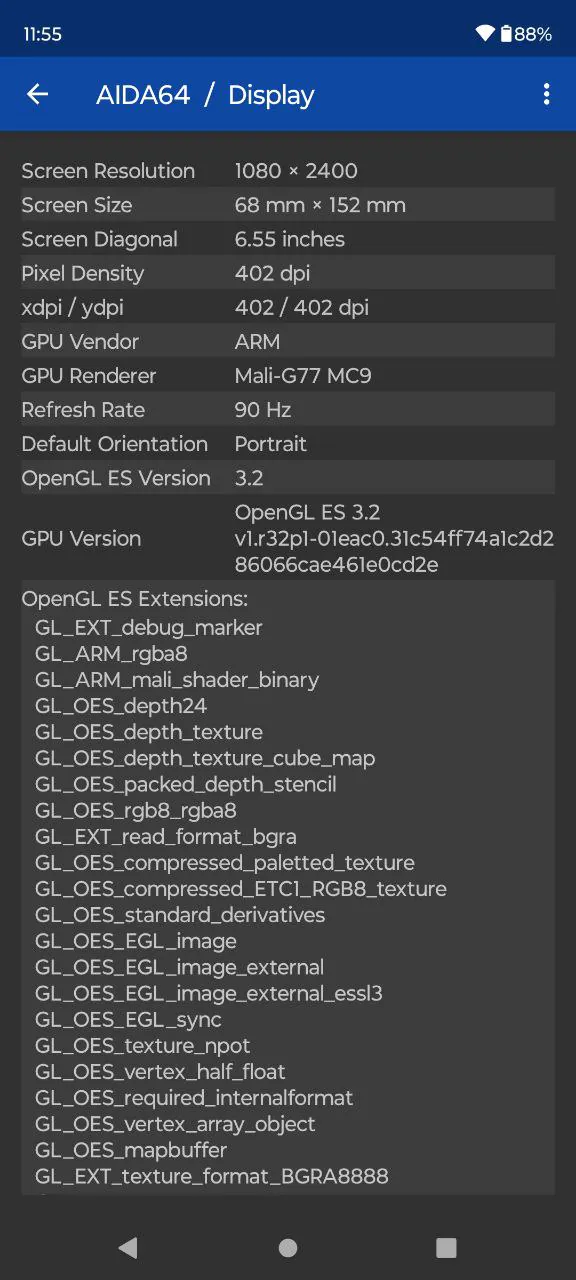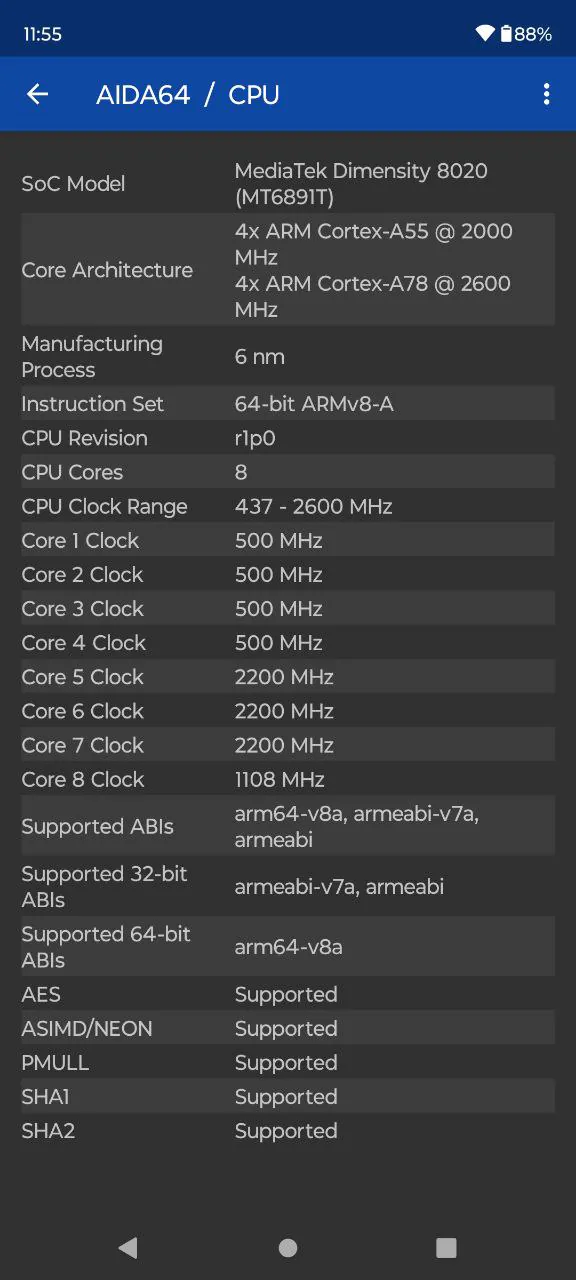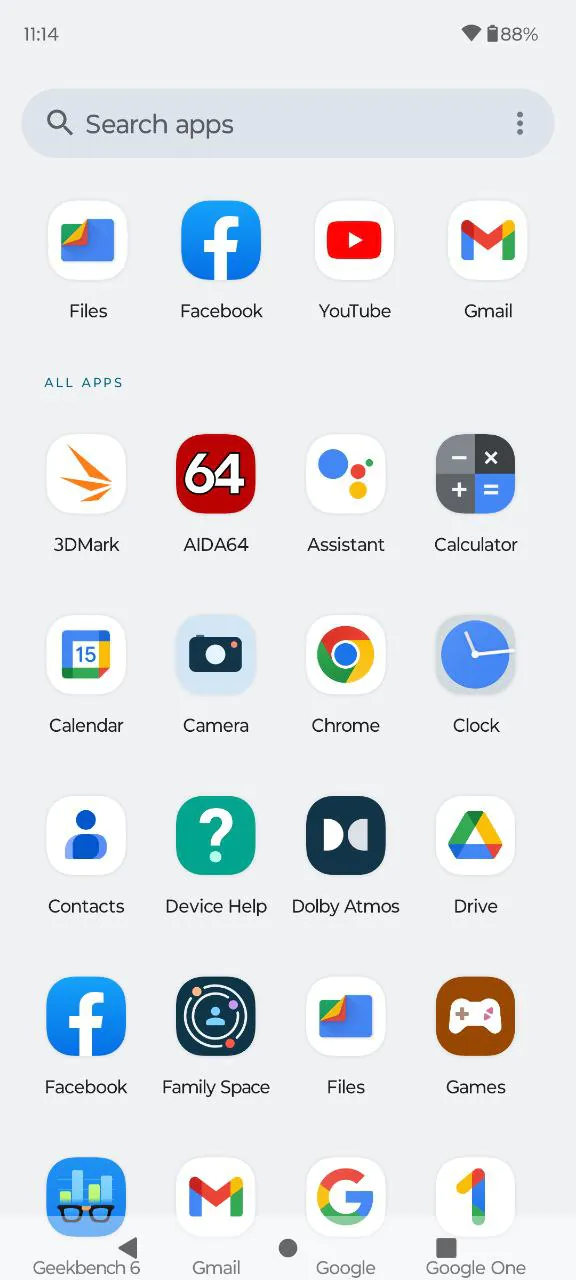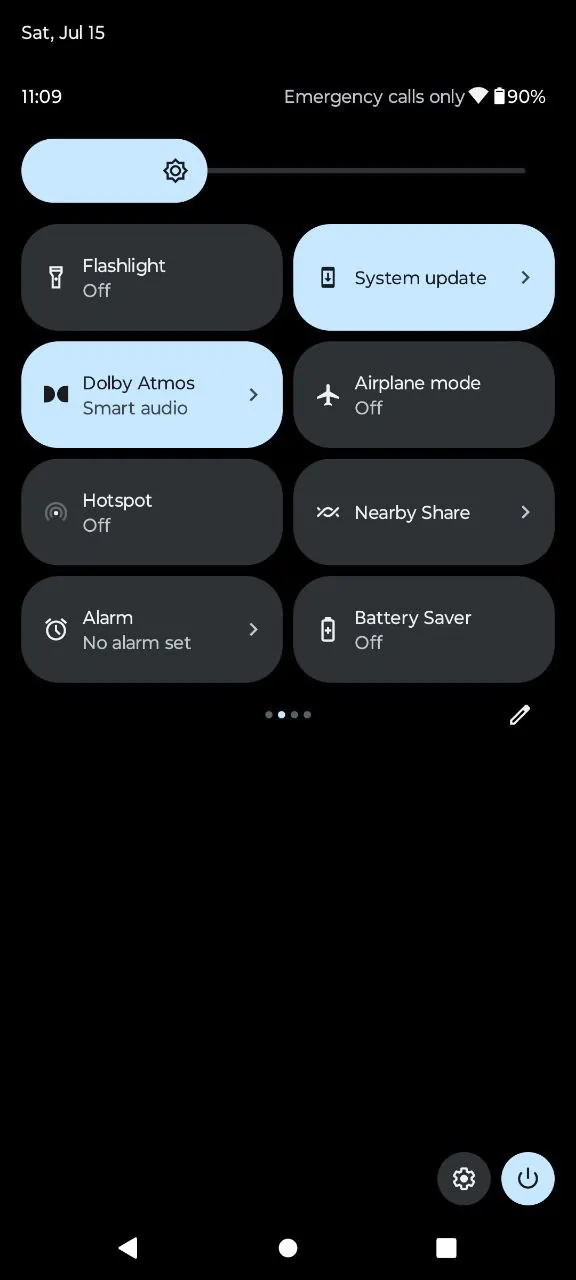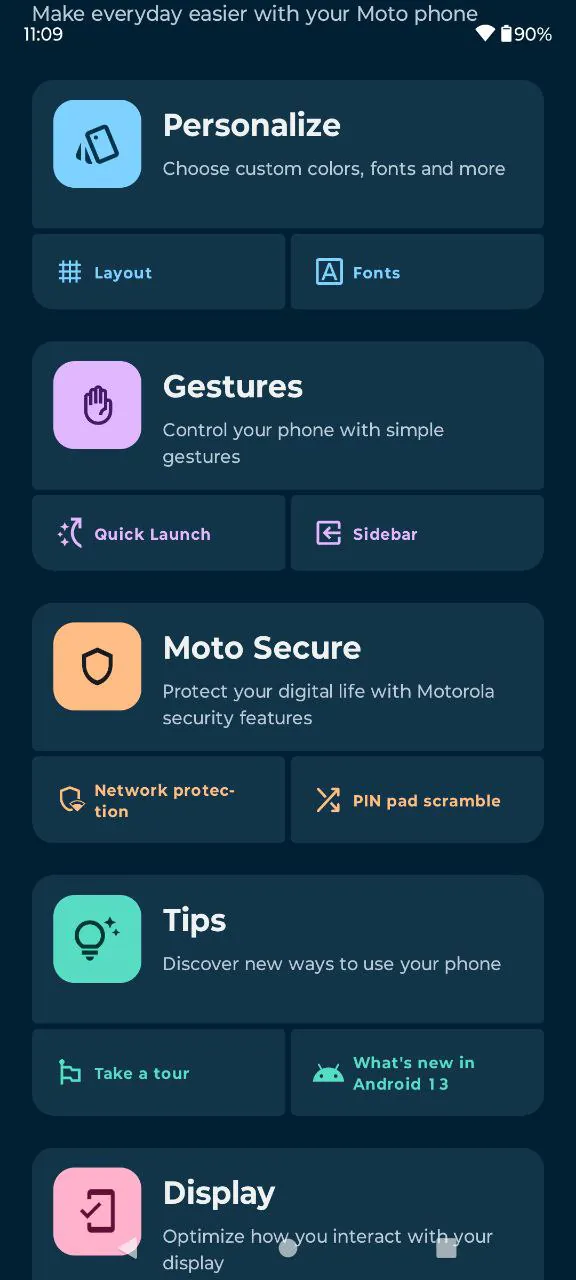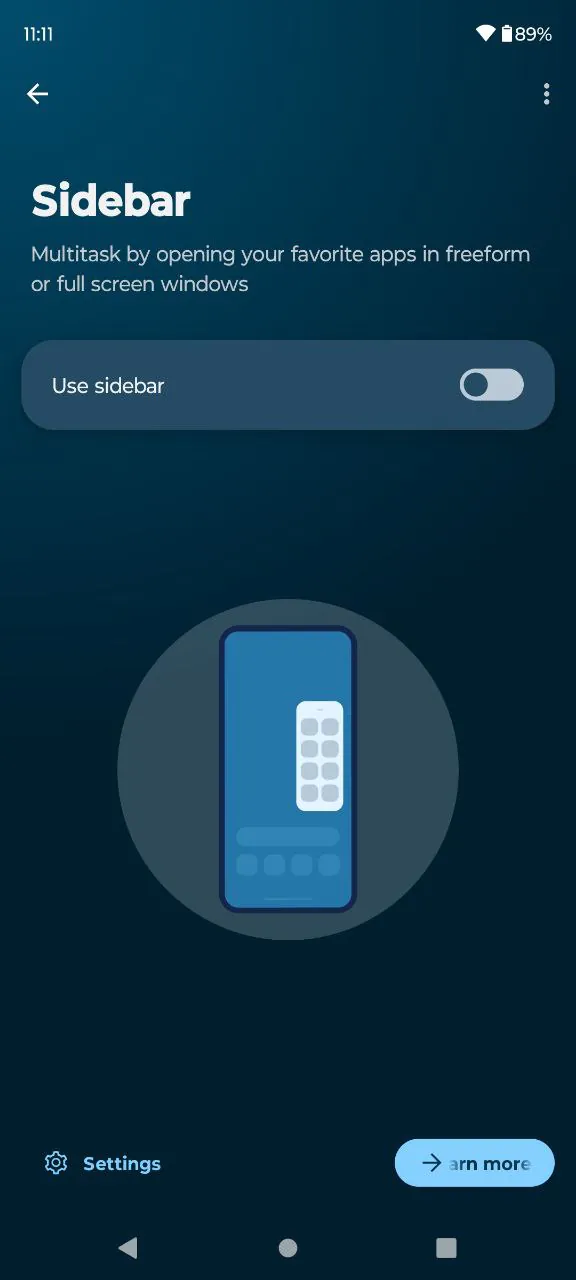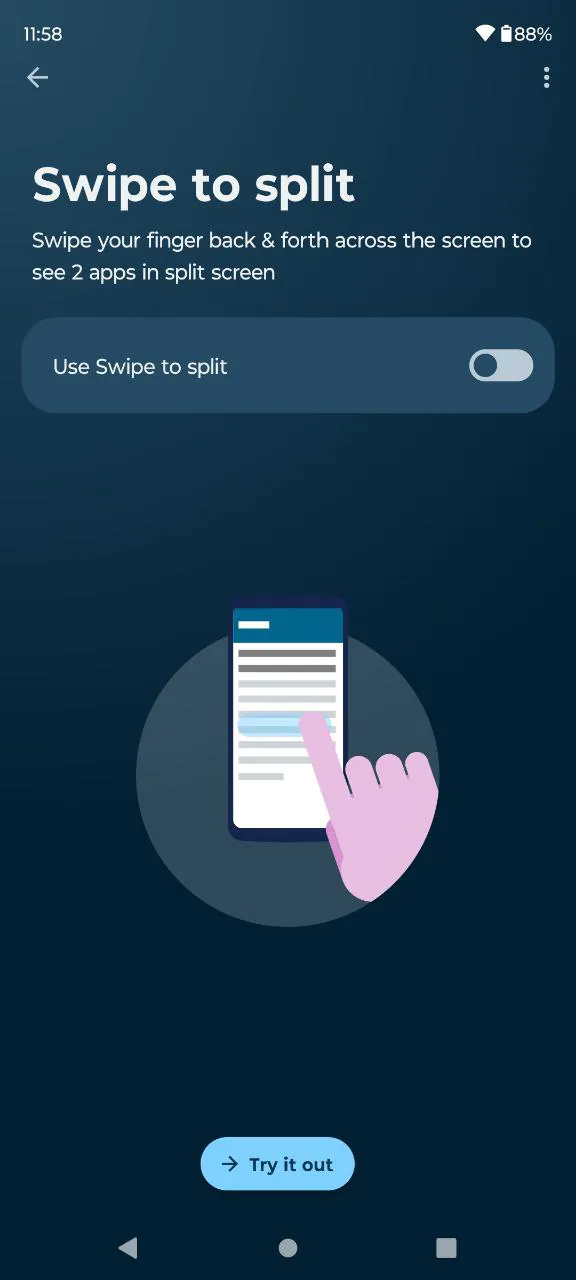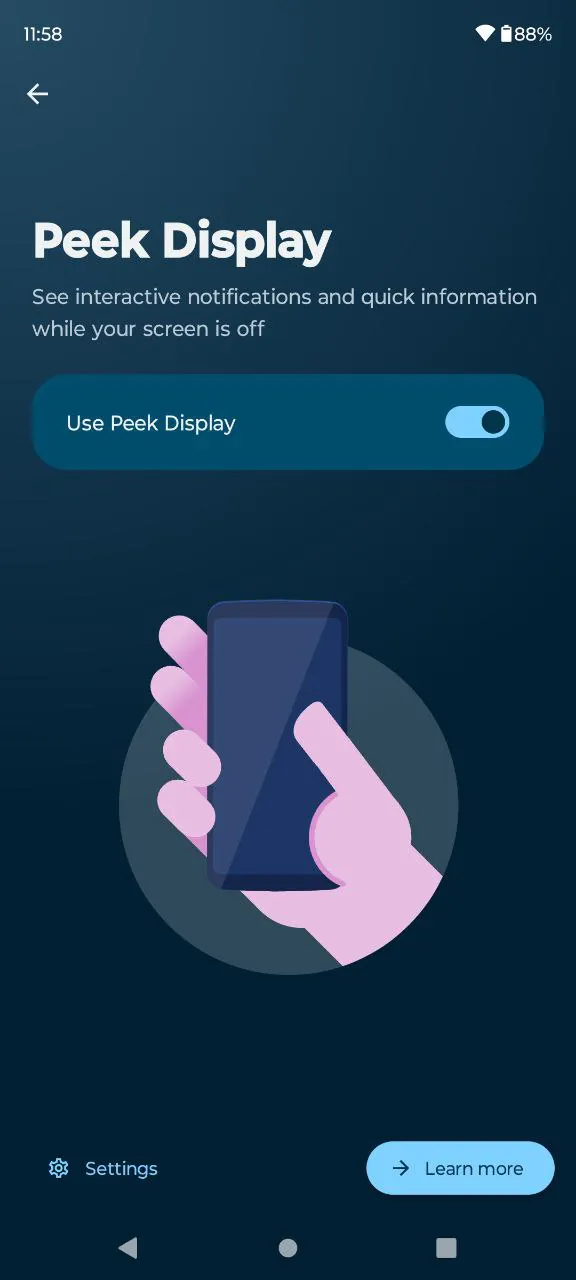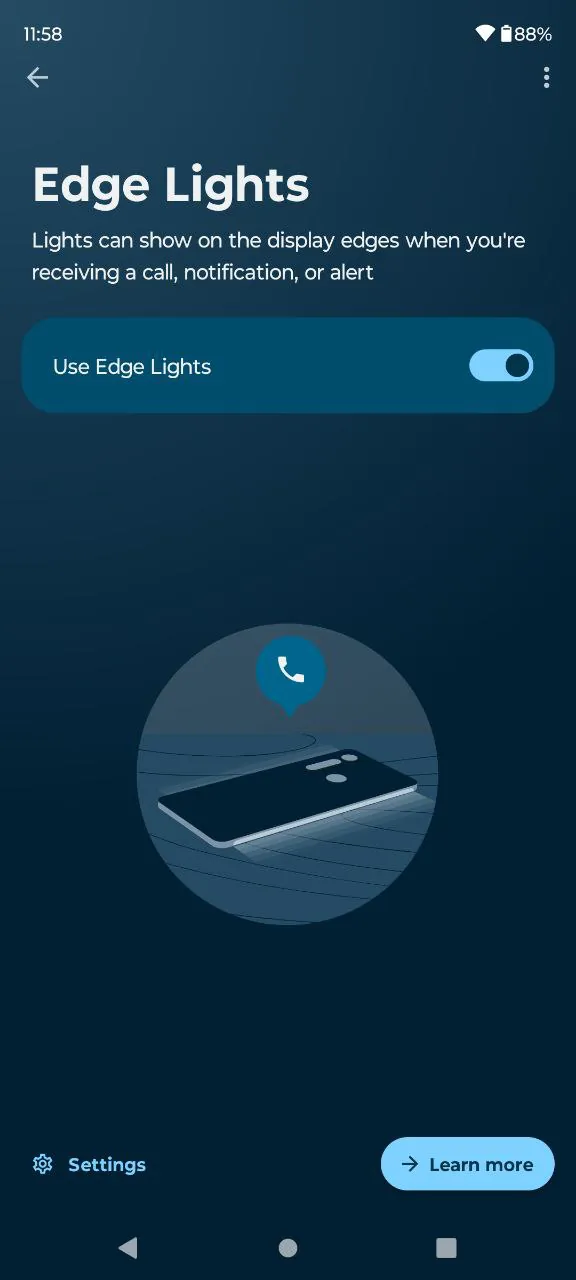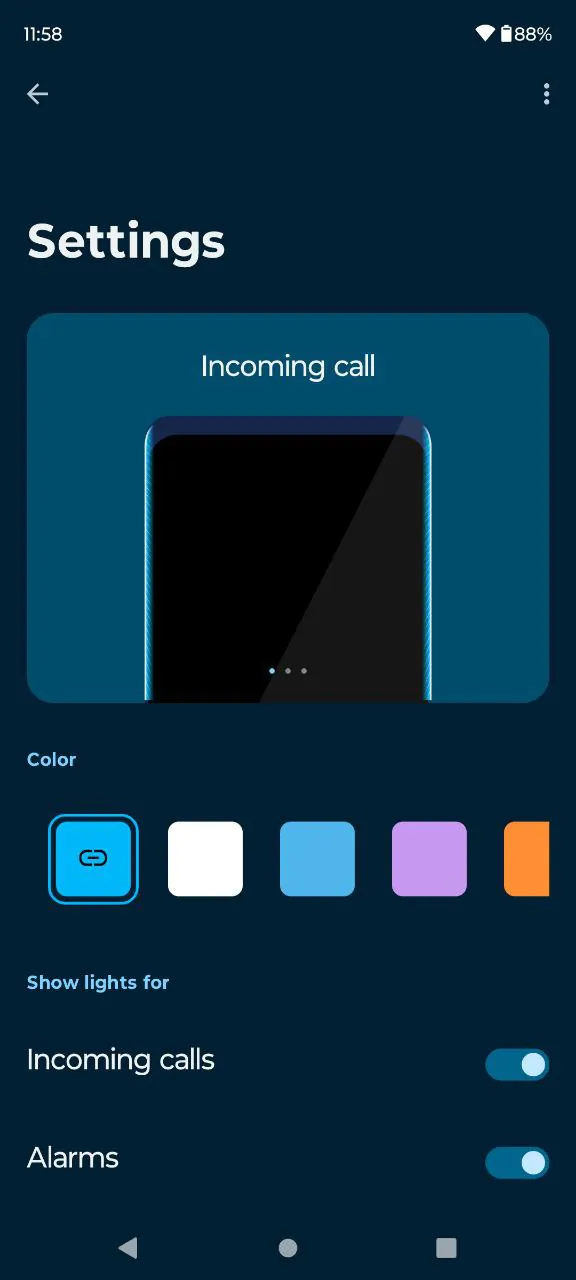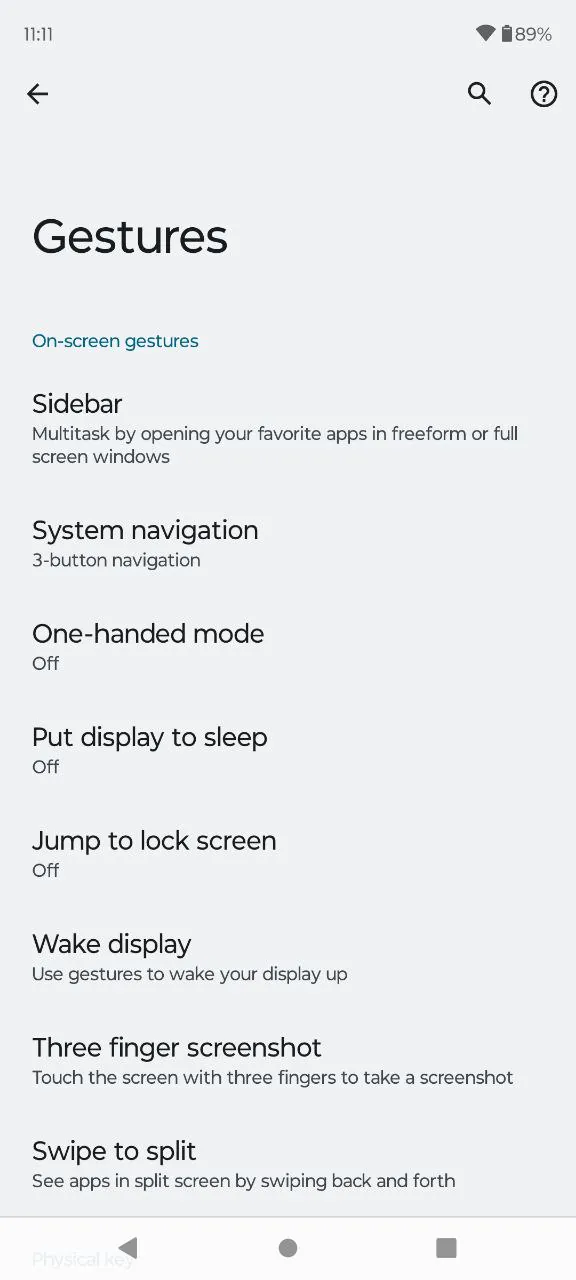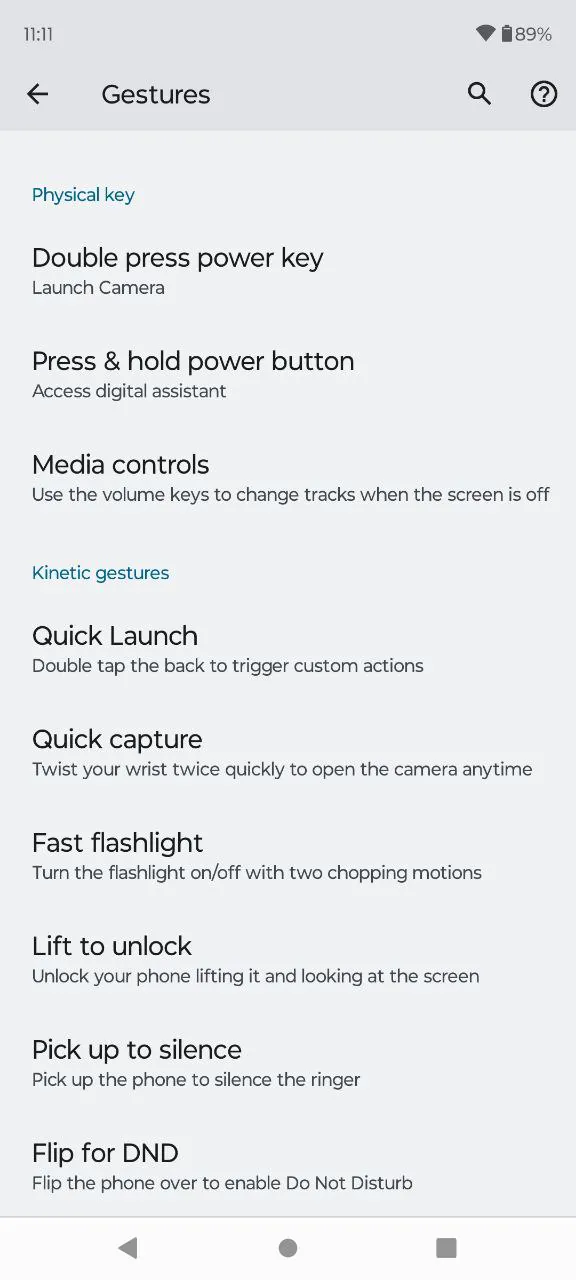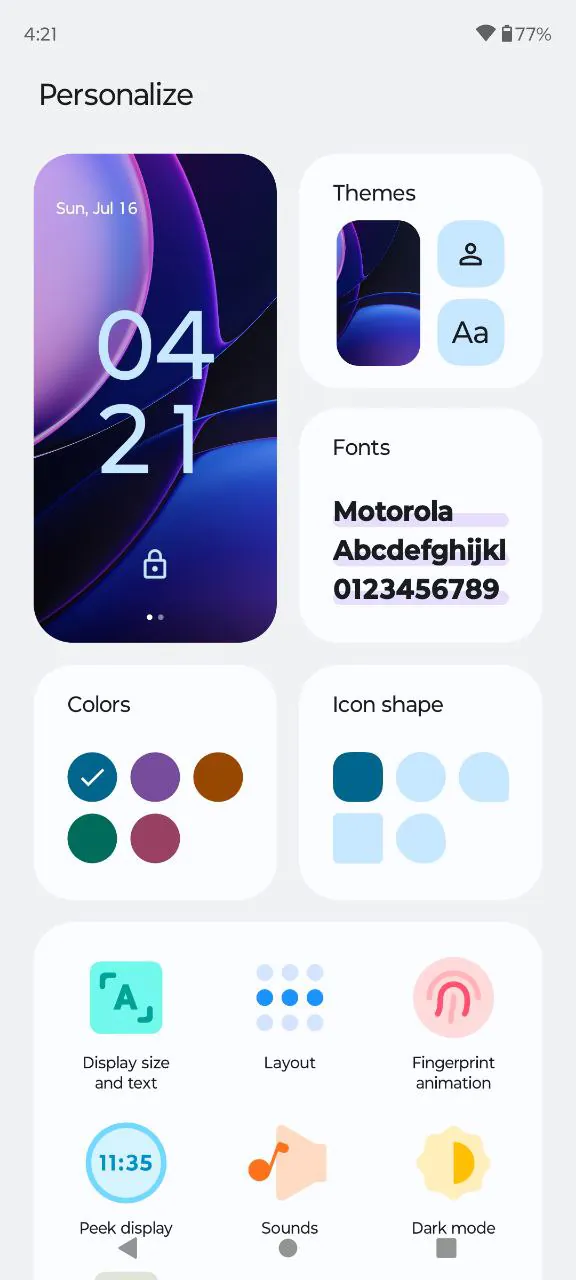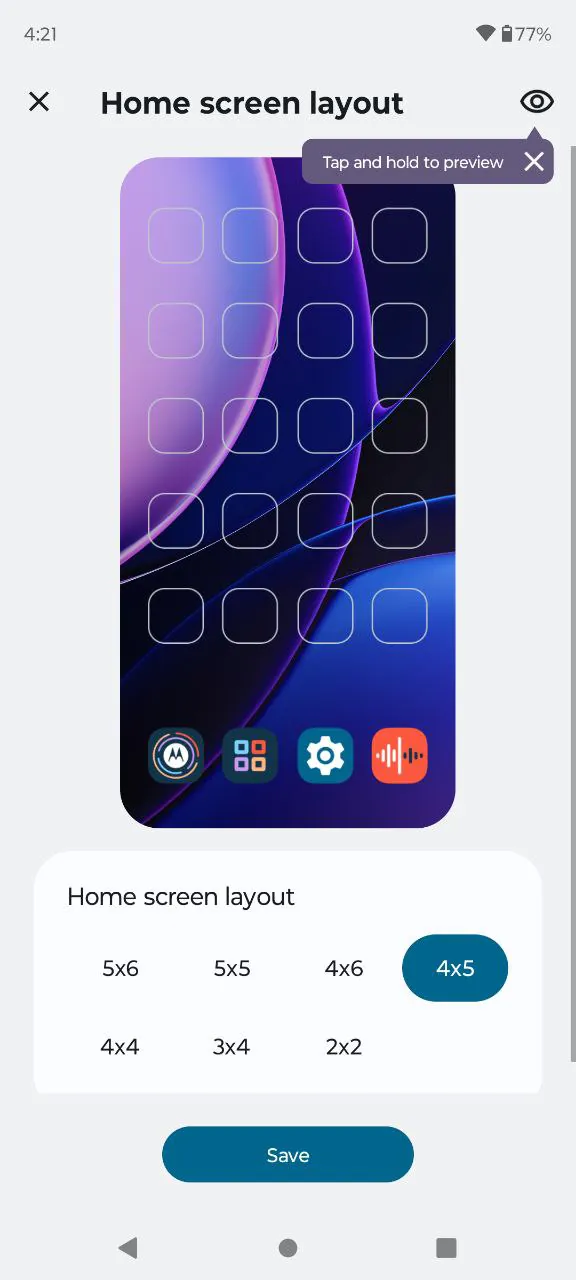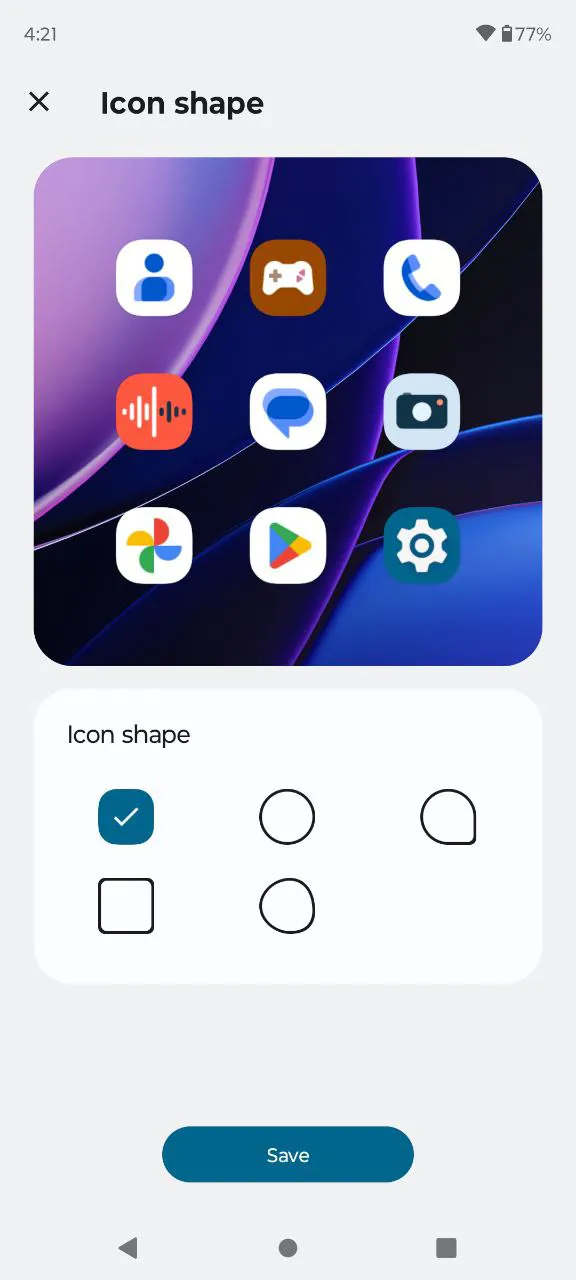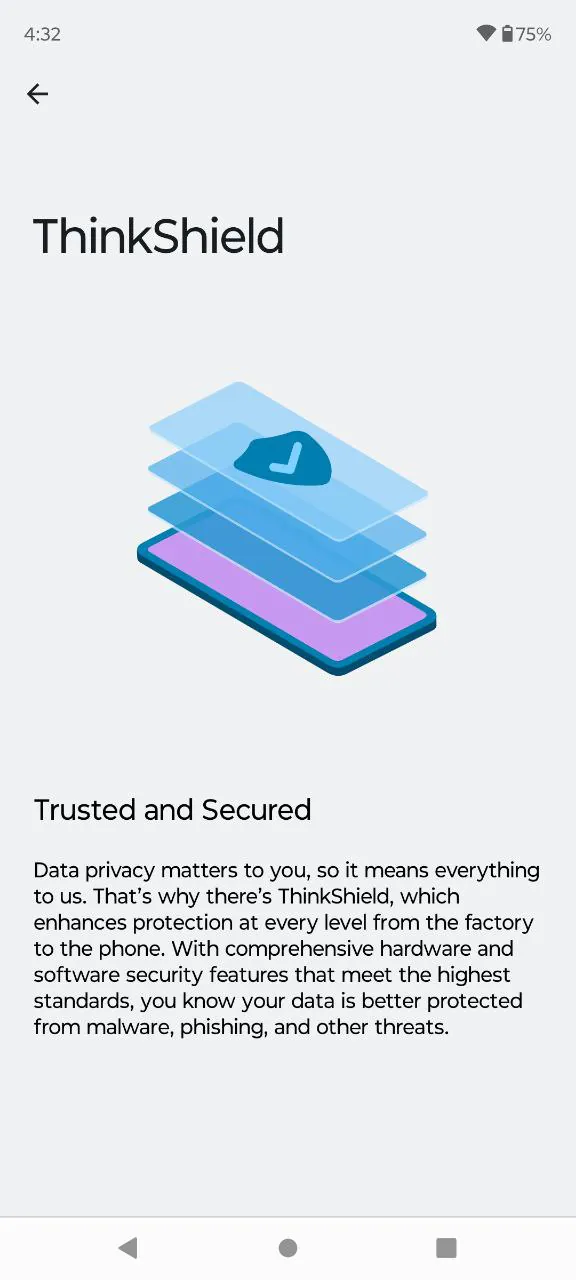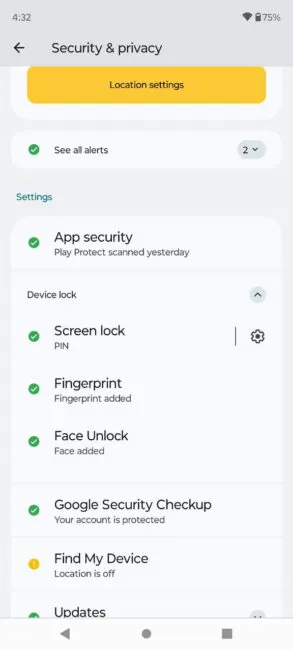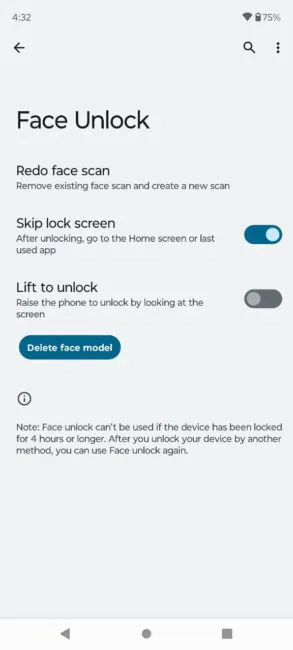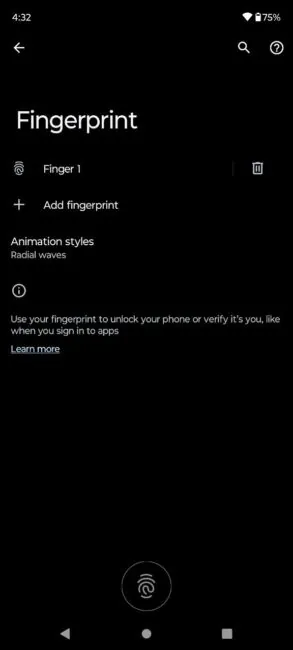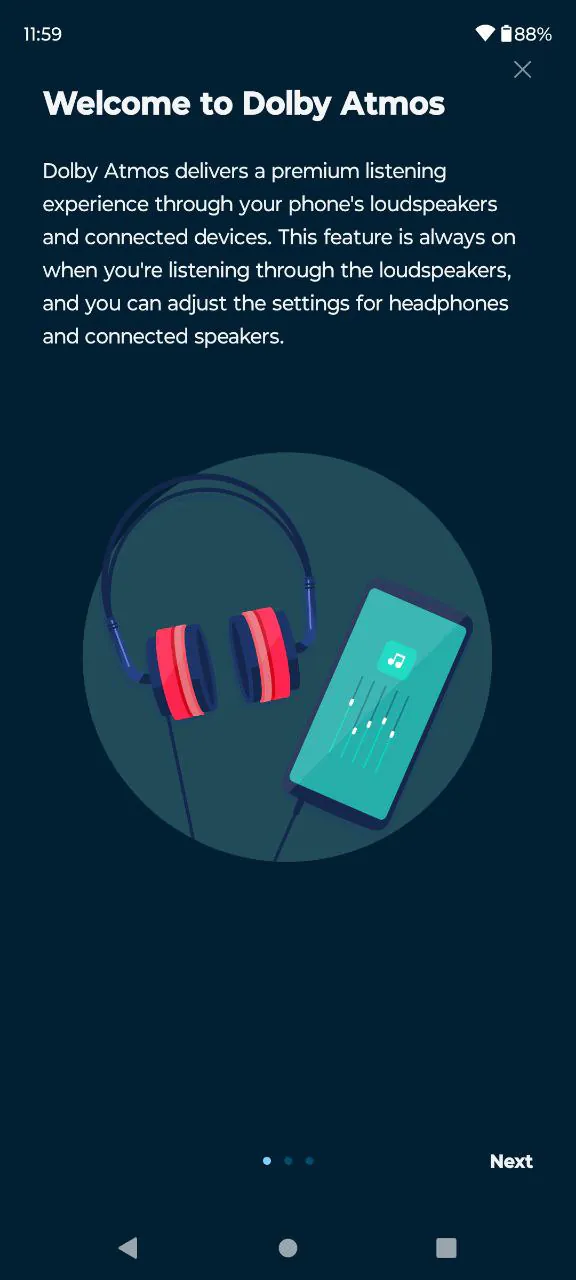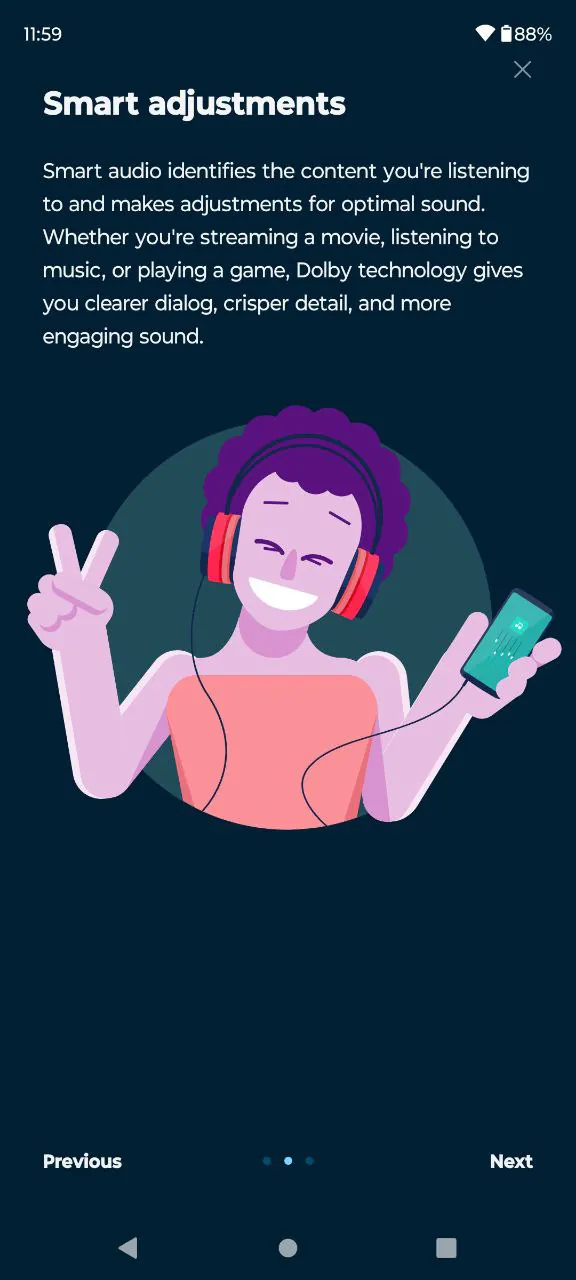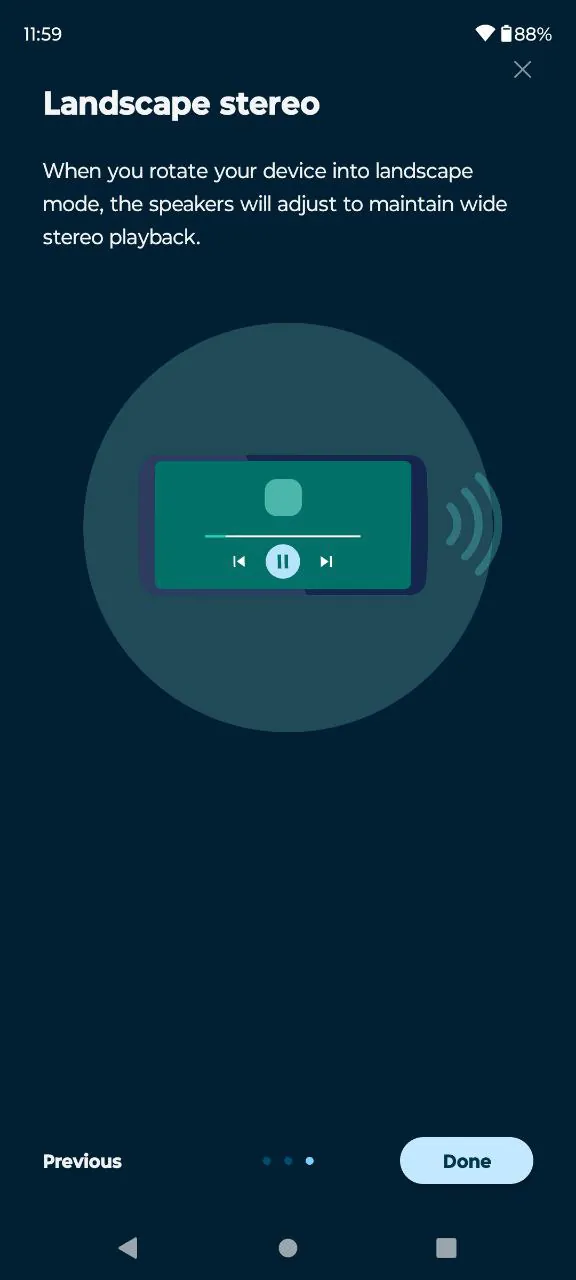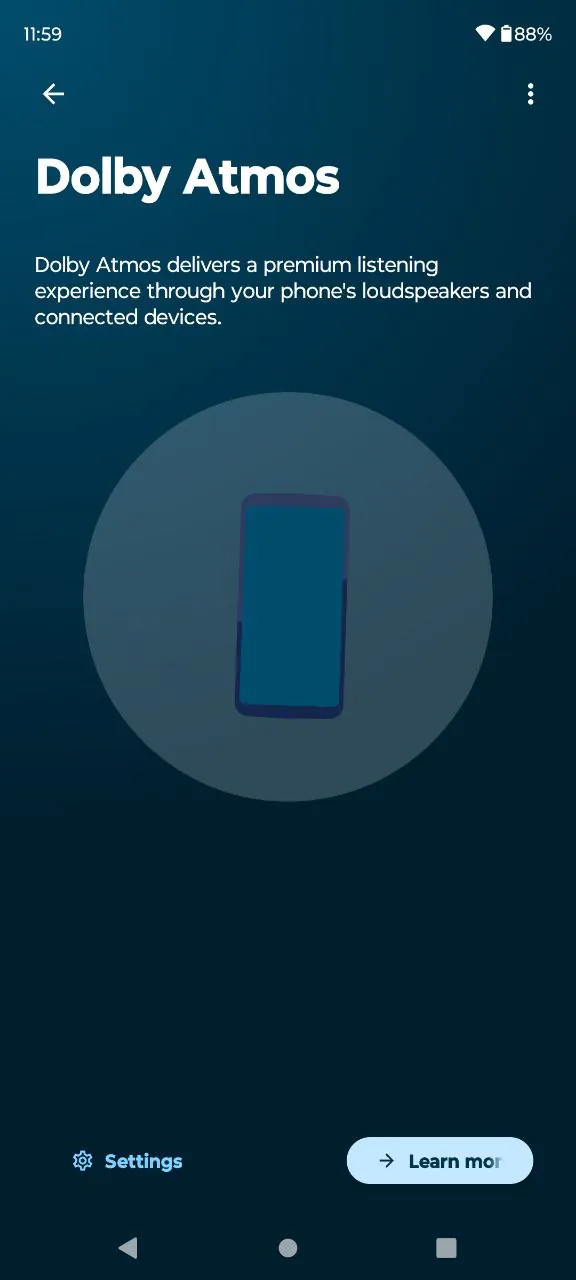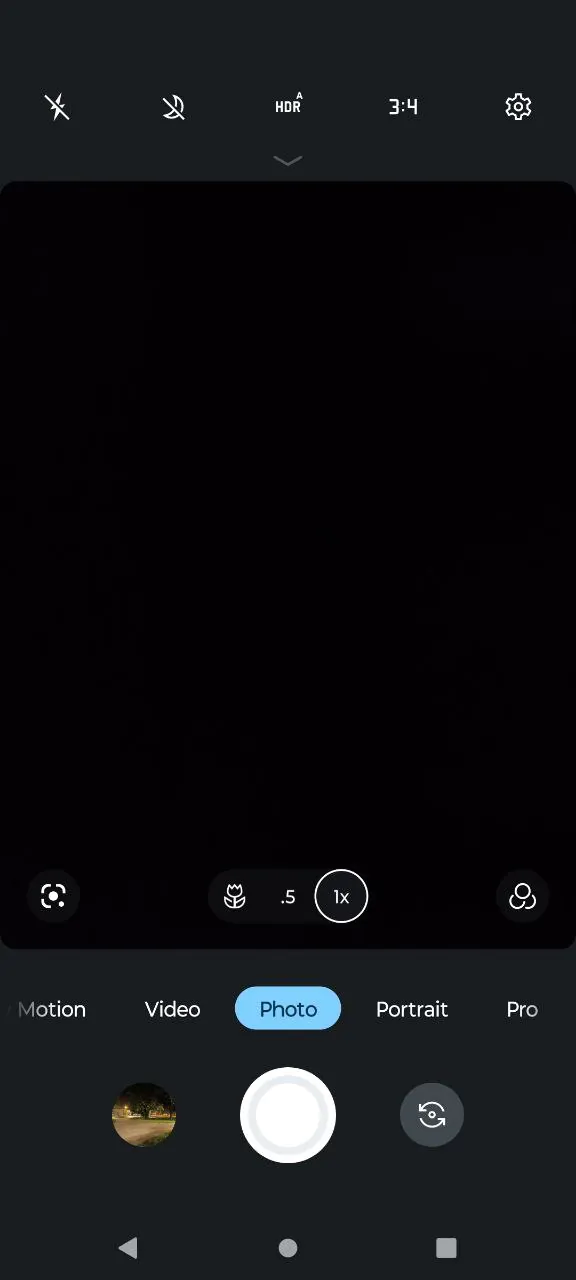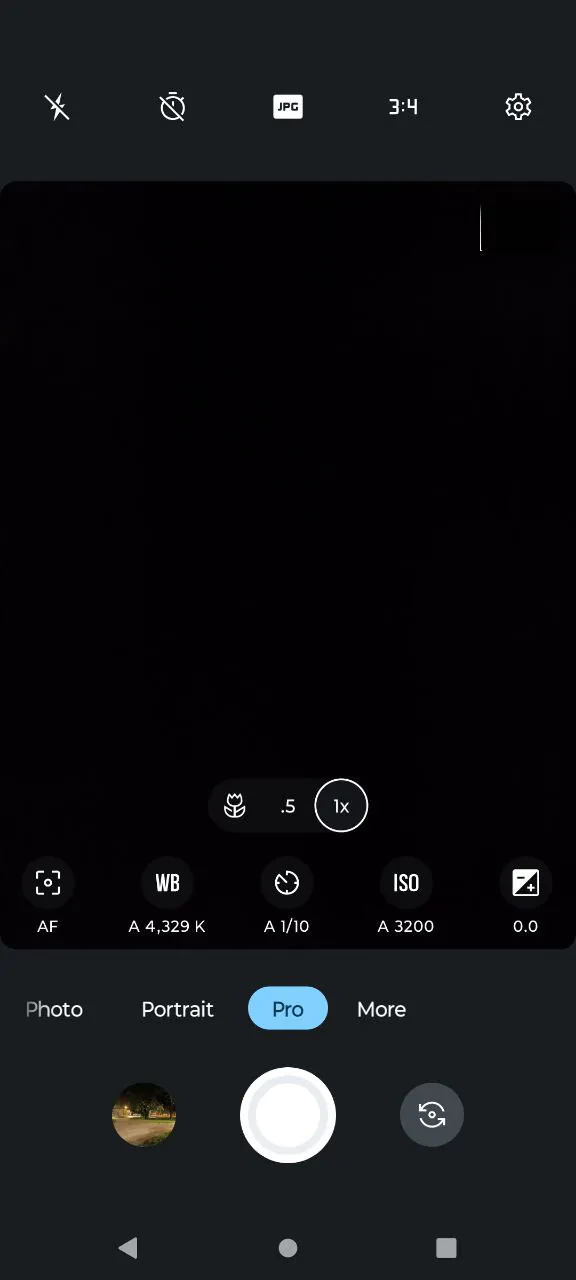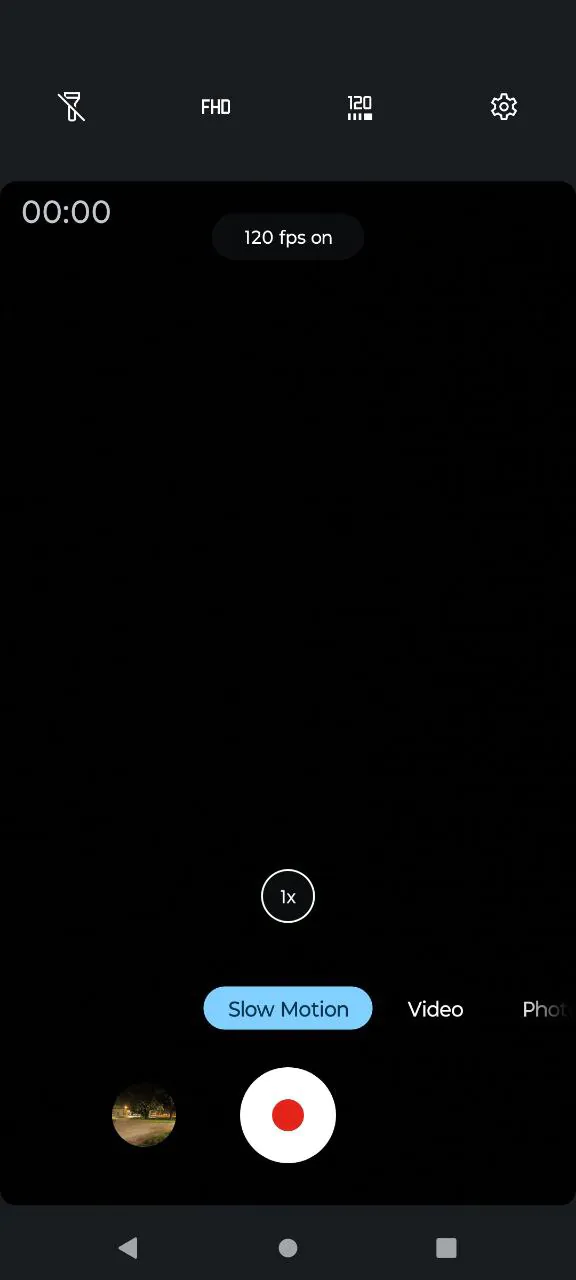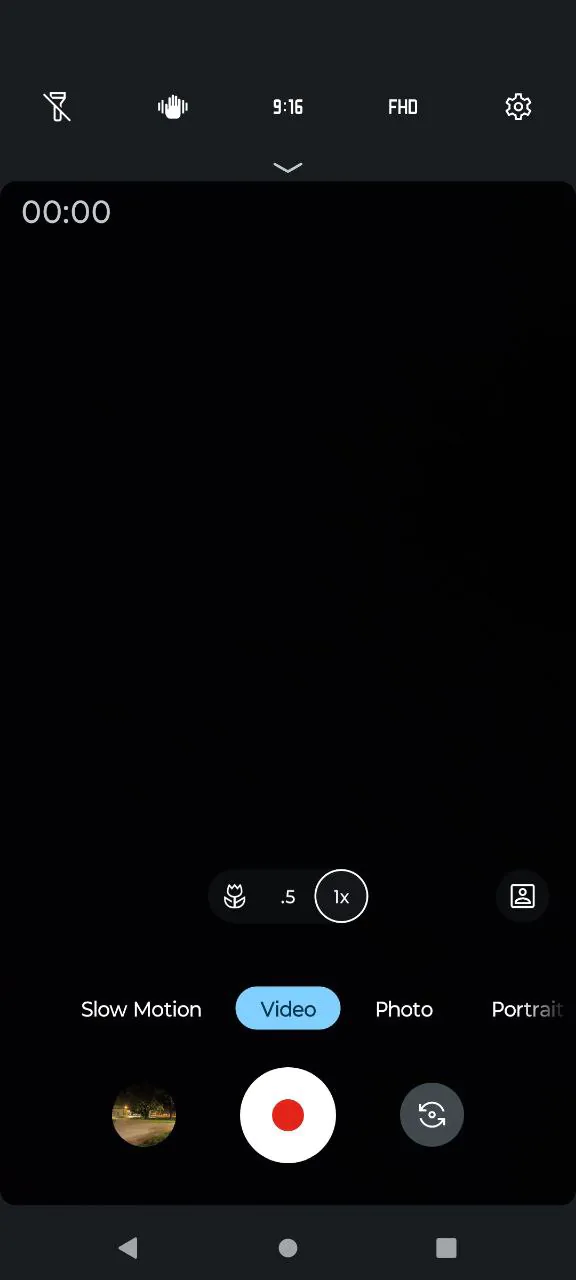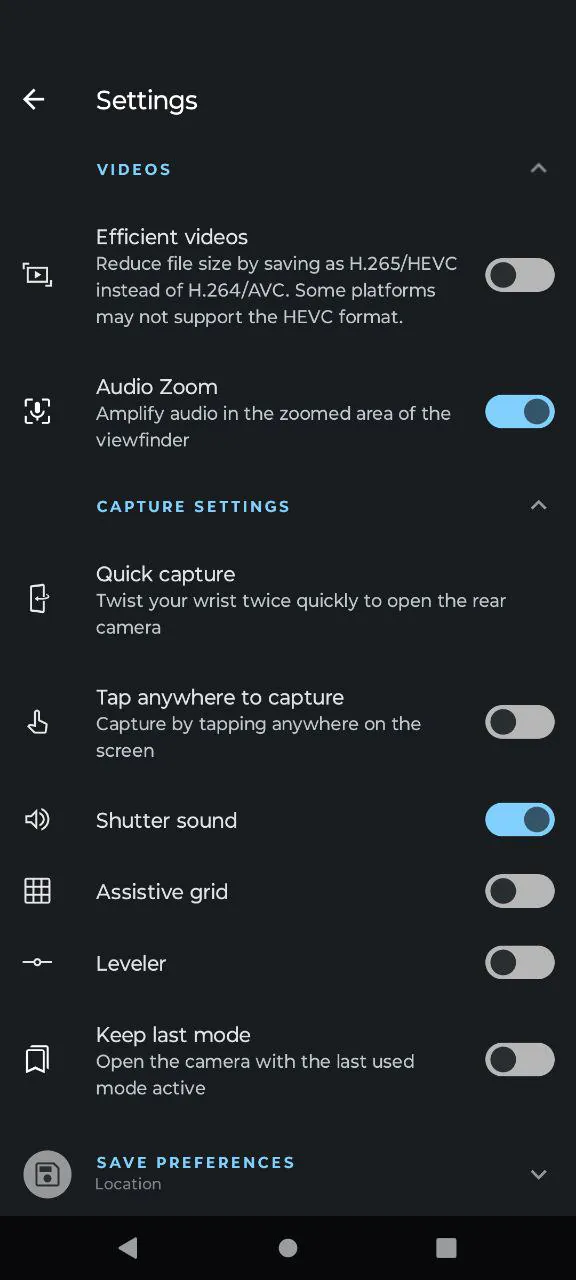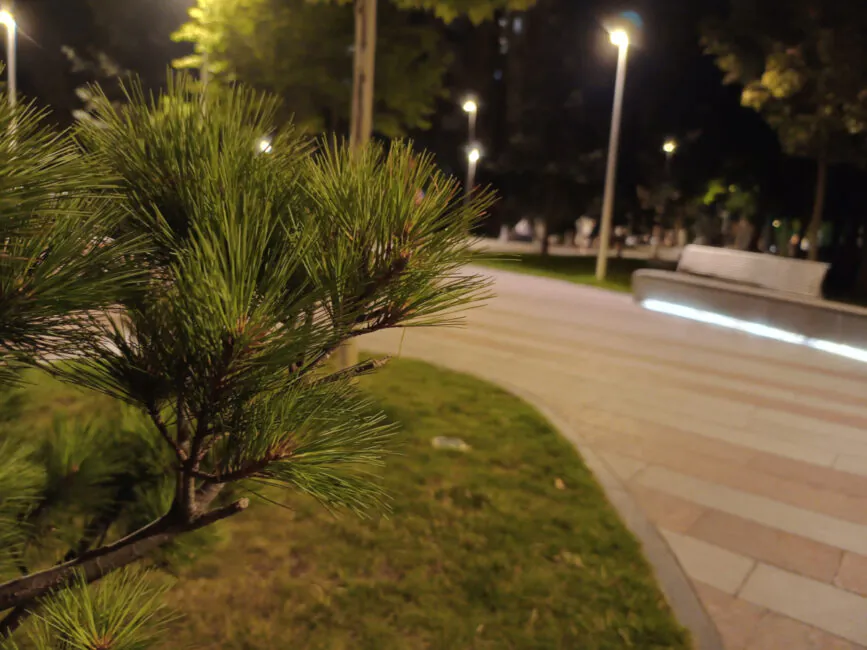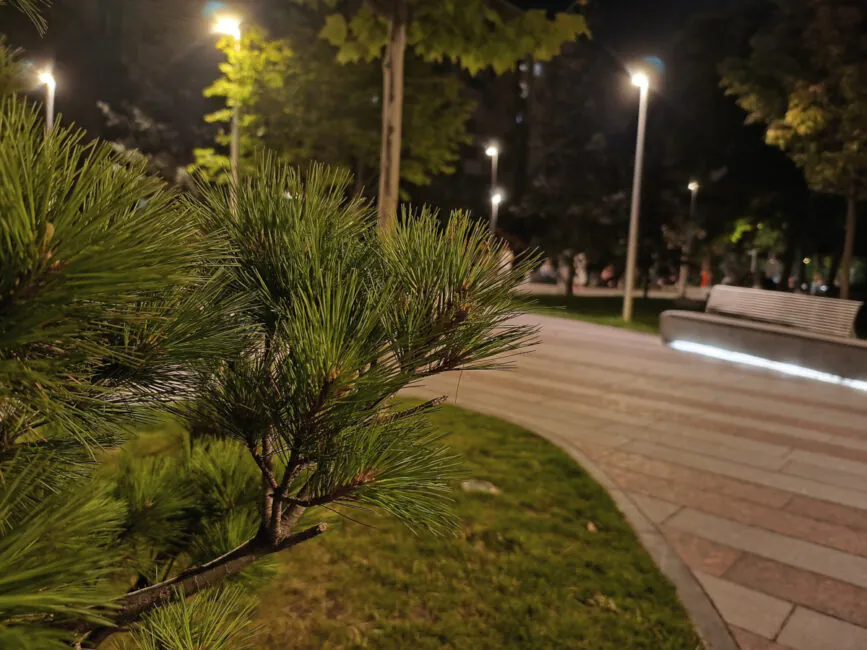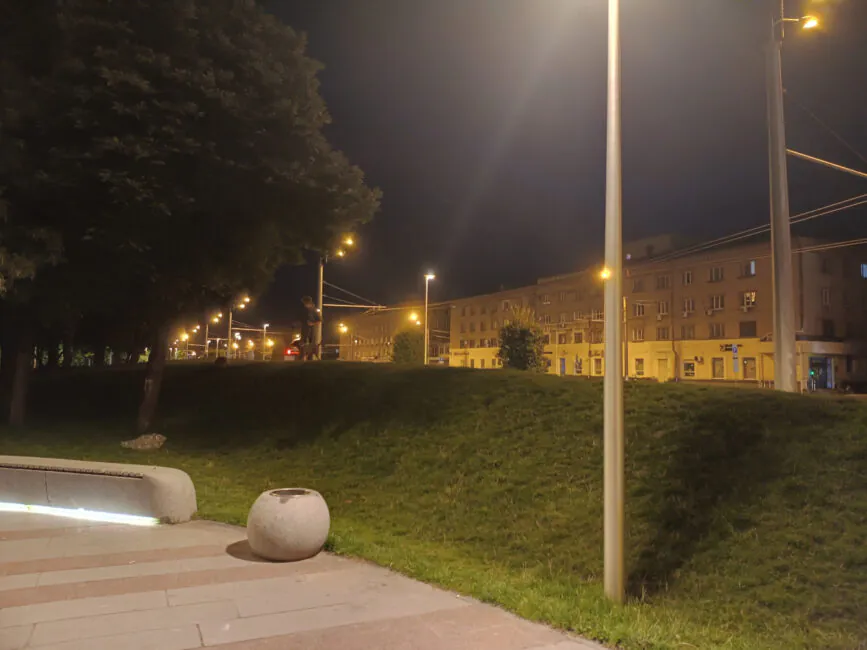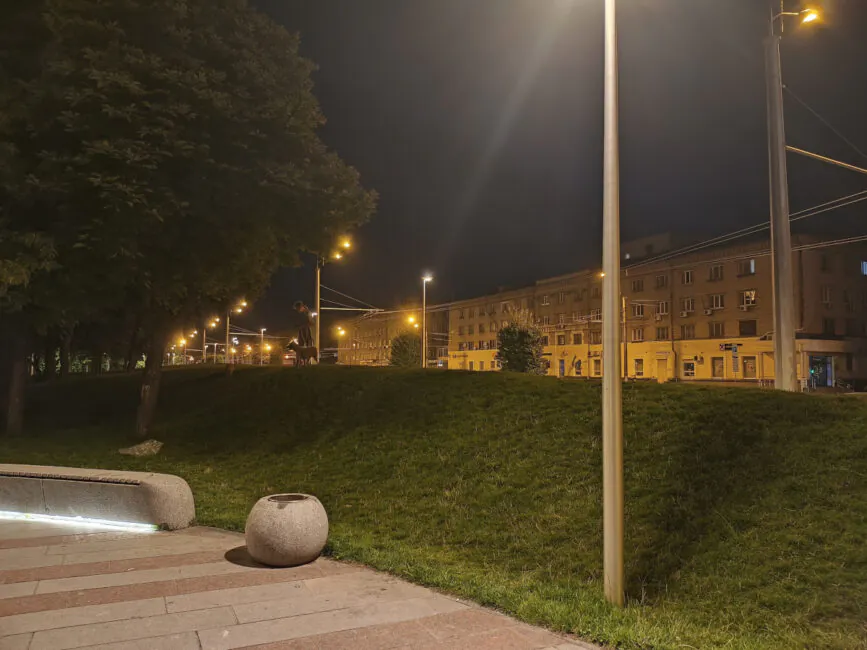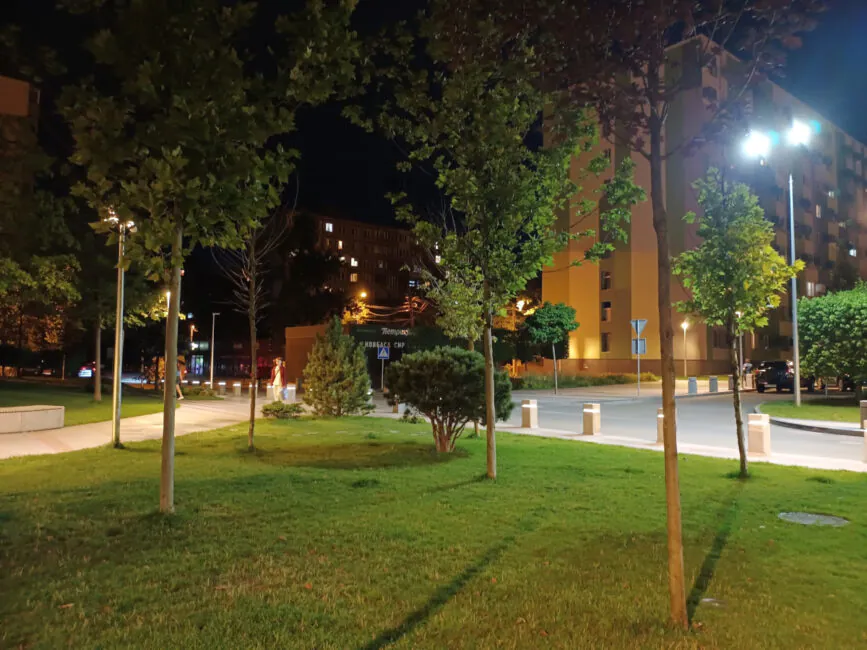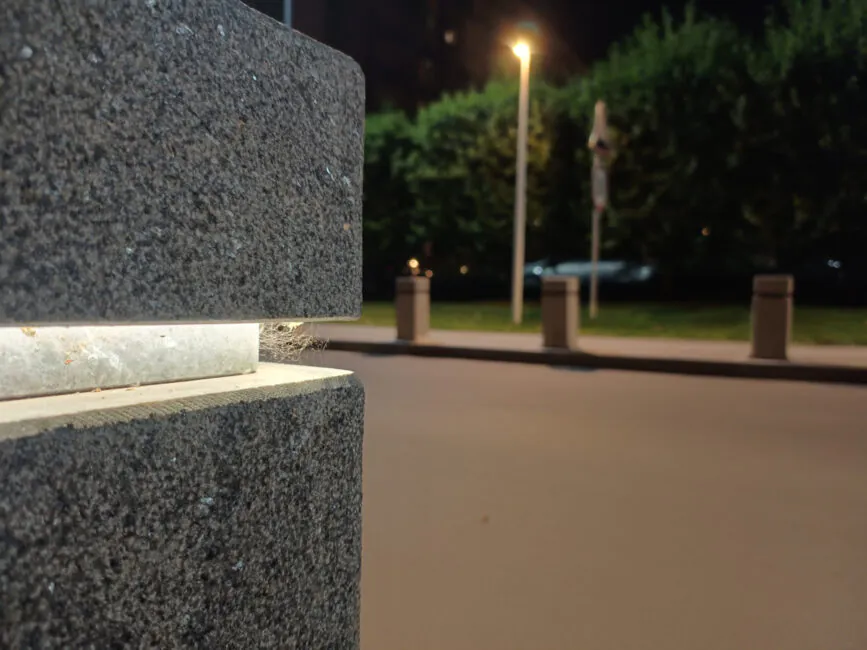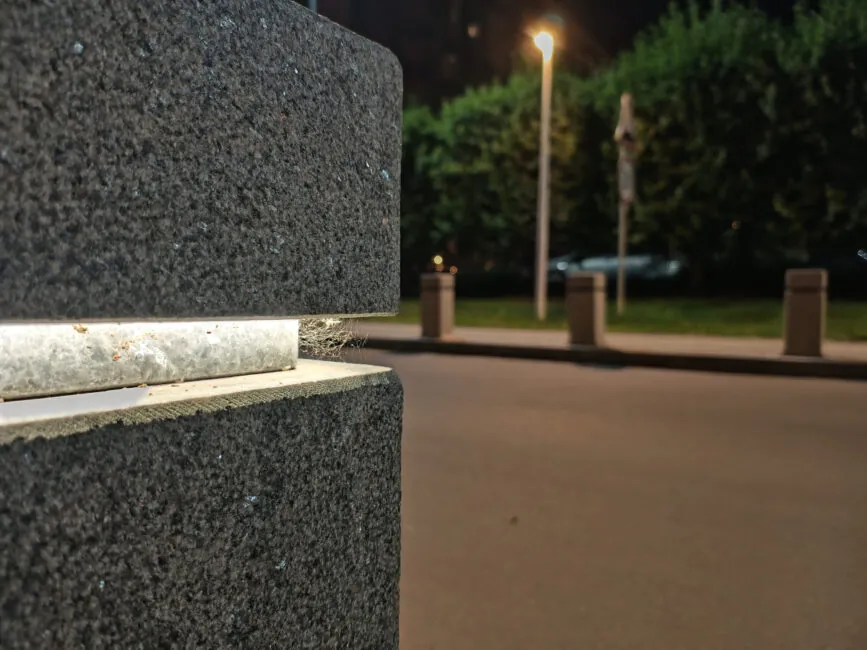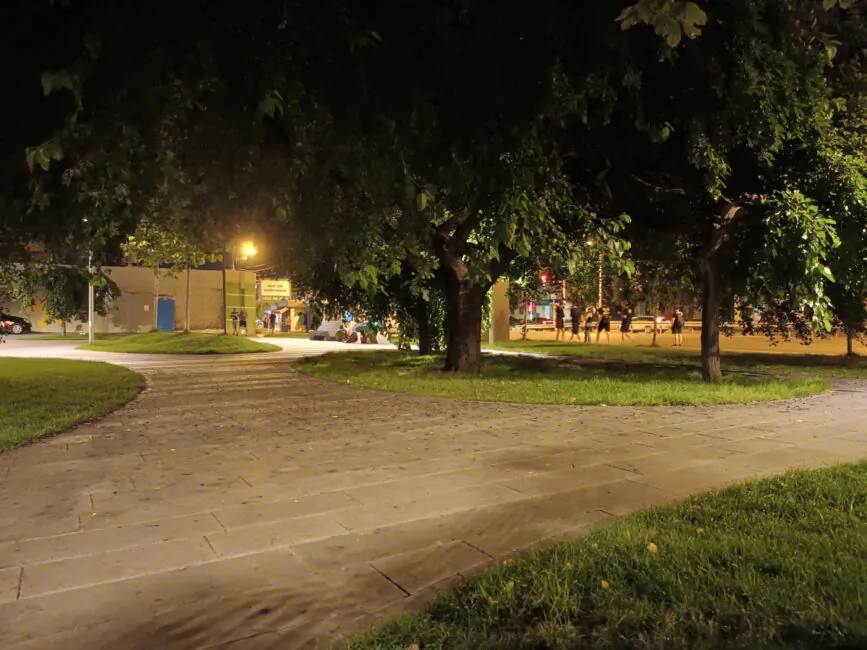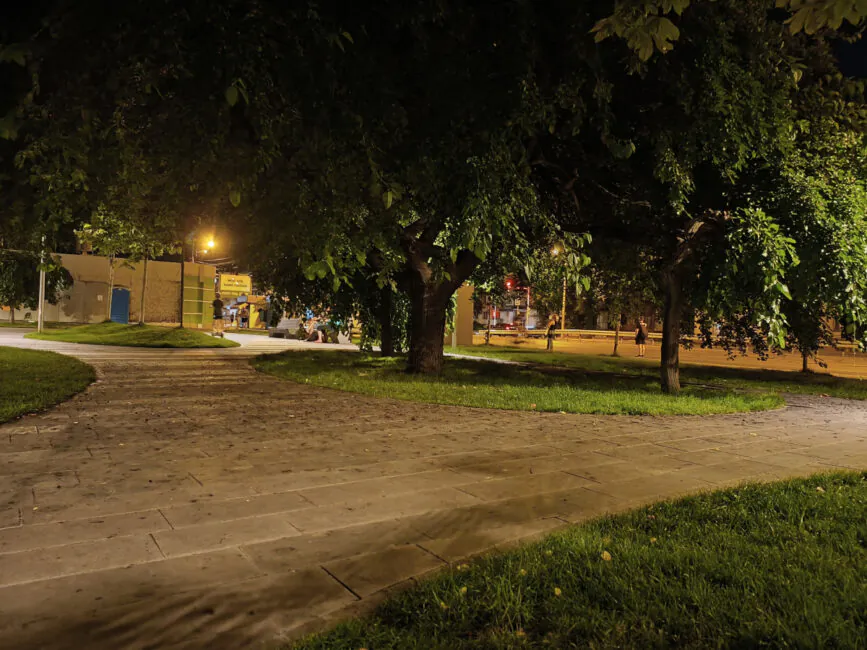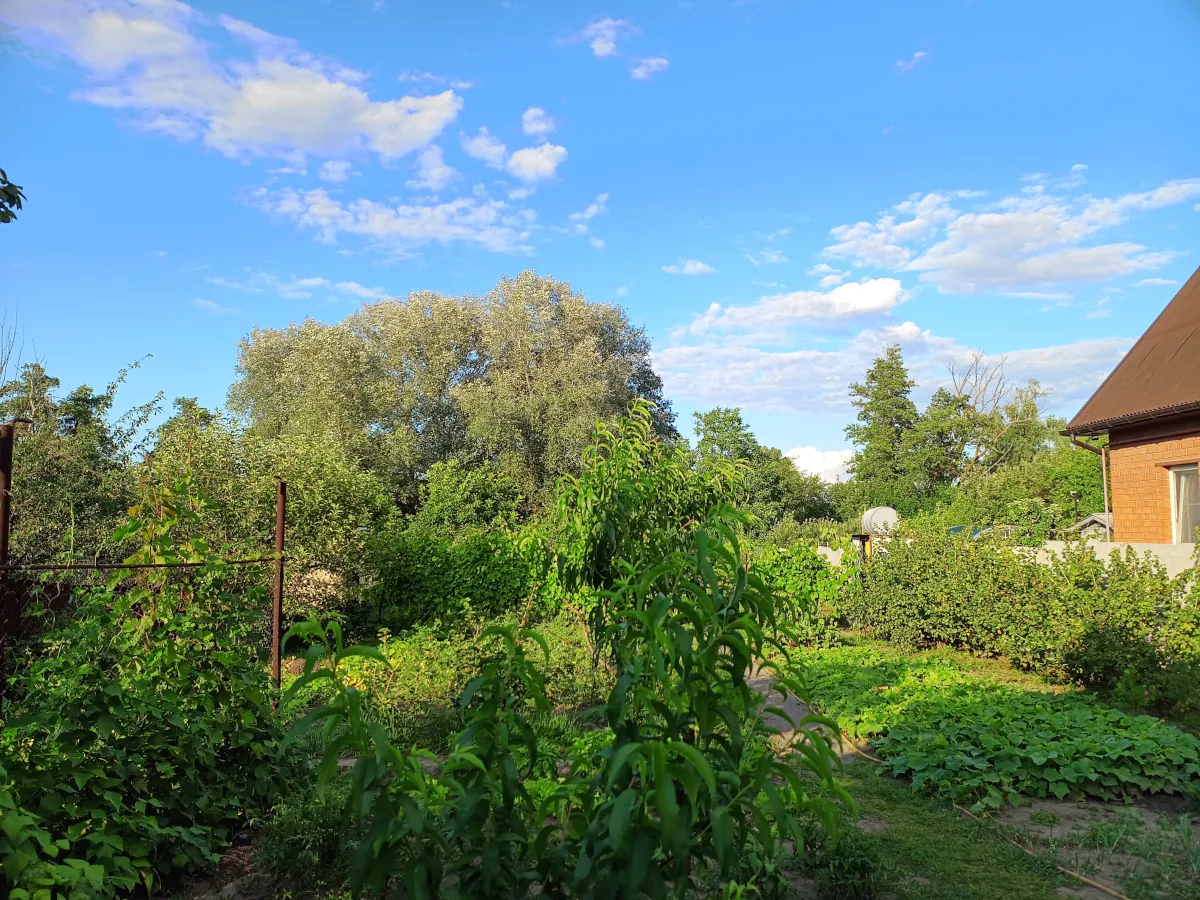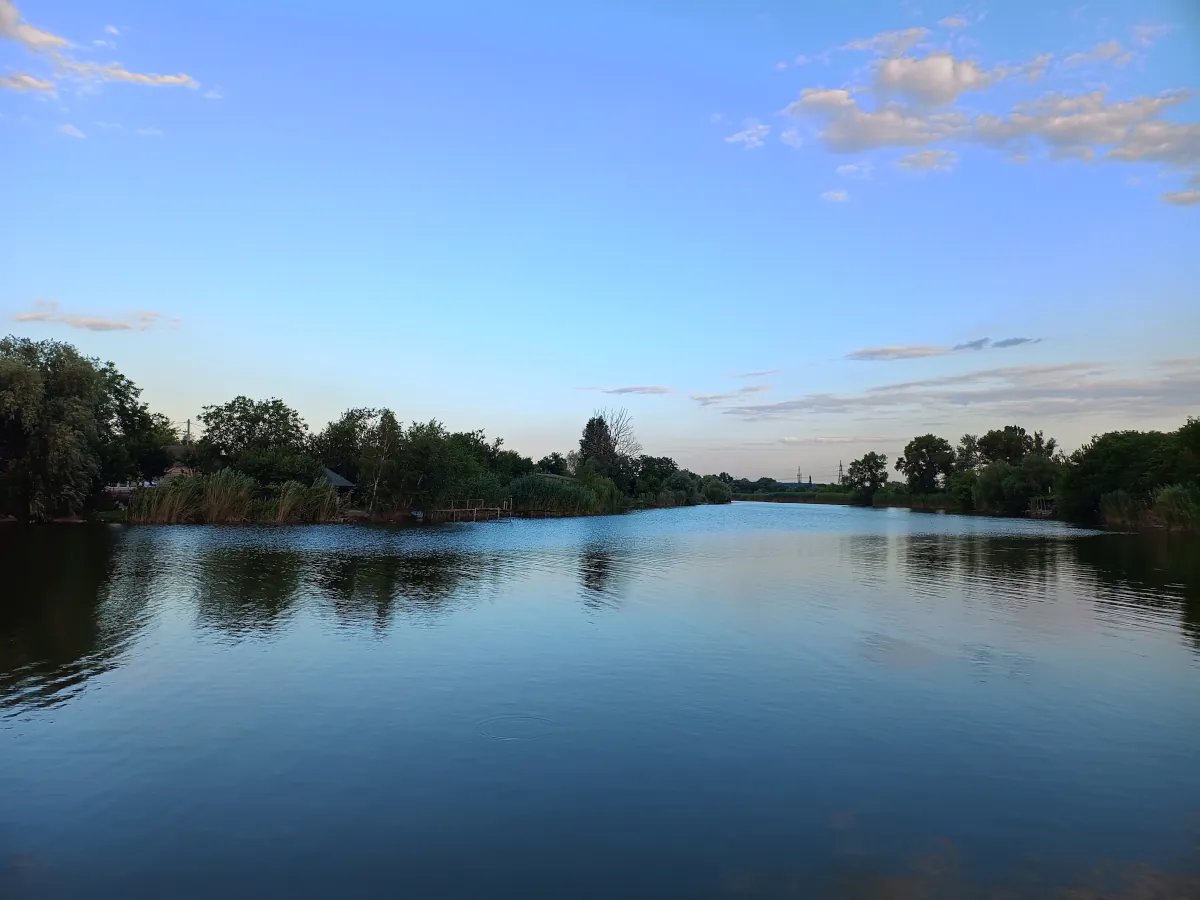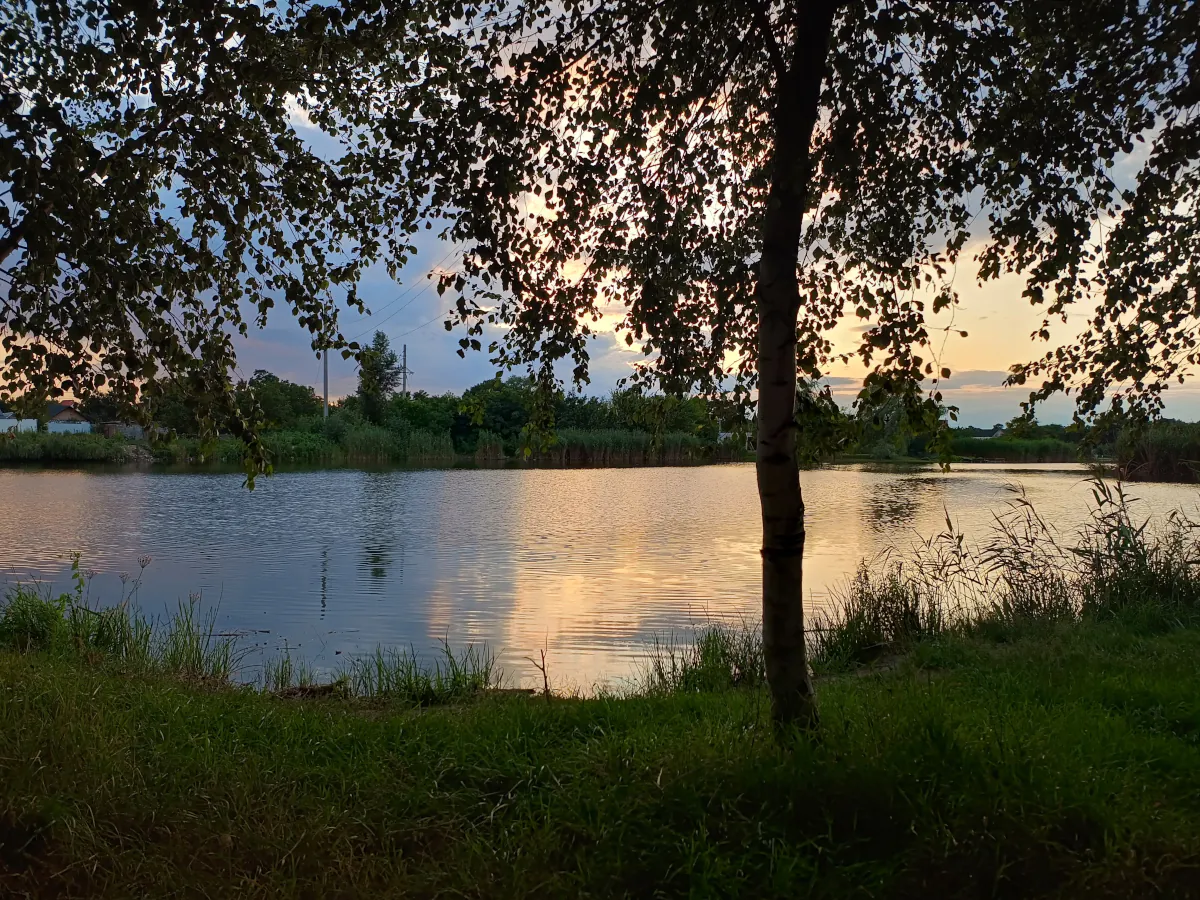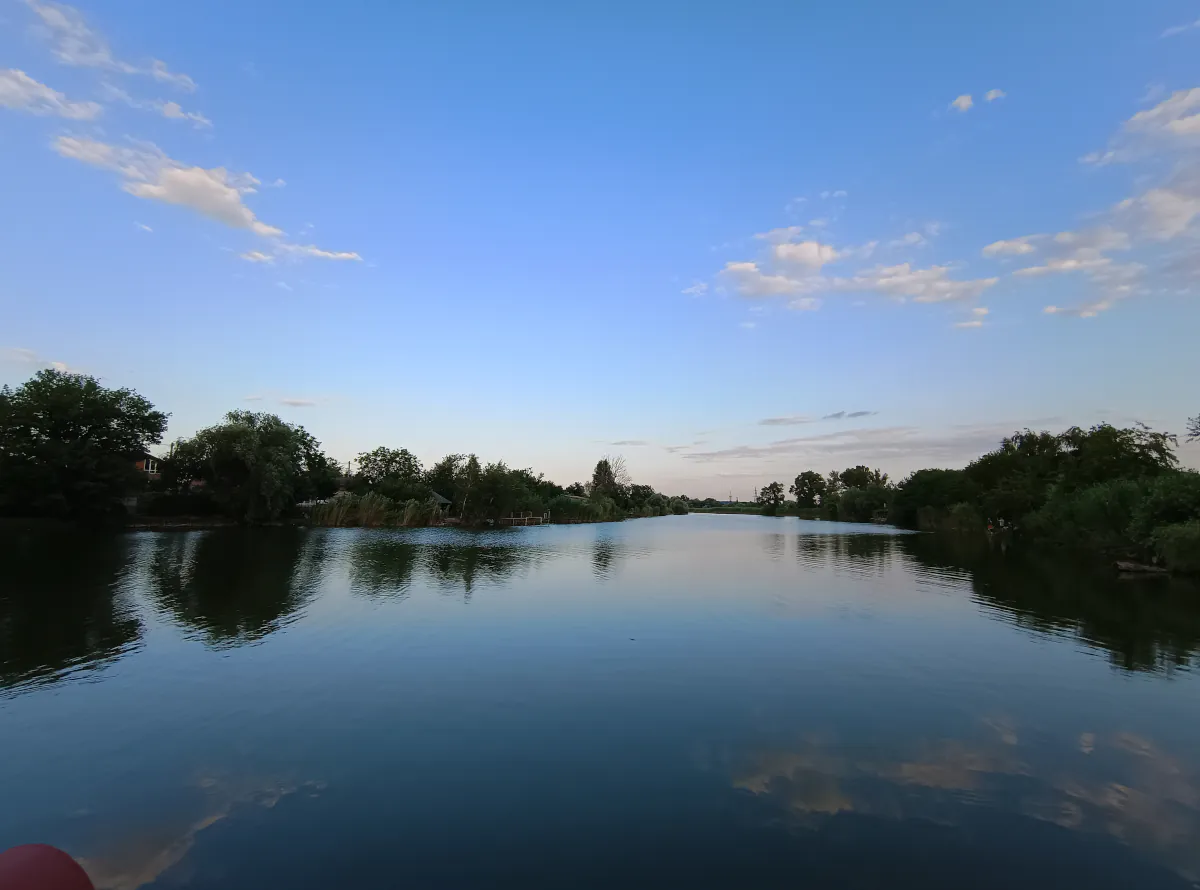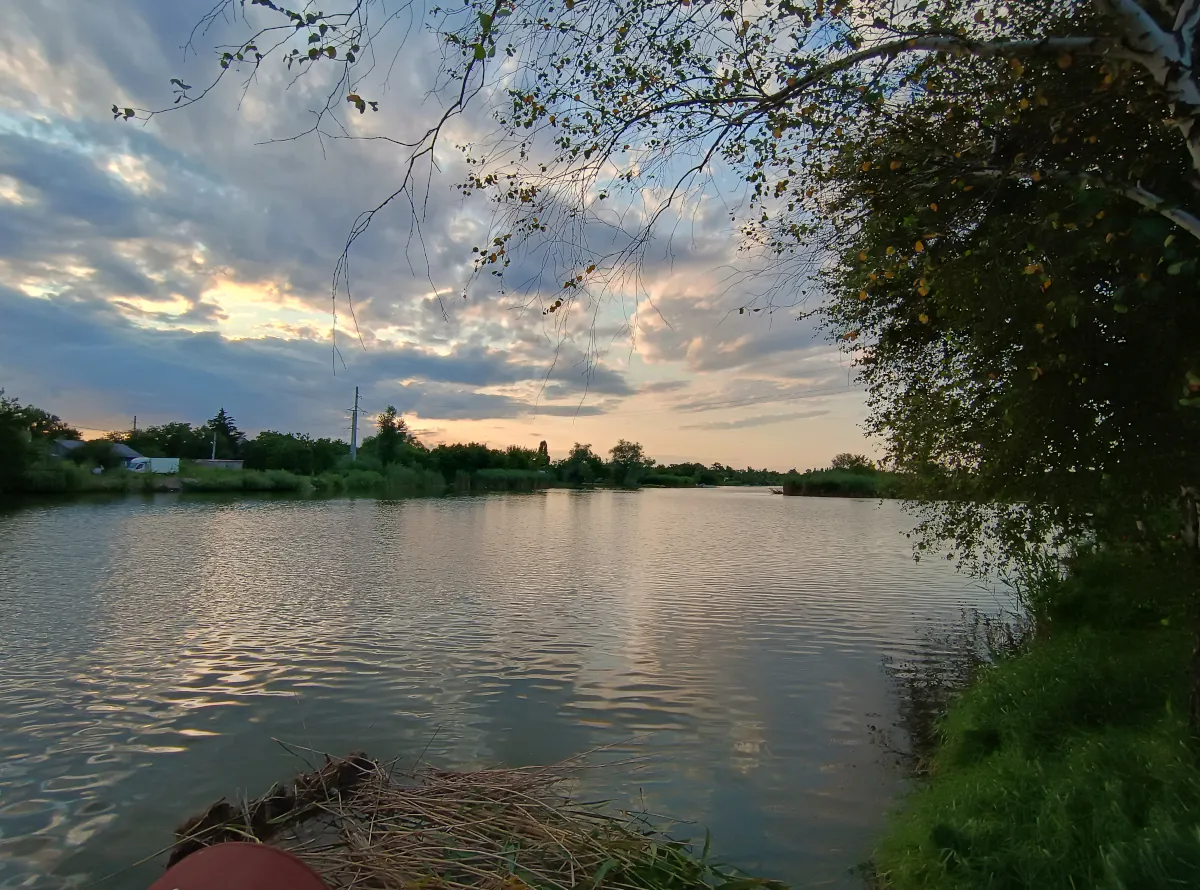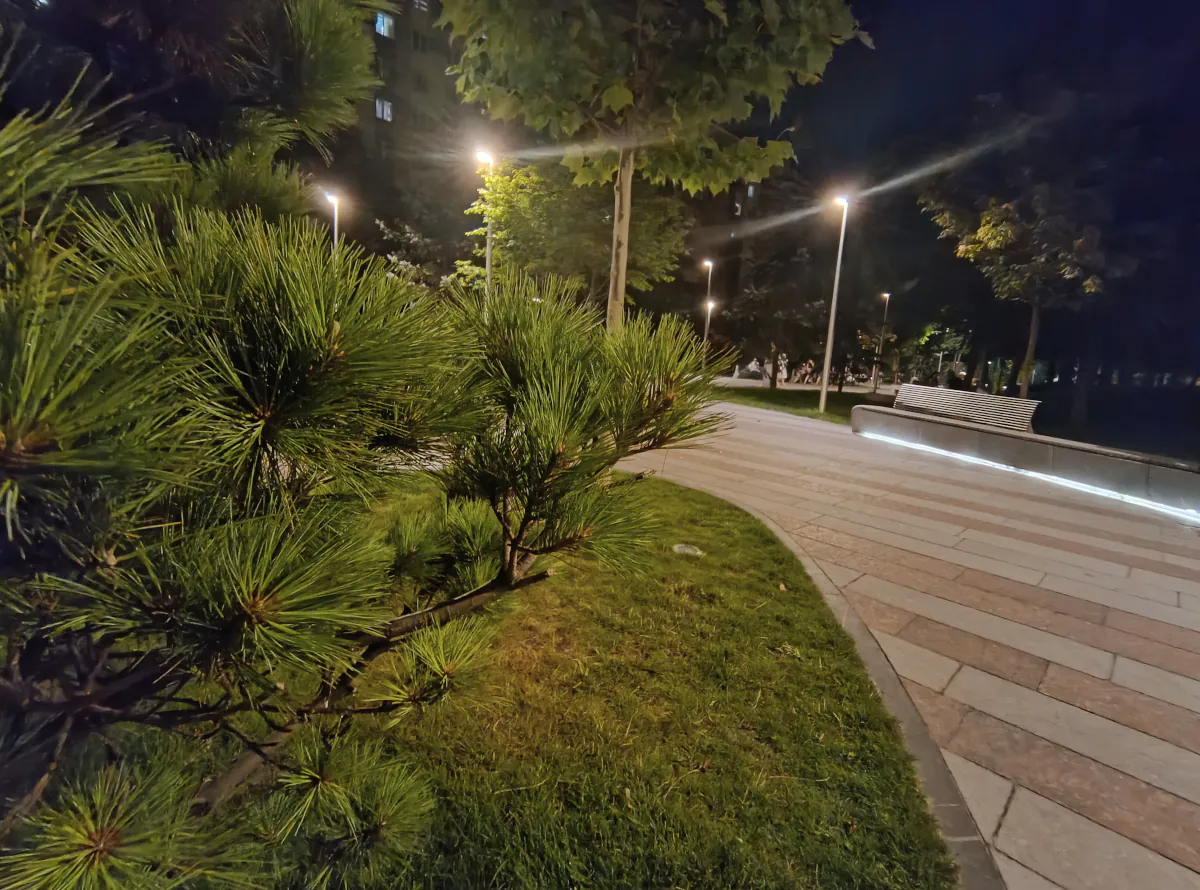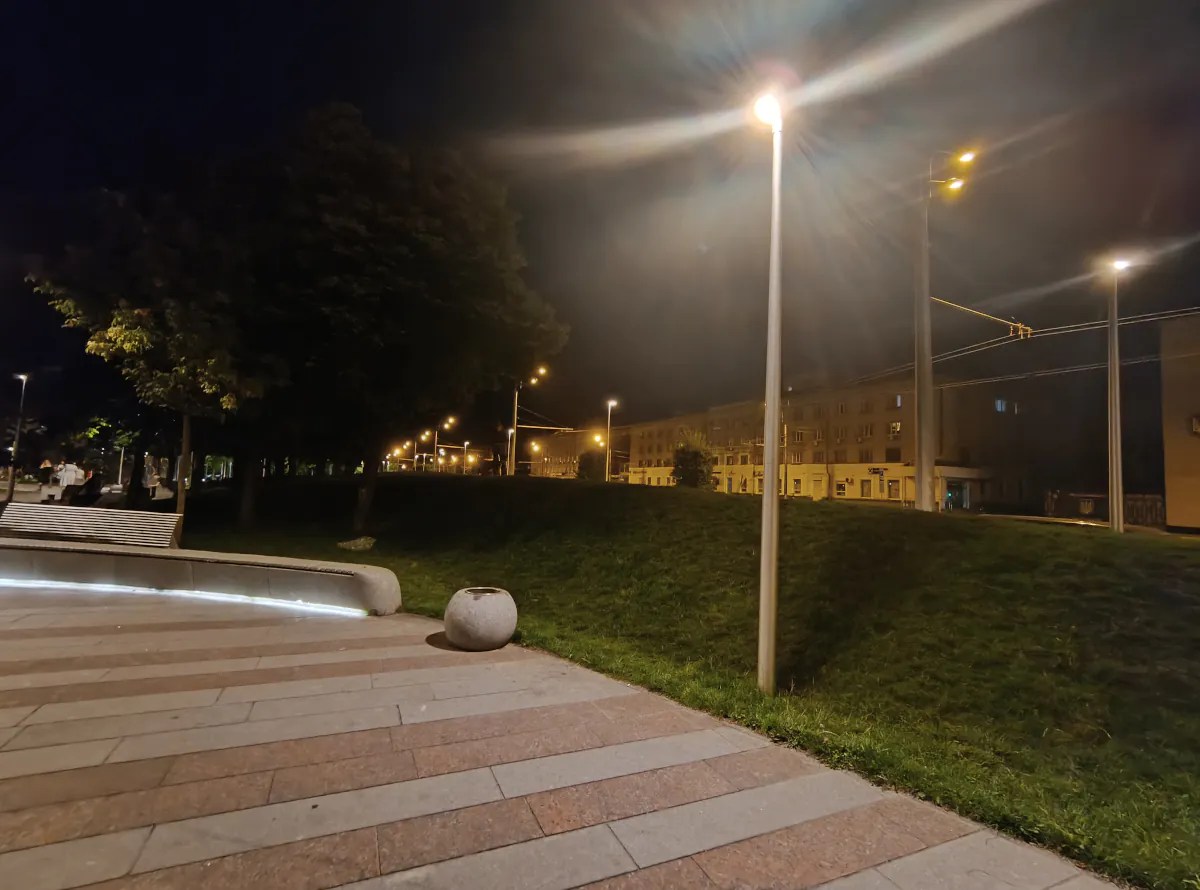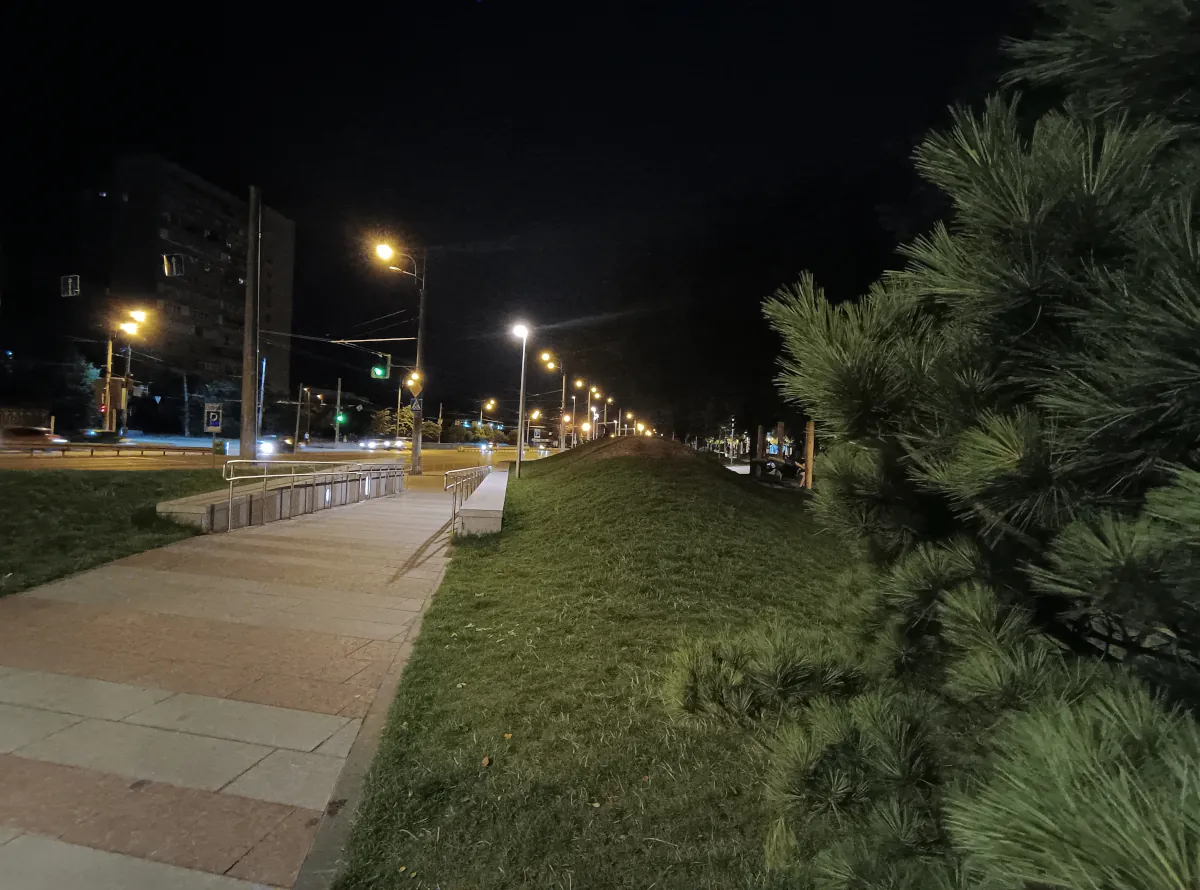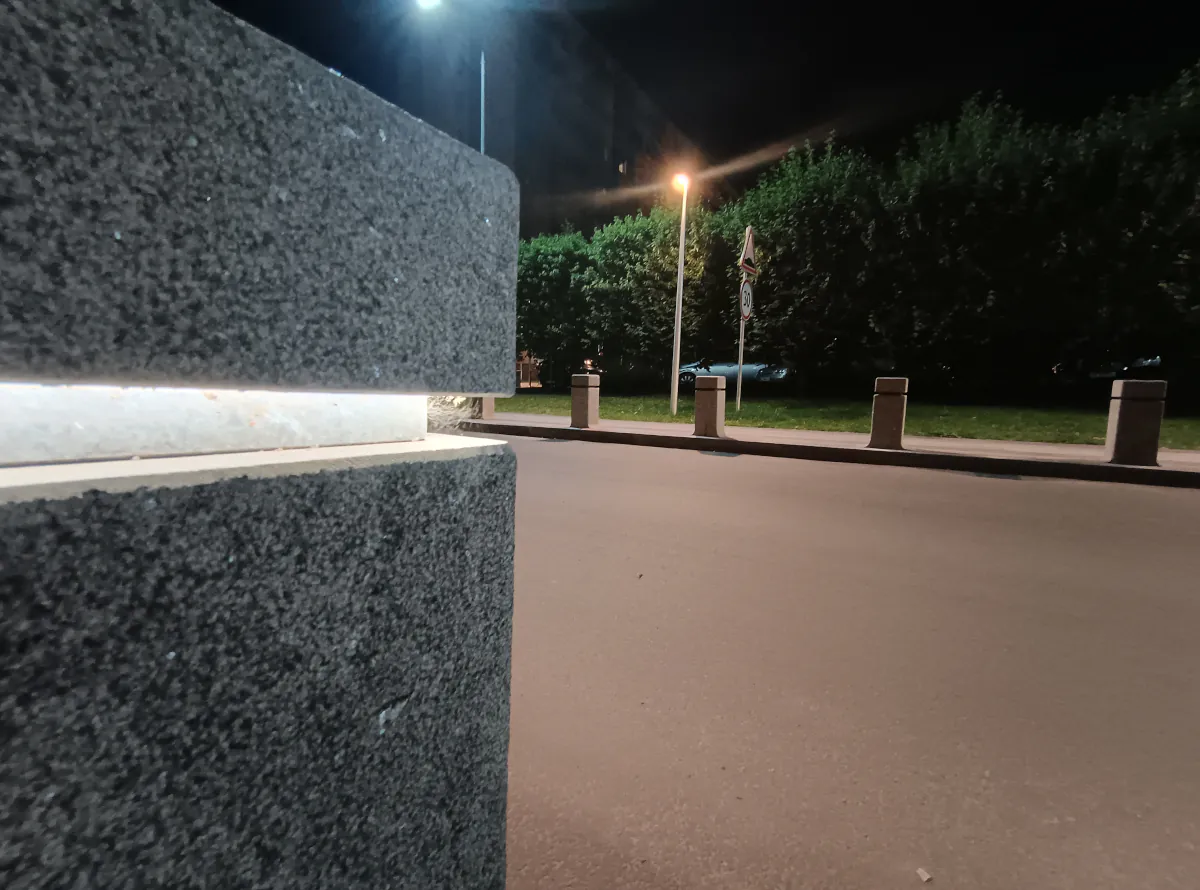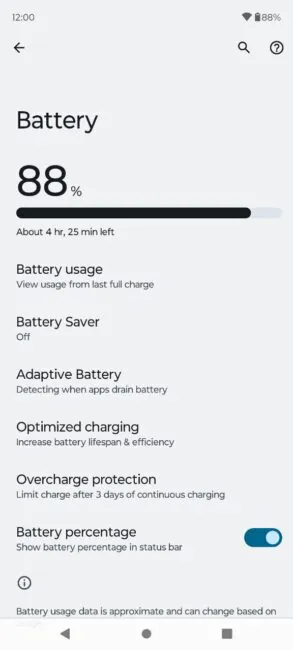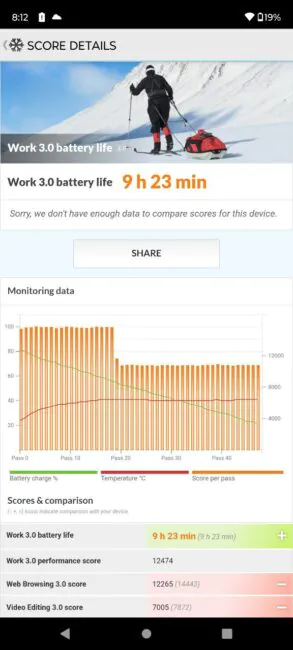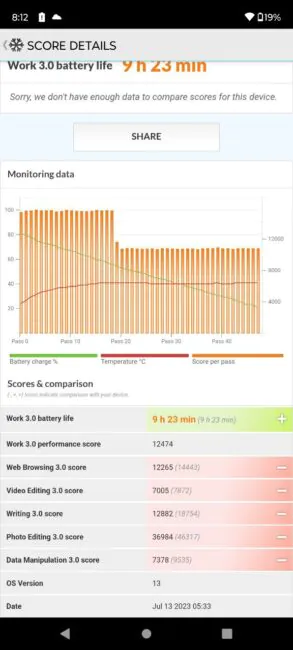© ROOT-NATION.com - Use of content is permitted with a backlink.
Recently we got acquainted in detail with the higher version of Motorola Edge 40 – Edge 40 Pro, and today it’s time to talk about its, so to speak, basic modification. Let’s start with the fact that the price “gap” between these two devices is more than 2 times. If the Pro-version costs about $868, which is already closer to flagships, the regular Edge 40 can be purchased from $395. From the ceiling price tags do not “draw”, so such figures are due to certain differences in the devices themselves. And it becomes clear that the basic Edge 40 did not do without certain compromises. I propose to deal with them within the framework of this review.
Read also:
- Motorola Edge 40 Pro review: Moto in the game
- Motorola Edge 30 Fusion review: “flagship killer” or is it too loud?
Motorola Edge 40 Specifications
- Display: OLED, 6.55″, 2400×1080, 402 ppi, 144Hz, HDR10+, 20:9 aspect ratio, DCI-P3 coverage, 92.7% display-to-body ratio
- Processor: MediaTek Dimensity 8020, 8 cores, 4×Cortex-A55 (2.0GHz) + 4×Cortex-A78 (2.6GHz), 6nm
- GPU: ARM Mali-G77 MC9
- Permanent memory: 256GB, UFS 3.1
- RAM: 8GB, LPDDR4x
- Memory card support: no
- SIM card type: nanoSIM + e-SIM
- Wireless networks: Wi-Fi 6, Bluetooth 5.2, NFC, GPS, Galileo, GLONASS
- Main camera: 50MP (f/1.4, 1/1.5″, 2.0 µm) master module, 13MP (f/2.2, 120°) OIS wide-angle, 4K UHD (30 fps), Full HD (60 fps) video shooting
- Front camera: 32 MP, f/2.4, 4K video shooting (30 fps), Full HD (30 fps)
- Battery: 4400 mAh, Motorola TurboPower 68W fast charging, 15W wireless charging support
- OS: pure Android 13
- Dimensions: 158.43×71.99×7.49 mm
- Weight: 167 g
- Extras: IP68 dust and water protection, faux leather case, stereo speakers
- Colour: Eclipse Black, Lunar Blue, Nebula Green, Viva Magenta
Price and positioning
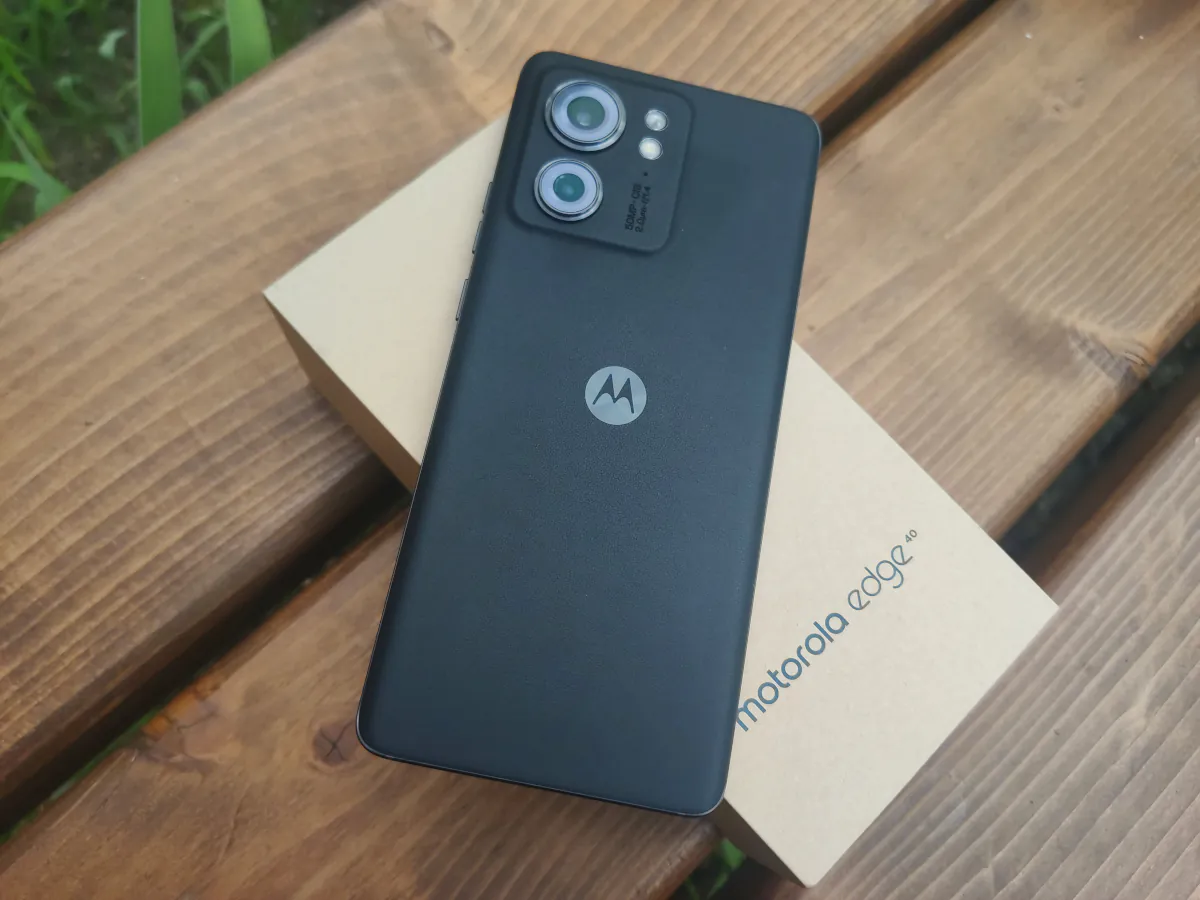
So, the official price tag for the smartphone in Ukraine is about $395. This means that Motorola Edge 40 can be perceived as a mid-level device. Nevertheless, its involvement in the top line hints at the fact that it got some purely flagship features. Which ones, let’s determine together.
Package contents
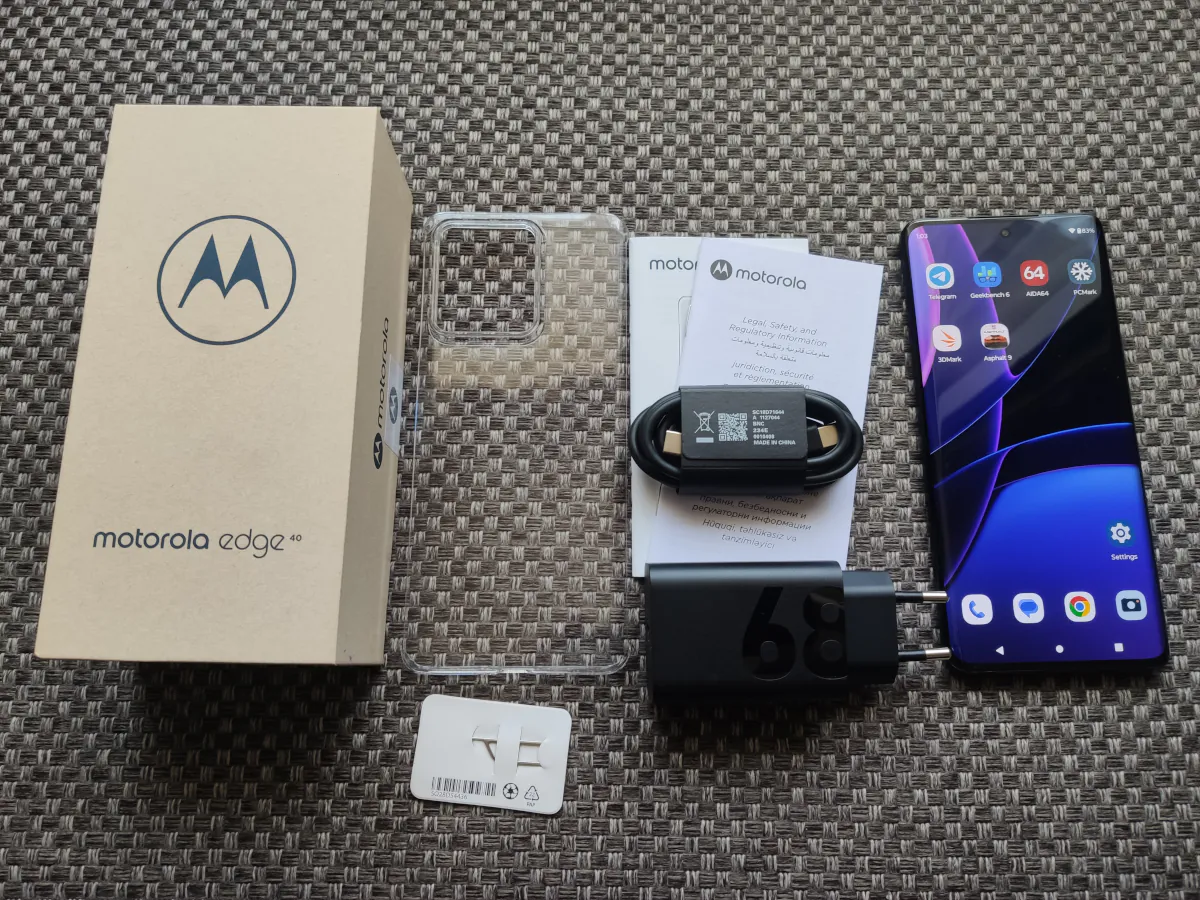
A brand new smartphone arrived for inspection with a complete set inside and all protective seals. I love the feeling when you open the box with a brand new device…. From the start I was pleasantly surprised by the packaging, because it is made of kraft cardboard – completely environmentally friendly and plastic-free. Inside there is nothing plastic either, all polythene is replaced by cardboard and paper, and even the ink is soya ink. And there’s an equally nice bonus here in the form of fragrance, just like with the Motorola Edge 40 Pro. As far as I’m concerned, the perfumed composition has been chosen quite well. The smell reminded me of something in the style of men’s Azarro Wanted: something woody and piney and a bit powdery. Personally, I adore such a direction in perfumery, so this fragrance is to my heart’s content.
But I suggest to finish with aromatherapy and see what’s interesting in the box. Naturally, here is the smartphone itself, as well as the accompanying documentation, a paper clip for the SIM tray, a 68W charger, a Type-C to Type-C cable and a transparent plastic case.
To me, the Motorola Edge 40 is not the kind of device you want to hide in cases, but let’s take a closer look at the bumper. It is made of flexible plastic and covers everything you need on the side edges. Yes, it does not really spoil the appearance of the smartphone, because the “sides” are open, but its ability to reliably protect the device I have questions. Anyway, it’s not bad when a case is provided in the kit. For the first time it should be enough, well, and later you can choose a more convenient option yourself.
Read also:
- Motorola Moto Buds 105 review: decent basic TWS headphones
- Motorola Edge 30 Ultra Review: Can Moto Make Flagships?
Motorola Edge 40 design and materials
Design is probably one of the main features of Edge 40. The device can be called sleek, because with dimensions of 158.43×71.99×7.49 mm it weighs only 167 g. Compared to the last generation, the design is just heaven and earth. Edge 40 is a thin and light smartphone with an aspect ratio of 20:9 and a “flowing” on the edges of the screen, which makes it look more interesting and seems much more expensive than its real price. But it’s not just the format or the rounding of the screen that contributes to this, but also the materials.
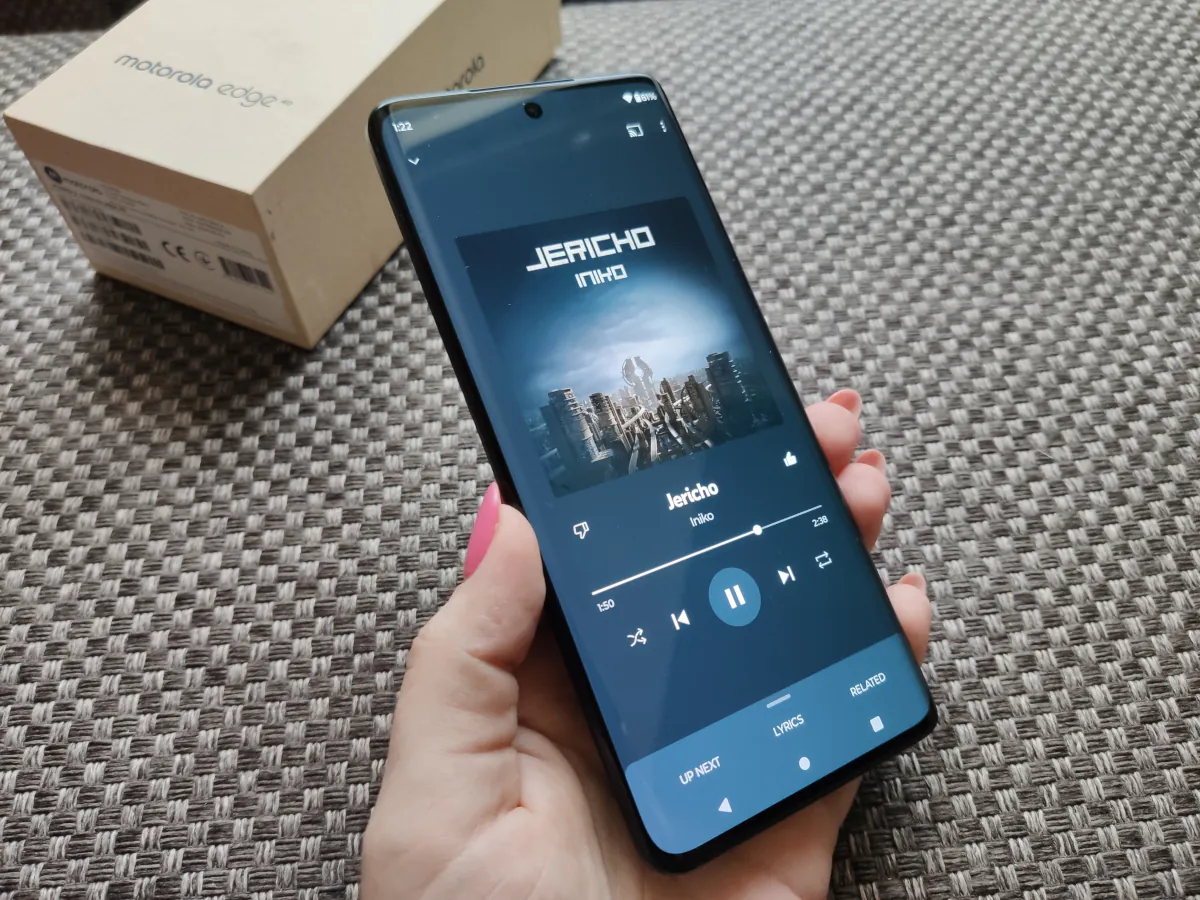
So, at the front here we have 3D glass with oleophobic coating and a 56° curve. The frames are made of aluminium and sandblasted, which gives them a matte and slightly velvety texture. And the case cover can be made of matt acrylic or eco-leather. And we were lucky enough to get the latter, the most intriguing, in my opinion, variant for review. The backrest is fully covered with faux leather, including the camera unit, which rises slightly above the body. All joints are perfect, the “step” of the camera module is even on all sides – a perfectionist’s paradise. The case is very pleasant to the touch, you constantly want to feel it or twist it in your hands. That’s why the case, as far as I am concerned, is an unnecessary element here. In terms of materials and build quality, it is simply 11 out of 10.
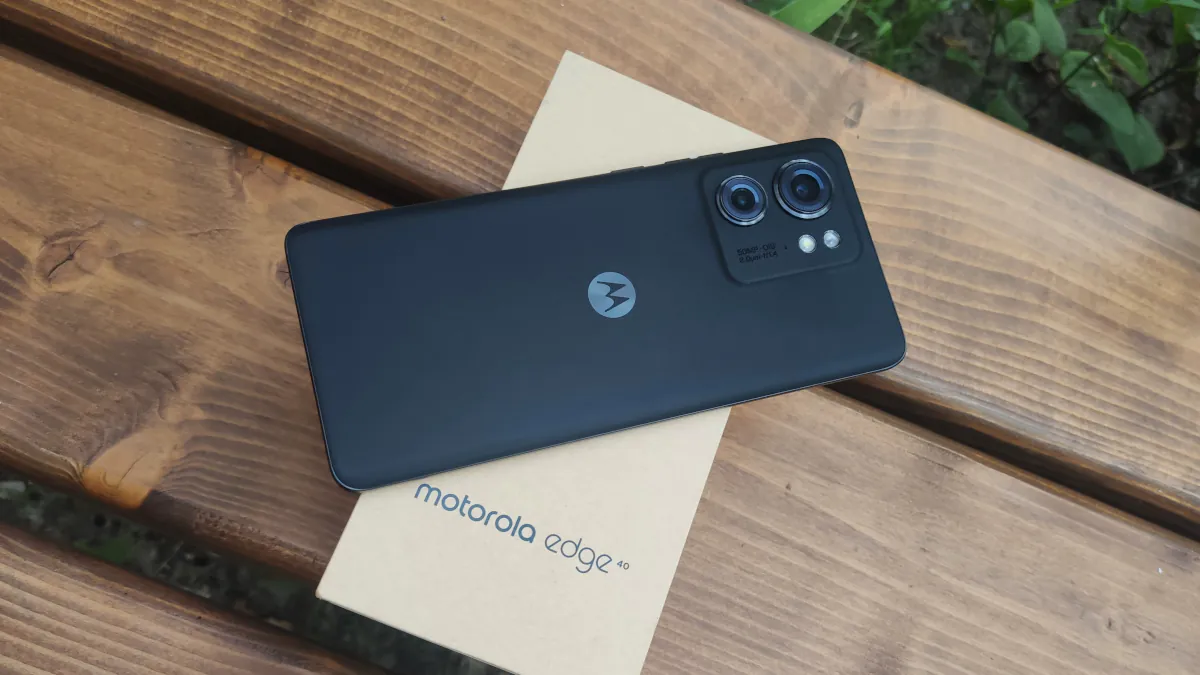
If we take a closer look at the design of the device, we can also see a slight glint of the brand logo in the centre at the back and a camera unit consisting of two rather massive modules and a dual flash on the side. It’s also embossed with the key camera specs – 50MP, OIS, 2.0 µm, f/1.4. The cameras are heavily elevated above the body, so the device wobbles quite noticeably when placed on a table.
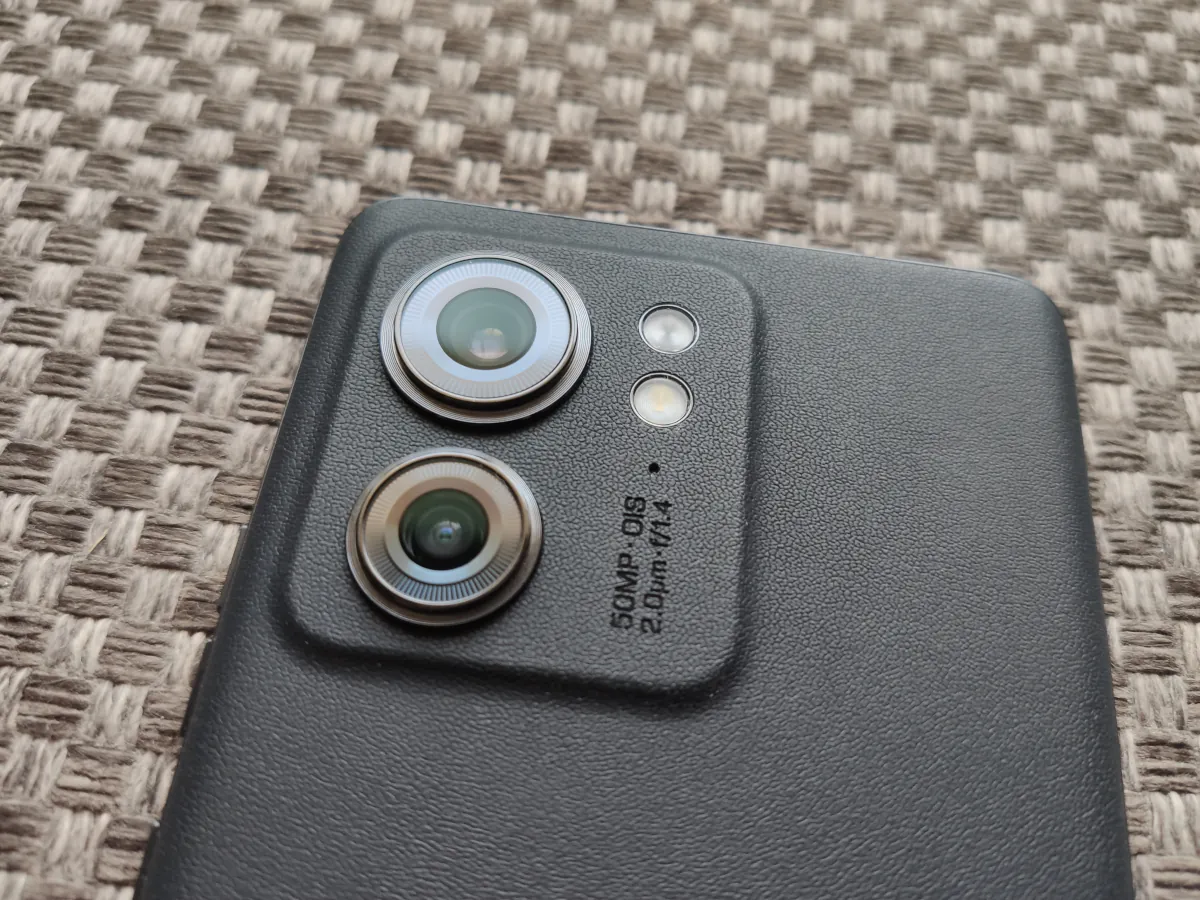
Turning the smartphone over, we see an elongated 6.55-inch screen with neat bezels around it. Thanks to the rounded glass, the side bezels are almost invisible. The top and bottom are quite thin and do not draw attention to themselves, because the display occupies 92.7% of the front panel. At the junction of the screen and the top end is traditionally placed a hole for the speaker, and the camera for selfies placed in a neat “island”.

Another important feature is the protection according to the “flagship” IP68 standard. Considering the price and positioning of the smartphone, this is very cool.
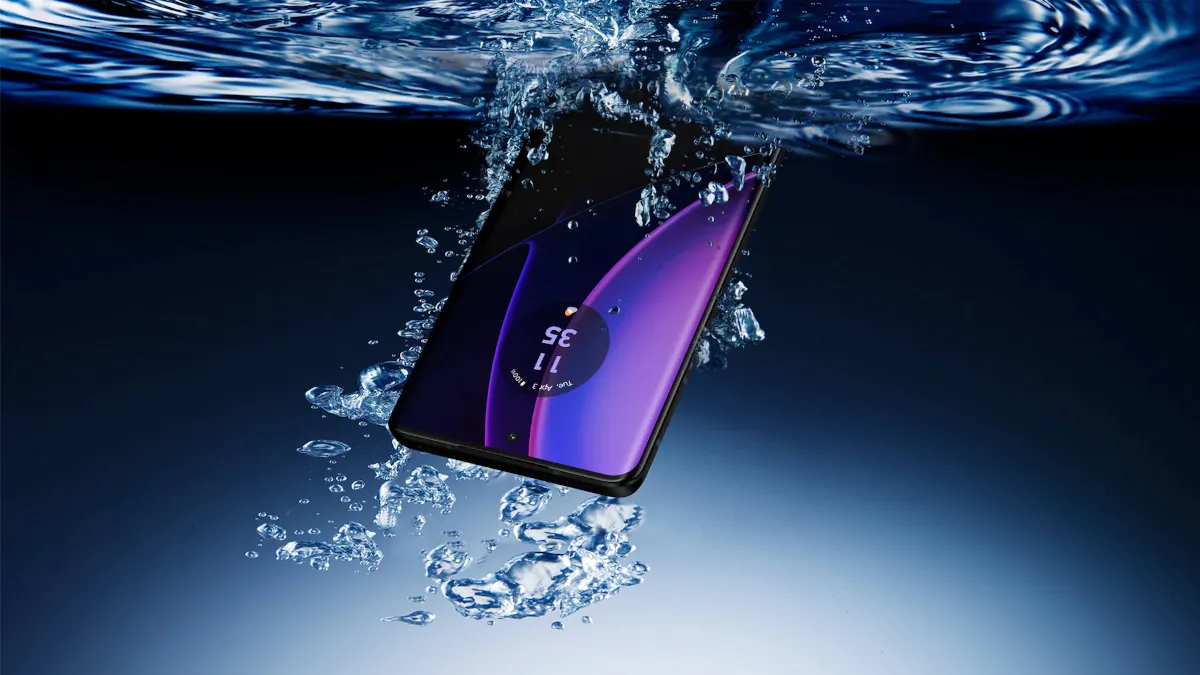
Element layout and ergonomics
Let’s see what we have here. The left side was left without attention, there is nothing there except plastic inserts for antennas. On the right side there are power and volume buttons. They have the same pleasant and clear stroke as in ThinkPhone, which we have recently reviewed.
On the top you can see only the hole for one of the microphones, the inscription “Dolby Atmos” and the mark of compliance with technical regulations. Other important elements are placed at the bottom. Here we have a Type-C power connector, a SIM card slot, the main speaker and a hole for another microphone. At the bottom you can also see the technical markings – they decided not to spoil the “leather” case, for which Motorola is very grateful. But there is no 3.5 mm jack.
As for ergonomics, everything is perfect. It has a good balance of weight, size and aspect ratio, so the smartphone fits in your hand like a native. Tactilely, the device feels more compact than it really is – this is facilitated by the rounded ends of the display. Thanks to the “leather” backrest, the device does not try to slip out and holds perfectly. But I still have comments on the placement of the fingerprint scanner – it is located rather low and I would like to raise it a bit to make unlocking more convenient.
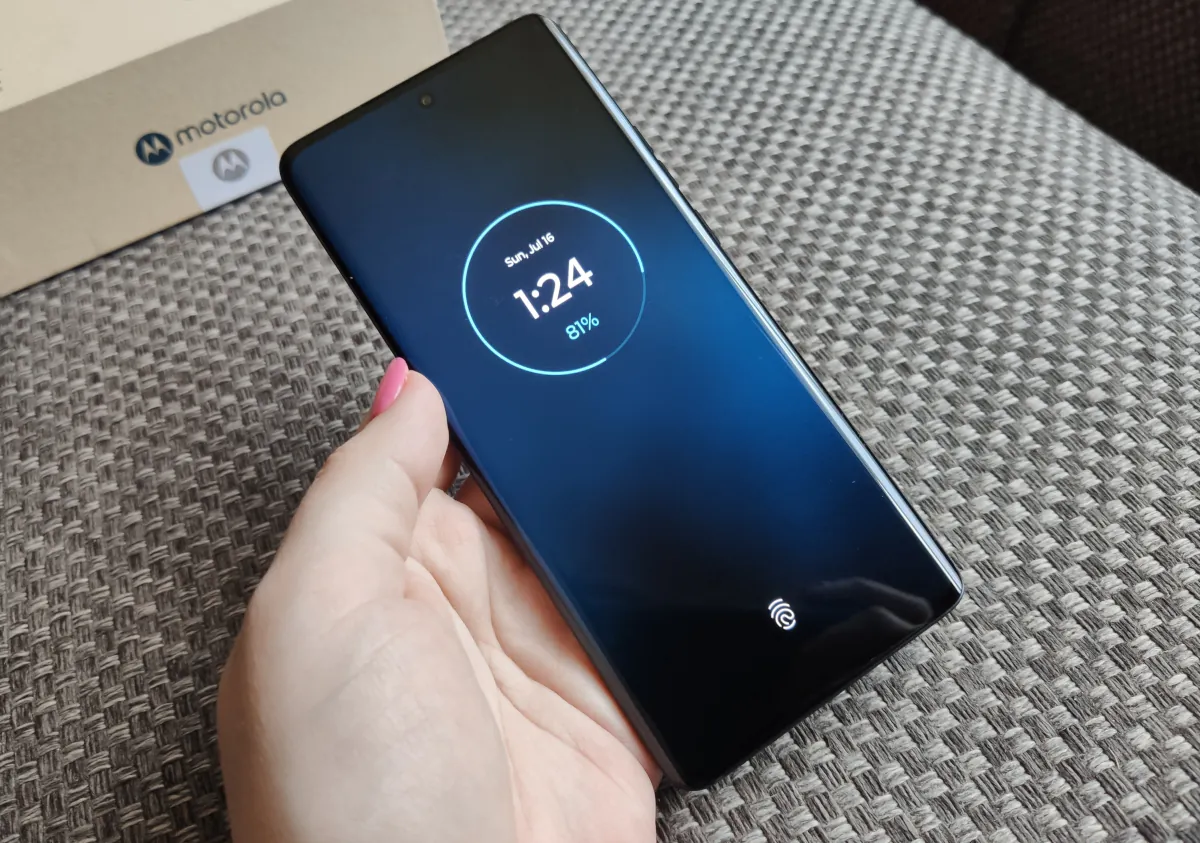
Read also:
- Motorola Moto G72 Review: Once Again a Strong Midranger!
- Motorola Edge 30 Neo Review: Beautiful Toy With Wireless Charging
Motorola Edge 40 Display
 The smartphone boasts a 6.55-inch OLED matrix (it is only 0.12 inches smaller than the Edge 40 Pro) with a resolution of 2400×1080, 402 ppi and a refresh rate of 144 Hz. HDR10+ support and DCI-P3 colour space coverage are not lacking here. The screen is truly remarkable and perfectly adapted to any type of content. Video, text, social media, apps – it’s a pleasure to work with anything on it. The display has maximum viewing angles, high brightness and excellent contrast, because it’s OLED.
The smartphone boasts a 6.55-inch OLED matrix (it is only 0.12 inches smaller than the Edge 40 Pro) with a resolution of 2400×1080, 402 ppi and a refresh rate of 144 Hz. HDR10+ support and DCI-P3 colour space coverage are not lacking here. The screen is truly remarkable and perfectly adapted to any type of content. Video, text, social media, apps – it’s a pleasure to work with anything on it. The display has maximum viewing angles, high brightness and excellent contrast, because it’s OLED.
The settings have everything you need to customise the image: auto brightness, night mode, dark theme, colour modes (“Bright” or “Natural”) and temperature adjustment for each. Refresh rate modes are also provided: 60 Hz, 120 Hz, 144 Hz and an automatic one that allows you to balance between interface smoothness and autonomy.
Performance and wireless connectivity
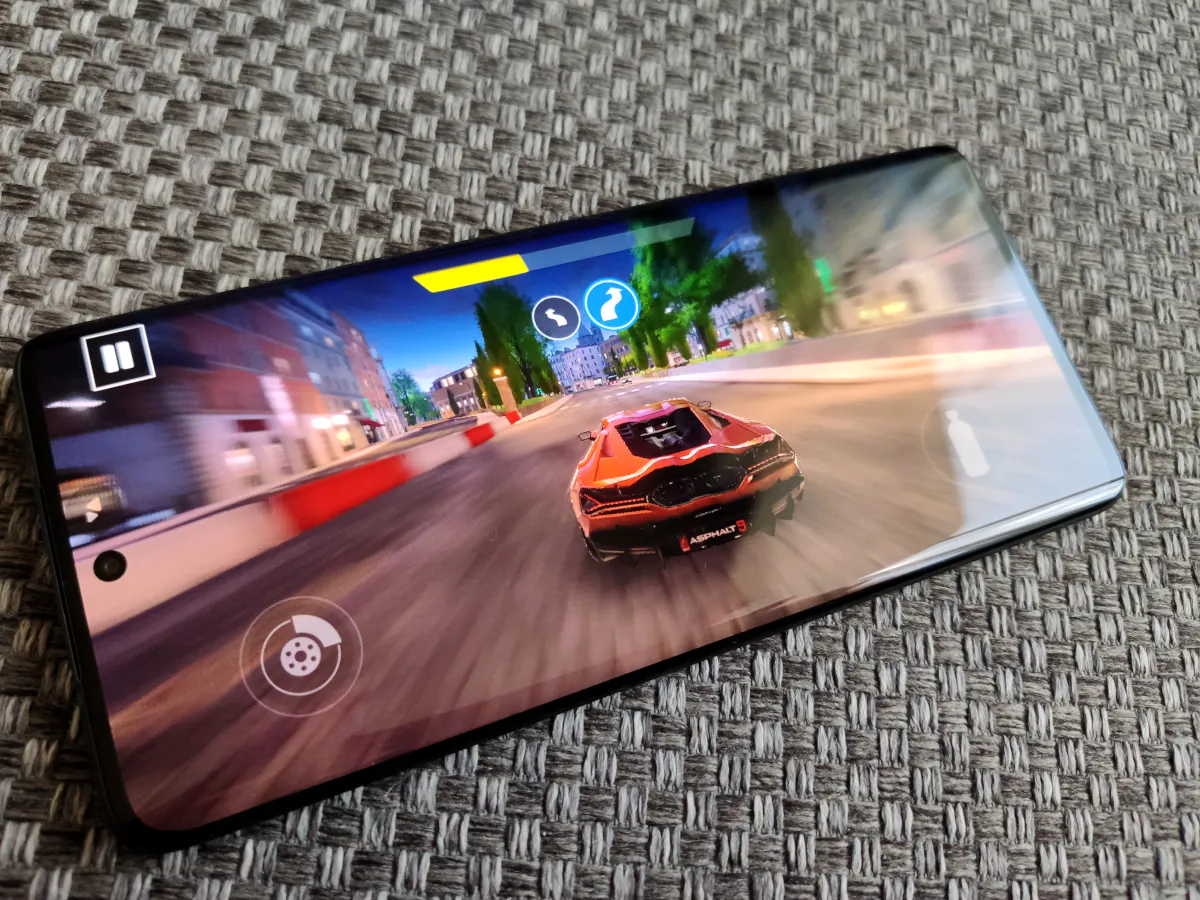
The driving force behind the Motorola Edge 40 is the freshly released (released in April 2023) 8-core MediaTek Dimensity 8020 processor, made using 6nm process technology. Among the 8 cores, one half is Cortex-A78 with clock speeds up to 2.6 GHz and the other, energy efficient, is Cortex-A55 with clock speeds up to 2.0 GHz. Graphics are processed by ARM Mali-G77 MC9, and the modification in terms of memory capacity is the only one – 8 GB of RAM (LPDDR5) and 256 GB (UFS 3.1) of permanent memory. Memory cards are not supported. The slot here is generally single, but, thanks to eSIM support, you can work with two numbers on this smartphone.
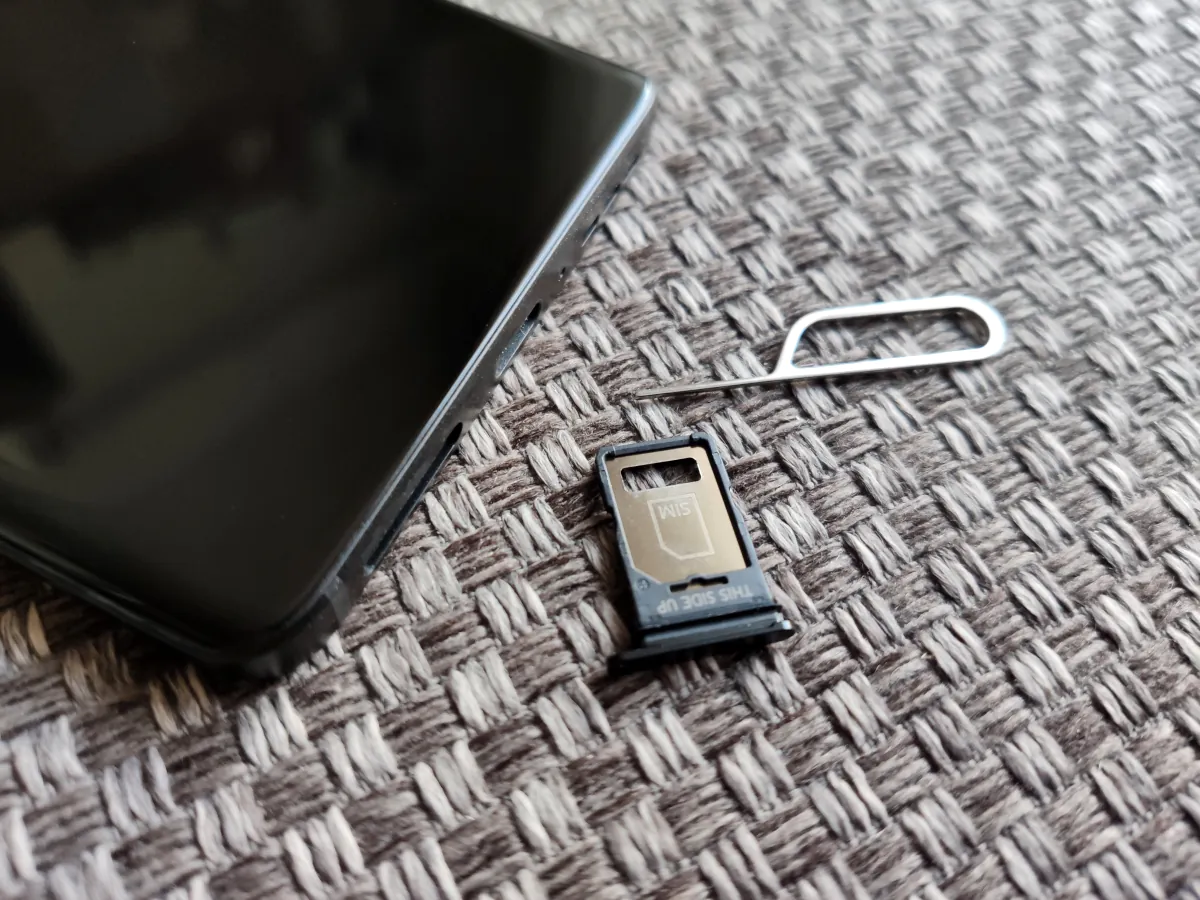
As for wireless connectivity, we have Wi-Fi 6, Bluetooth 5.2 and NFC, plus a stack of geopositioning services (GPS, A-GPS, Galileo, GLONASS).
This is where we come close to the main difference between the Edge 40 and the Edge 40 Pro. While the latter has a top-of-the-line Snapdragon 8 gen 2 and 12GB of RAM, here we have a newer but still mid-tier chipset and a third less RAM. And also in the base model there is no function to expand RAM at the expense of permanent memory (in the Pro version you can do 12+3 GB). In my opinion, 15 GB of RAM is a little too much for a non-gaming smartphone, but the option is quite nice.What do we have in terms of performance? Motorola Edge 40 shows itself to be a very fast device and confidently copes with multitasking, voracious applications, benchmarks, mobile games. In the latter case, it does not boast record-breaking performance, but most of the toys on it will “fly”, and in more demanding ones you will have to reduce the quality of graphics. Nevertheless, the performance here is enough for most tasks that a modern user may need. And below you can read the figures from “synthetics” and not only.
Read also:
- Motorola Moto G32 review: Balanced and affordable
- Motorola Moto Edge 30 Pro review: is it really a flagship?
Software
 The Edge 40 is powered by the “pure” Android 13 with the addition of branded Moto-features. Gestures familiar to us from other devices of the brand are in place – split screen, track switching with volume buttons, switching on the camera by double rotation of the smartphone, opening applications by double tap on the back cover and a lot of other goodies. There are also a lot of settings to personalise the interface: you can set colours, themes, icon shapes, sidebar backlight colours, select fonts, set effects for the lock screen or desktop and everything in that vein. And then there’s Ready For, Touch Assistant, Game Mode, Family Space, and ThinkShield and Moto Secure. And all this without any unnecessary software that loads up your device and interferes with normal operation.
The Edge 40 is powered by the “pure” Android 13 with the addition of branded Moto-features. Gestures familiar to us from other devices of the brand are in place – split screen, track switching with volume buttons, switching on the camera by double rotation of the smartphone, opening applications by double tap on the back cover and a lot of other goodies. There are also a lot of settings to personalise the interface: you can set colours, themes, icon shapes, sidebar backlight colours, select fonts, set effects for the lock screen or desktop and everything in that vein. And then there’s Ready For, Touch Assistant, Game Mode, Family Space, and ThinkShield and Moto Secure. And all this without any unnecessary software that loads up your device and interferes with normal operation.
Unlocking methods
 The smartphone uses a typical tandem of a fingerprint sensor and a face scanner. The first one is optical and is located on the screen itself. The quality of the fingerprint scanner is top-notch – lightning fast unlocking as soon as you touch the “circle” at the bottom of the display. It works very quickly, during the testing there was not a single error or defective triggering. But its location, as far as I’m concerned, is not the most successful. I talked about it in the ThinkPhone review, and I’m still talking about it now – it would be great if it were placed higher. Maybe it’s a technical issue, or maybe it’s just the way Motorola sees the design of their devices (maybe the low position of the scanner looks more aesthetically pleasing), but I’d like to unlock the smartphone a bit more conveniently.
The smartphone uses a typical tandem of a fingerprint sensor and a face scanner. The first one is optical and is located on the screen itself. The quality of the fingerprint scanner is top-notch – lightning fast unlocking as soon as you touch the “circle” at the bottom of the display. It works very quickly, during the testing there was not a single error or defective triggering. But its location, as far as I’m concerned, is not the most successful. I talked about it in the ThinkPhone review, and I’m still talking about it now – it would be great if it were placed higher. Maybe it’s a technical issue, or maybe it’s just the way Motorola sees the design of their devices (maybe the low position of the scanner looks more aesthetically pleasing), but I’d like to unlock the smartphone a bit more conveniently.
As for the face scanner, there are no questions to it at all. It is quite sensitive, so even in semi-darkness it copes with unlocking perfectly and quickly.
Sound
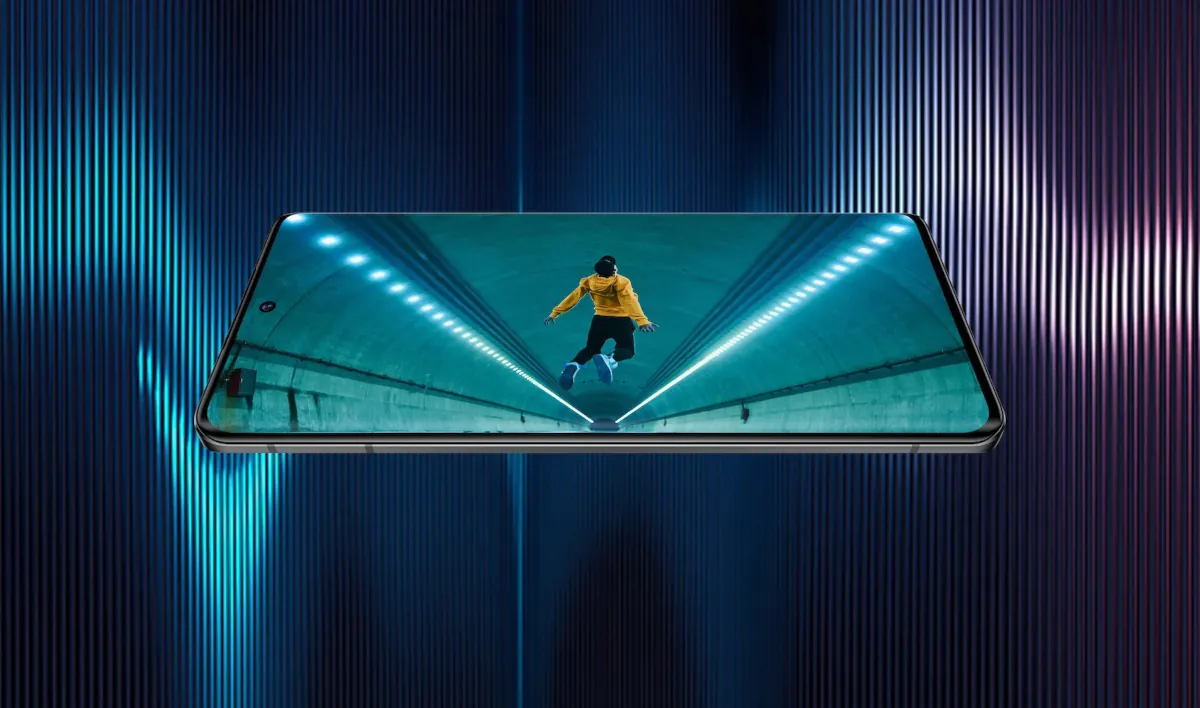 The Motorola Edge 40 claims to support Dolby Atmos and stereo sound, which is provided by the main speaker and the conversation speaker. It should be noted that it is amazing in its quality. Let me start with the fact that there is no bias towards the lower speaker – the conversation speaker matches it, so the stereo in the smartphone feels balanced and even.
The Motorola Edge 40 claims to support Dolby Atmos and stereo sound, which is provided by the main speaker and the conversation speaker. It should be noted that it is amazing in its quality. Let me start with the fact that there is no bias towards the lower speaker – the conversation speaker matches it, so the stereo in the smartphone feels balanced and even.
As for the case of using external sound, in my opinion, it is universal and can be used for anything – gaming, watching videos and even listening to music. Yes, the speakers in the smartphone won’t replace, for example, a Bluetooth speaker or good headphones, but if you need background music, Motorola Edge 40 will cope with it perfectly. The sound is balanced, clean and clear, at high volume there is no rattling or other unpleasant “bonuses”, and its level is enough with a head. By the way, regarding headphones, the smartphone has no connector for wired headsets, so Bluetooth models or TWS will help you. As a last resort – an adapter from Type-C to 3.5 mm, if this option satisfies you.
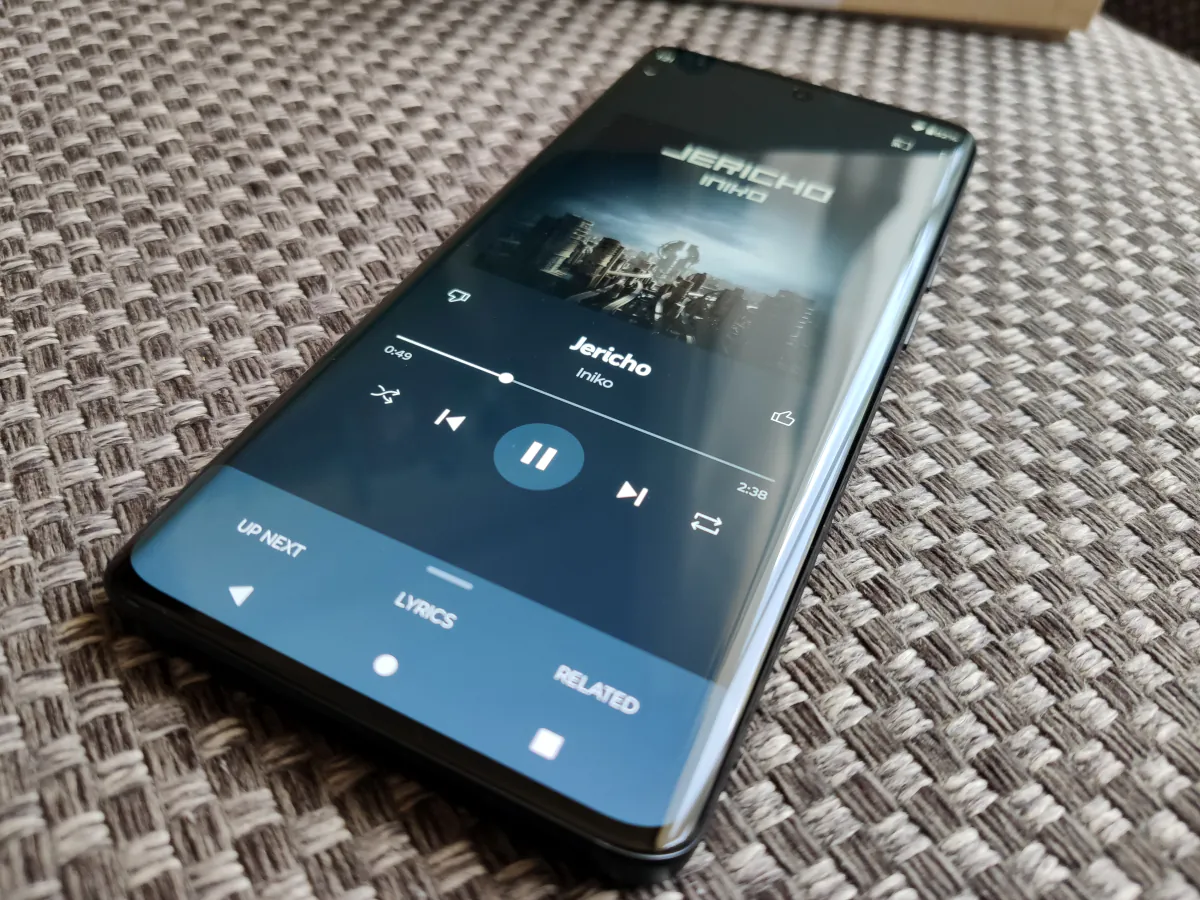
Read also: Motorola Moto G60 review: Budget phone with 6000 mAh and 120 Hz!
Motorola Edge 40 Cameras
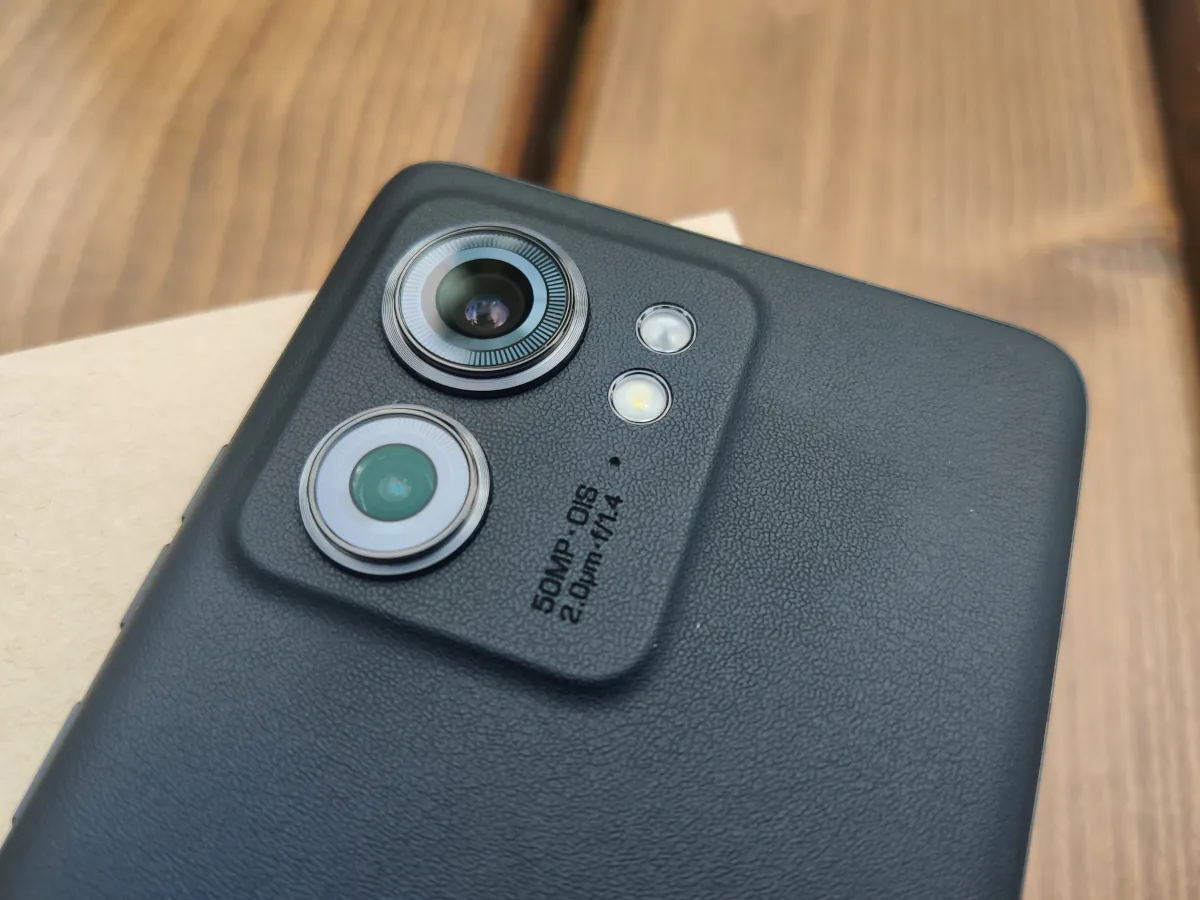
The Motorola Edge 40’s rear camera consists of two modules – a 50MP main camera with OIS, f/1.4, 1/1.5″ and a pixel size of 2.0 µm (video is shot in 4K UHD at 30 fps or Full HD at 60 fps), and a 13MP wide-angle with f/2.2 light sensitivity and 120° viewing angle. As always, the smartphone uses Quad Pixel, so the real resolution is 12.5MP. You can, of course, shoot at all 50 MP, but it is difficult to see the difference, except for the “weight” of the images. By the way, the Edge 40 Pro camera set consists of a 50MP main camera, a 50MP wide-angle module and a 13MP telephoto lens, which is another important difference between the two models.
The camera’s native app provides the following modes:
- for pictures – “Photo”, “Portrait”, “Pro”, “Panorama”, “Night Shot”, “Plush Colour”, “50MP”, “Document Scanner”;
- for clips – “Video”, “Slow motion” (120 fps FHD, 240 fps HD), “Speed up”, “Dual-camera”, “Splash Colour”.
To be honest, the Motorola Edge 40’s camera quality is quite nice. To me, it’s no worse than the ThinkPhone’s camera, and in some places I thought it was even better. Considering the price difference (ThinkPhone is business class and costs over $1000), this is a very tasty bonus.
Let’s start with the main sensor. During the day, the photos are clear, juicy, detailed, with pleasant contrast and colour saturation. At night, however, everything is not so rosy – not much clarity and detail, textures are blurred, although the camera tries to “pull out” the light well. In this case, the AI mode “Night Mode” saves. It will “paint” details on the photo, make it sharper and clearer. Yes, it’s not sporty, but it’s a great tool for quick photos in the dark.
I suggest comparing the shots after sunset. On the left – normal mode, on the right – night mode.
And here are a few more pics taken on the main module.
MOTOROLA EDGE 40 PHOTO IN ORIGINAL RESOLUTION
As for the wide-angle module, you can definitely praise it in the daytime – having a large angle of view, it captures more objects in the frame. But I won’t open America if I tell you that it won’t be of any use at night. Globally wide-angle sensors are not adapted for low-light shooting at all, but I still made some night shots for clarity. You can evaluate them yourself.
MOTOROLA EDGE 40 PHOTO IN ORIGINAL RESOLUTION
The front camera here has a resolution of 32 MP, aperture f/2.4 and can shoot videos in 4K and Full HD at 30 fps. It can be used not only for video calling, but also to take pretty decent selfies.
Battery life
The battery we have here is 4400 mAh. Charging in the smartphone is fast, Motorola TurboPower, with a power of 68W, and there is also support for wireless charging (15W). As for a mid-range device, the considerable power and wireless charging is a very nice bonus.
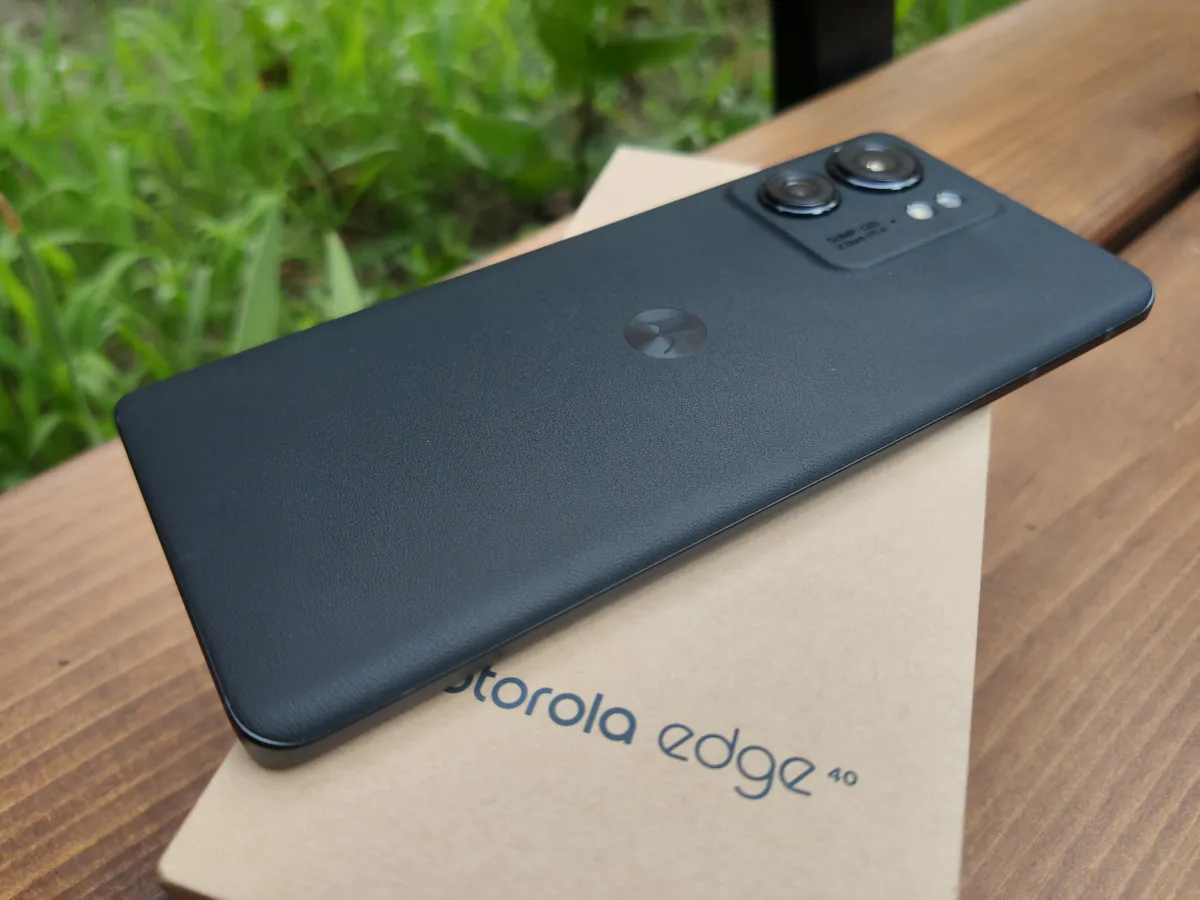 As for the autonomy, under conditions of automatic refresh rate change, brightness at 40% and a starting charge of 82% to 18%, in PCMark the smartphone showed almost 9.5 hours of work. So about 11-12 hours of active screen from a full charge the device can provide. And that’s without the power saving mode. This suggests that for a day of fairly active use, one charge is more than enough. And thanks to 68W charging, it will take about 40 minutes to top it up from 8% to 100%.
As for the autonomy, under conditions of automatic refresh rate change, brightness at 40% and a starting charge of 82% to 18%, in PCMark the smartphone showed almost 9.5 hours of work. So about 11-12 hours of active screen from a full charge the device can provide. And that’s without the power saving mode. This suggests that for a day of fairly active use, one charge is more than enough. And thanks to 68W charging, it will take about 40 minutes to top it up from 8% to 100%.
The Edge 40 Pro, on the other hand, has a charging power of 125W, and you can top up to half of the charge in 7 minutes, and there’s not only wireless charging, but also reverse charging. Nevertheless, the difference in battery capacity is negligible – 4600 mAh versus 4400 mAh.
Comparison with competitors and conclusions
The best way to evaluate this or that device is in comparison, so let’s see who is “breathing down the back” of Motorola Edge 40. One of the competitors is the realme GT Neo3. It has a slightly more powerful but also a slightly older Dimensity 8100 processor, 12GB of RAM, liquid cooling (after all, it’s a gaming smartphone), a slightly larger screen and a charging capacity of as much as 150W. But the Edge 40 loses out on design, screen refresh rate (144Hz vs 120Hz), wireless charging support and price.

I would also consider the Poco F5 as a competitor. However, apart from a more serious processor and battery capacity, it has almost nothing to cover – the fingerprint scanner is on the side (although here it is also OLED), moisture and dust protection is only IP53, and the design is not so stylish.
We should not forget about the “middlers” from South Korea. At the price is more in line with Samsung Galaxy A34 in the modification 8/256. It has Super AMOLED with a scanner on the screen (though with 120 Hz), last year’s, but slightly more powerful Dimensity 1080, a combined slot, IP67 and 5000 mAh. But the charging speed is only 25W and there’s no wireless support, and also Android 12 instead of 13th. The difference isn’t huge, but when it comes to design, the Edge 40 looks more interesting.
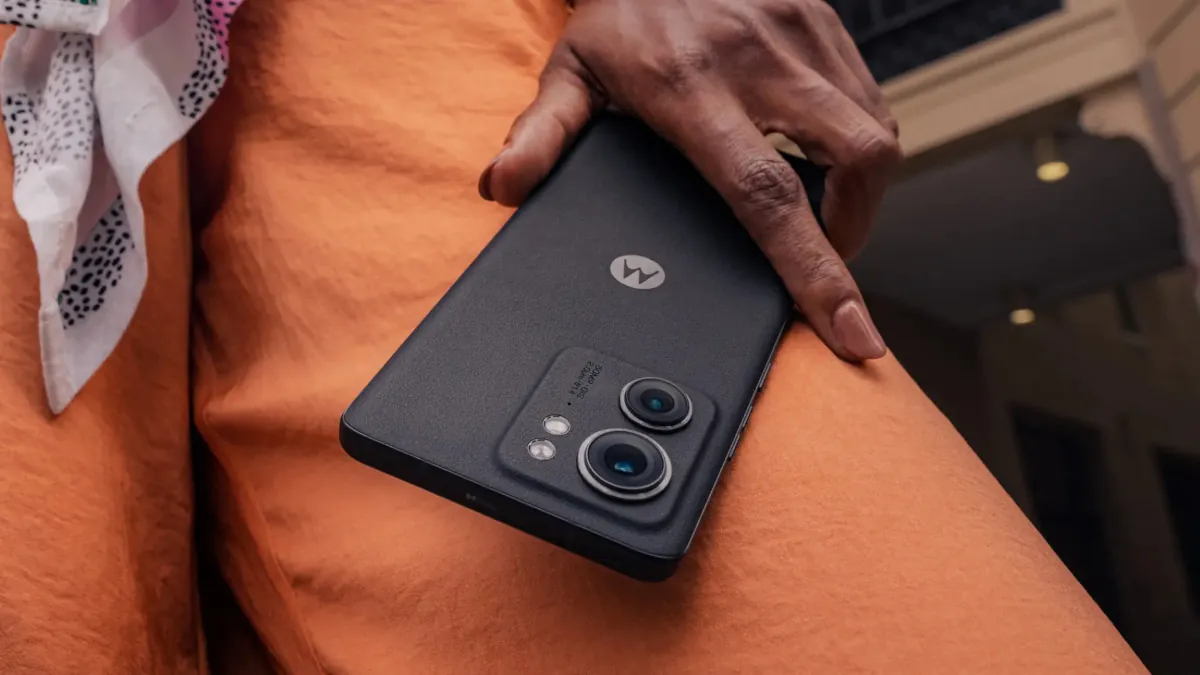
And finally, let’s summarise all the differences between the Edge 40 and its Pro version. So, the Edge 40 Pro has a top-end Qualcomm processor, 12 GB of RAM (+3 GB due to flash memory), a slot for two physical SIMs, a triple rear camera (50+50+13 megapixels), more powerful charging (125 W) and reversible charging, a flash for the front camera, a slightly larger battery, a larger screen size, and a refresh rate of 165 Hz. But the difference in price, as you remember, is more than twofold. Whether all these goodies are worth another $400 is up to everyone to decide for themselves.
But against the background of the model labelled Pro, the Edge 40 looks like a more balanced solution. For the price of a mid-tier smartphone, you get an unrivalled 144Hz OLED screen, pretty nice cameras, good performance and 8GB of RAM, clean software with Moto’s signature features, stereo sound, very cool design and IP68 protection, fast and wireless charging. As far as I’m concerned, this is one of the best investments of $395 as of today.

